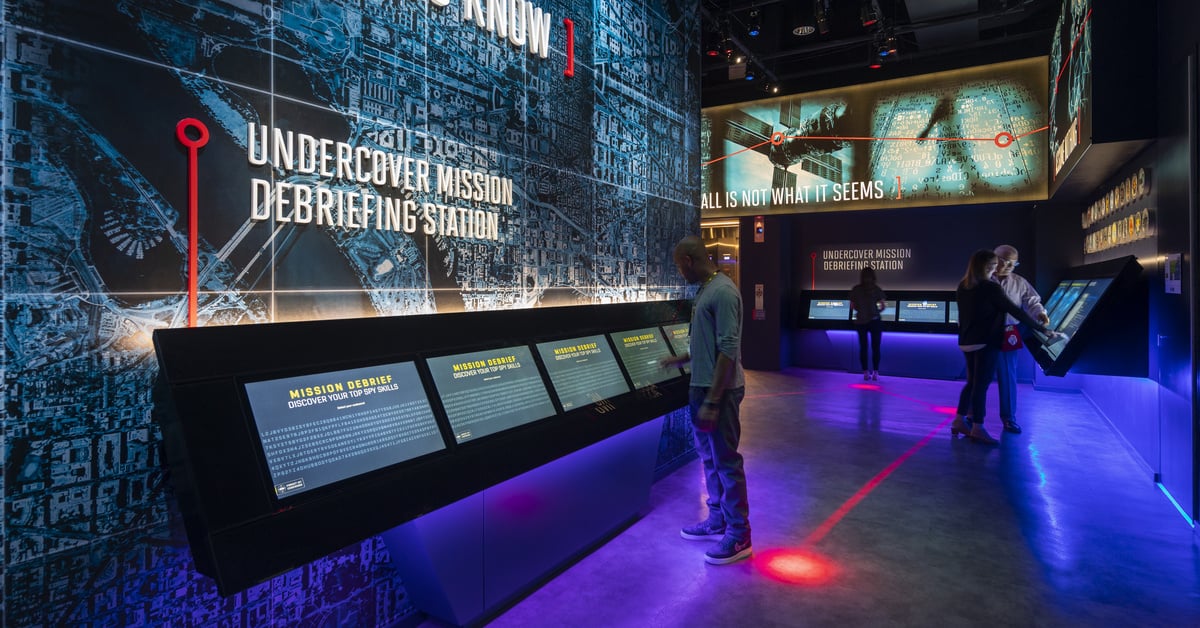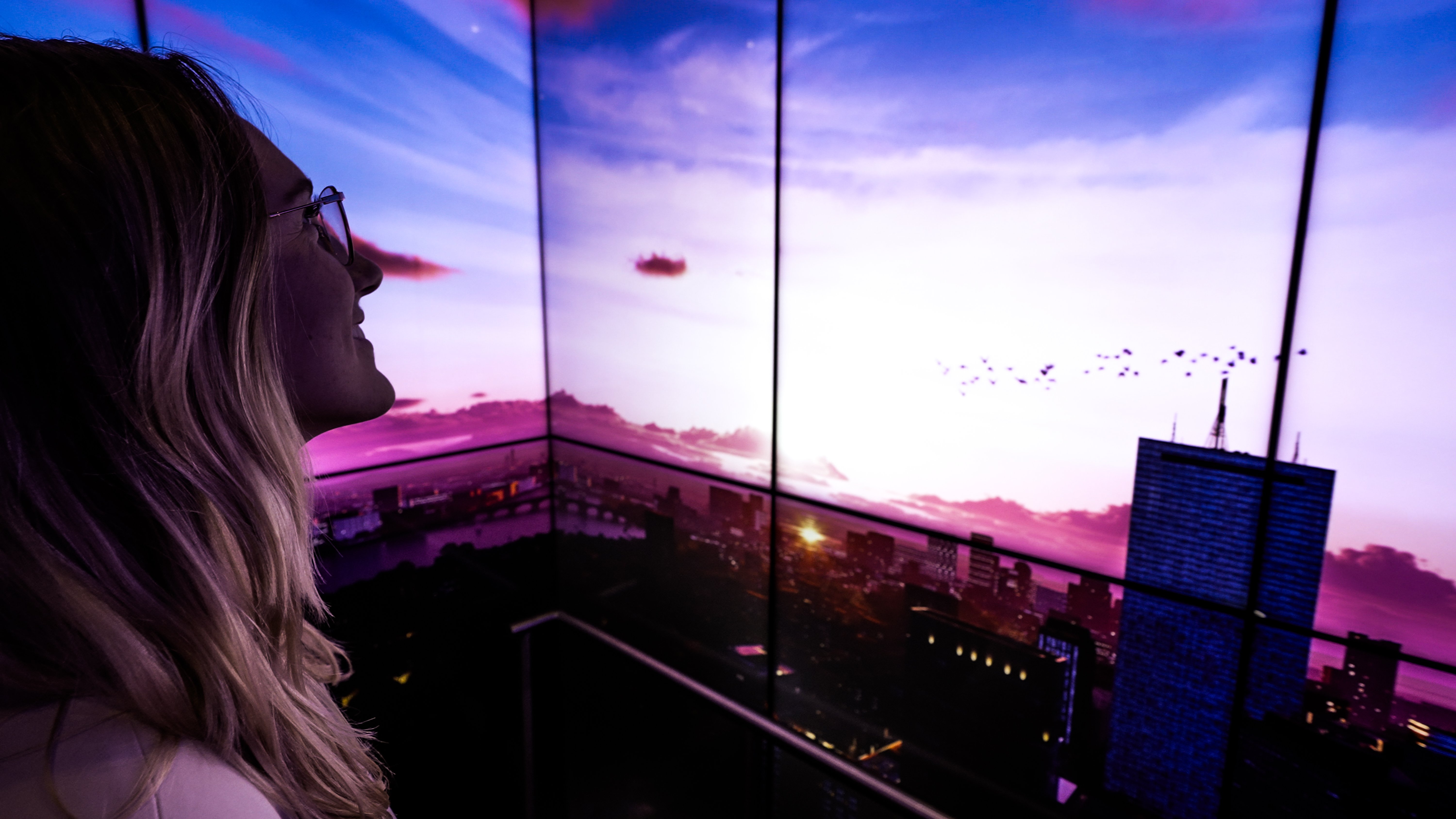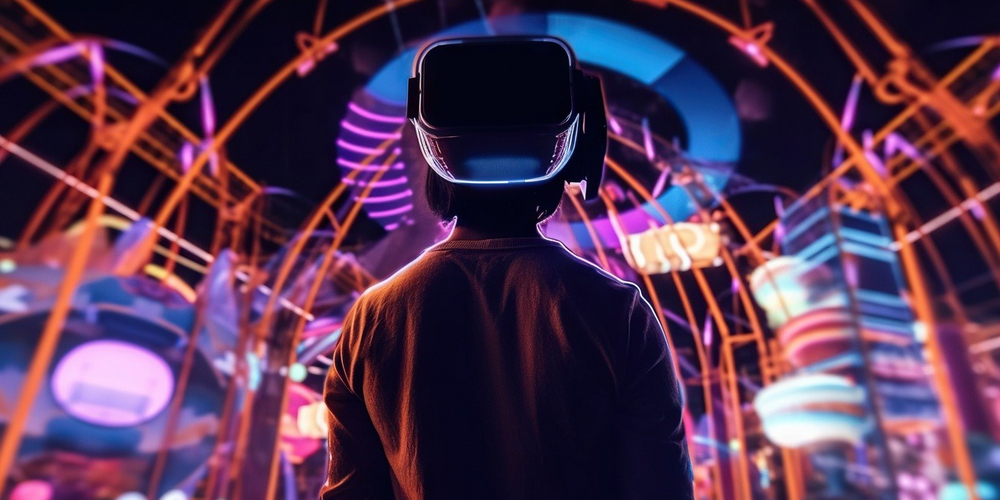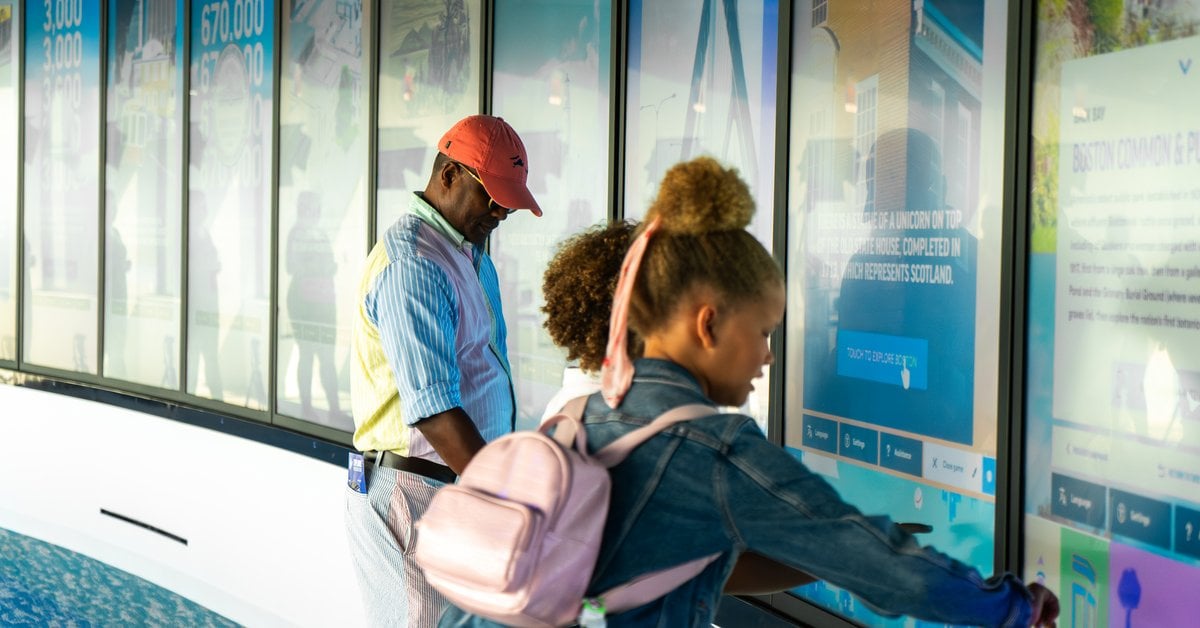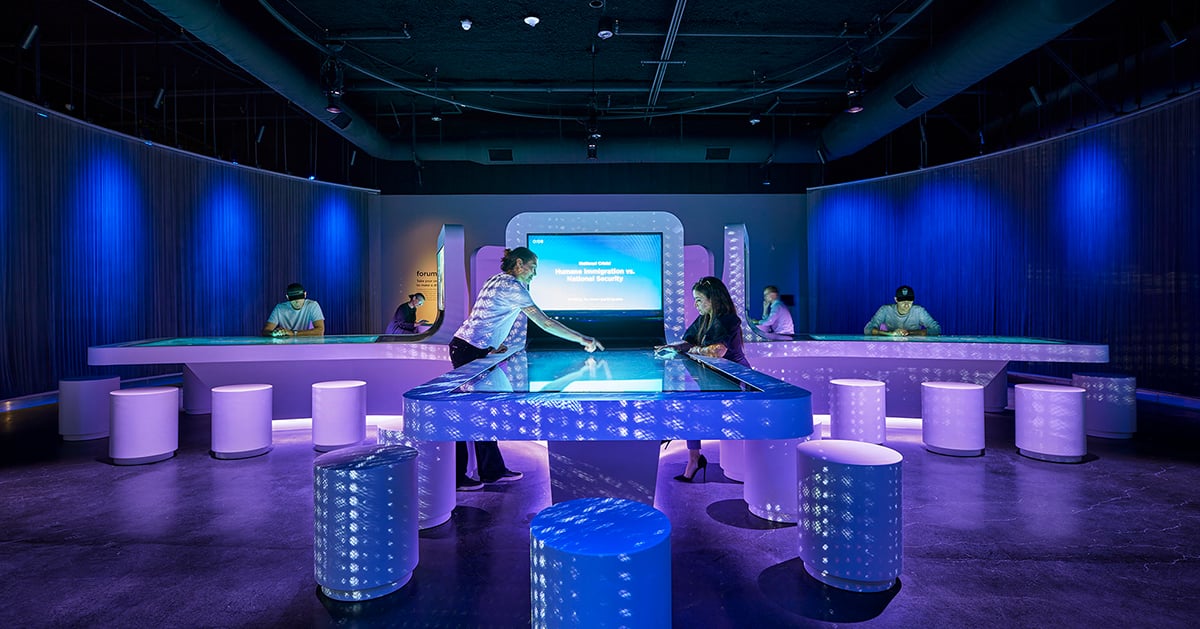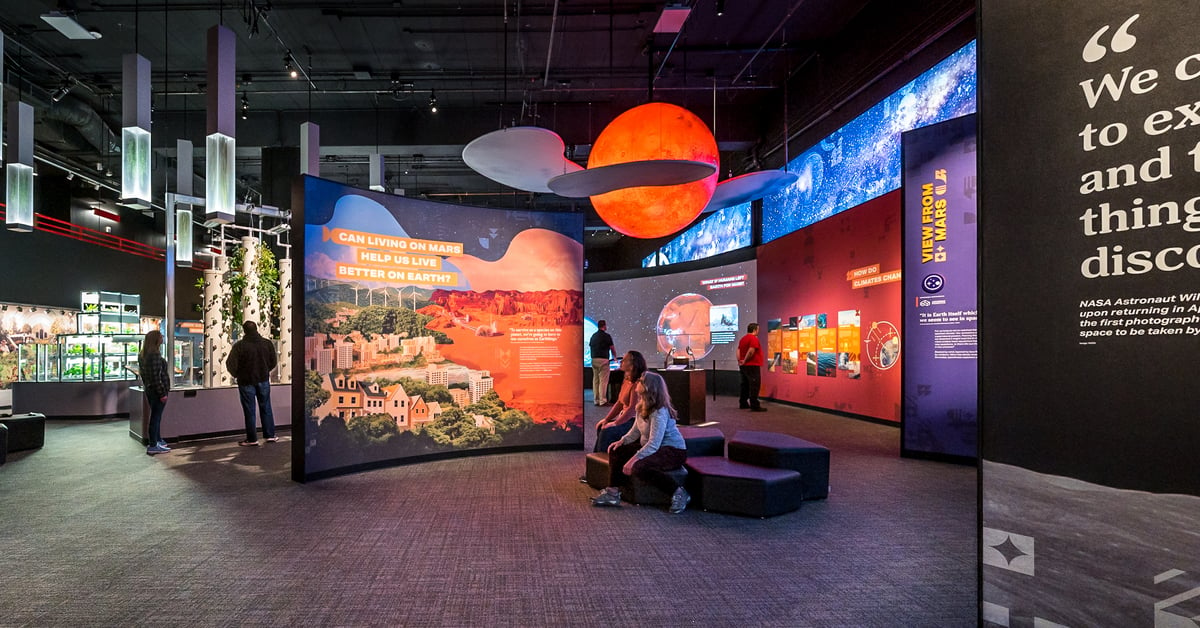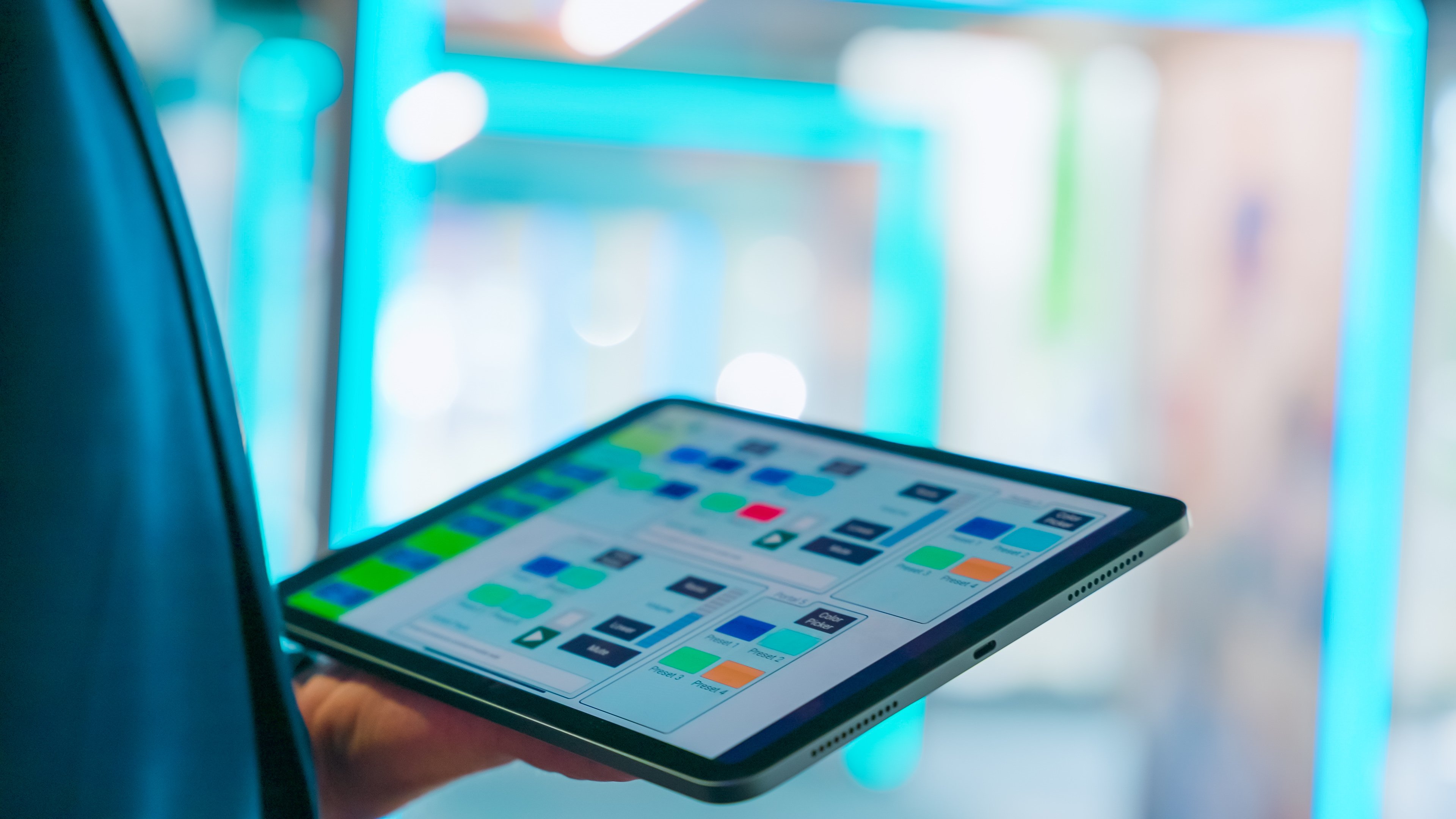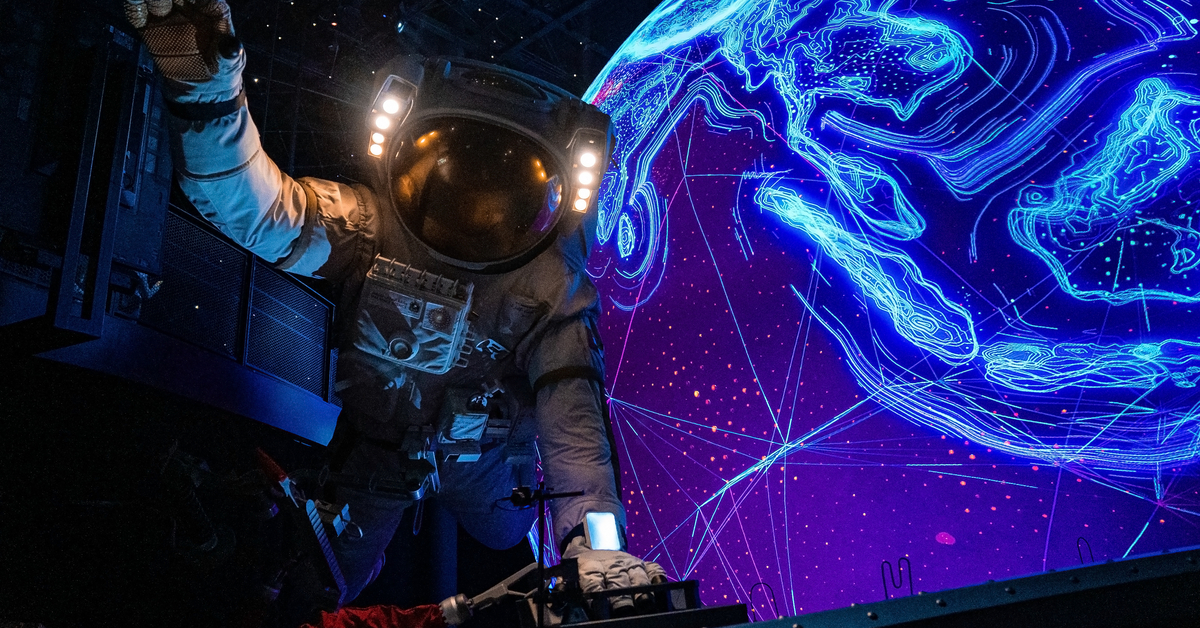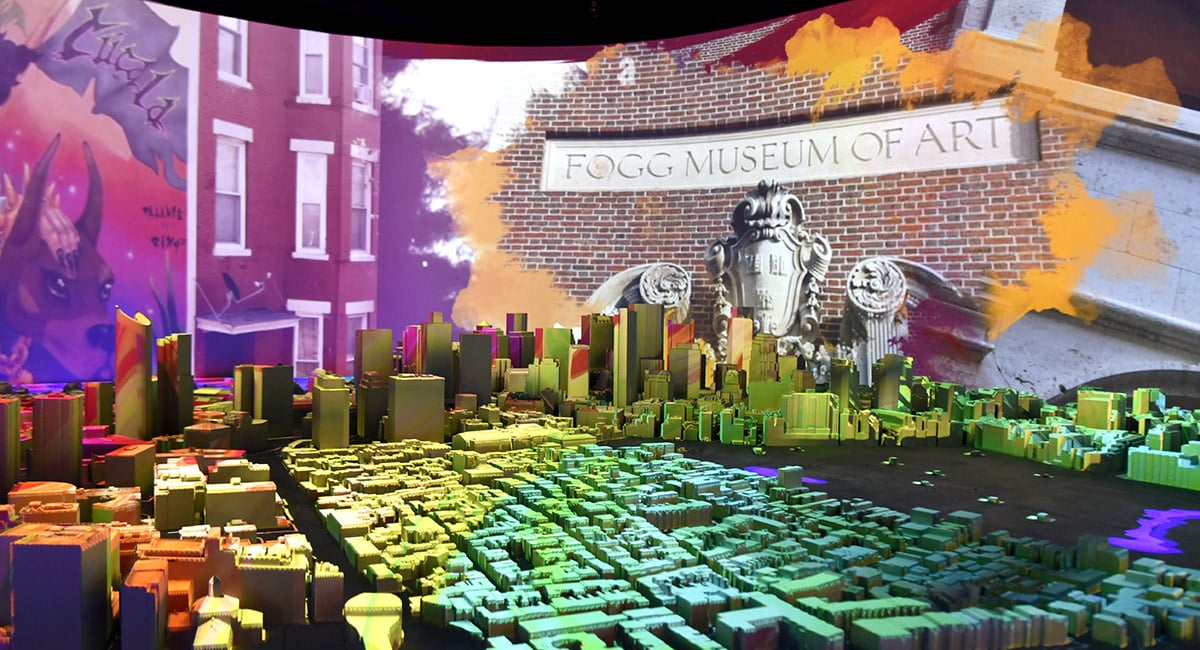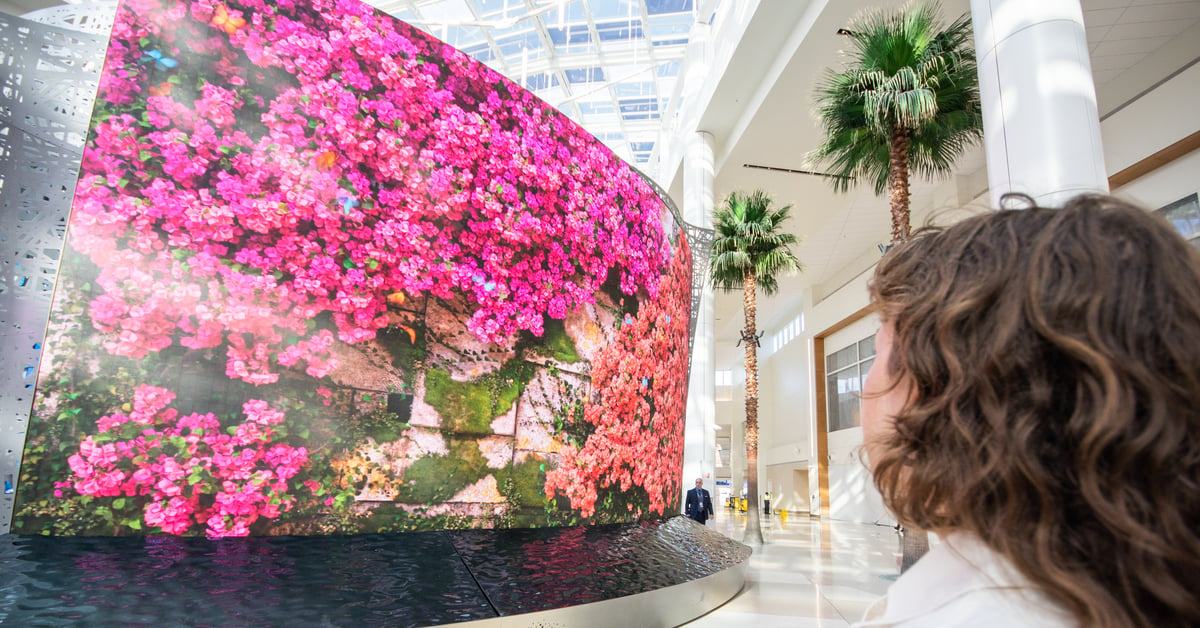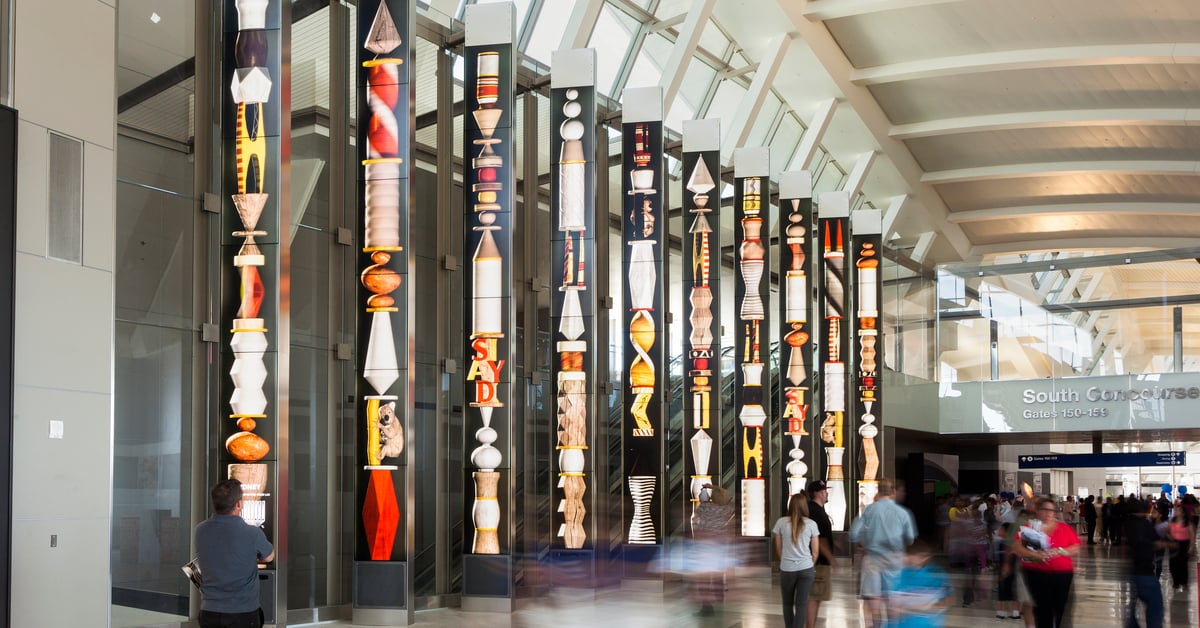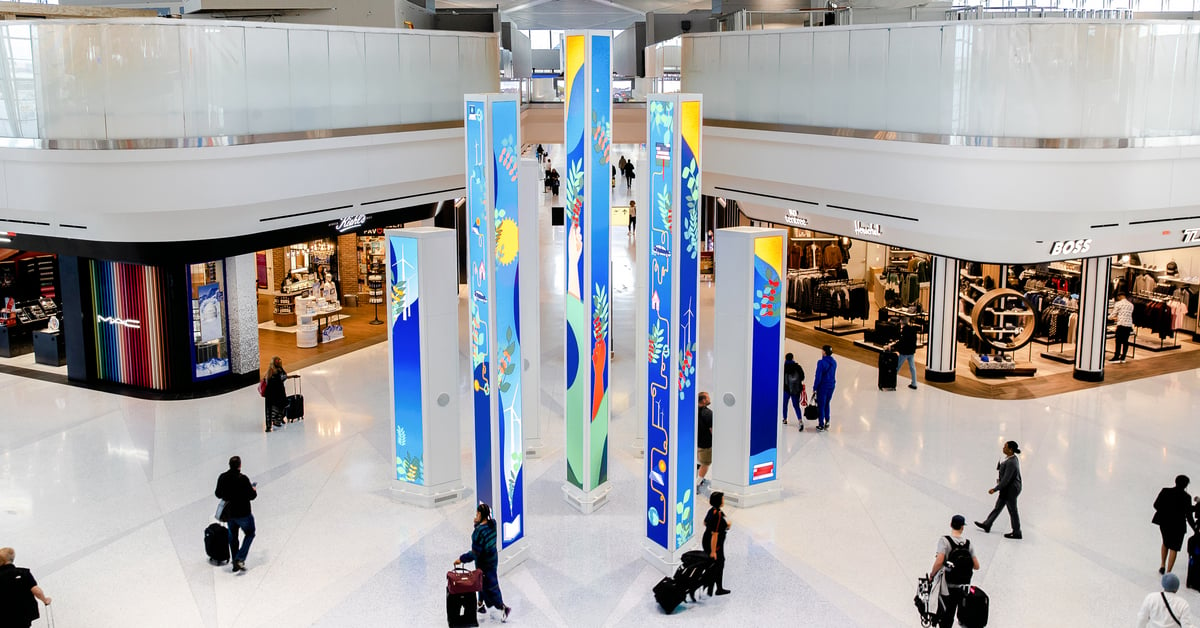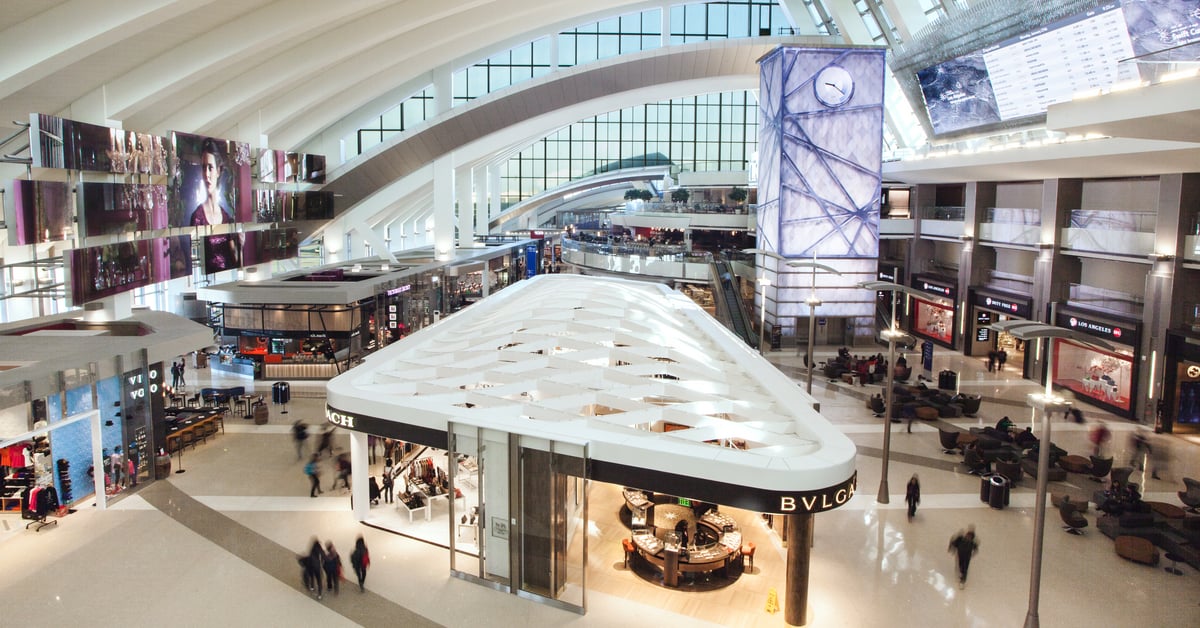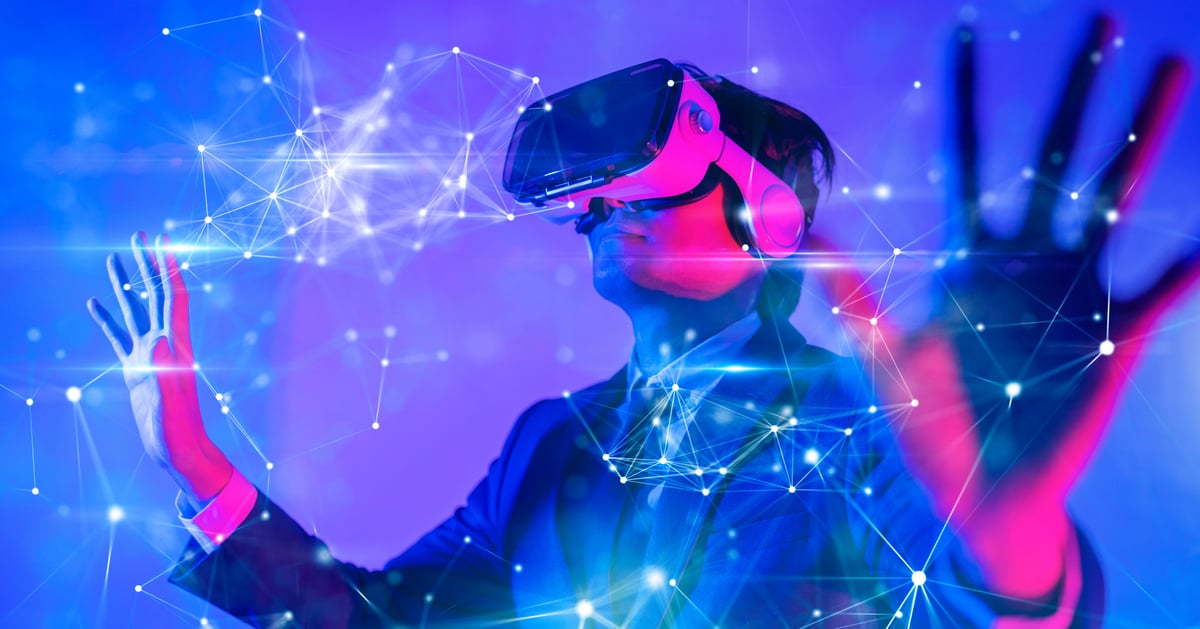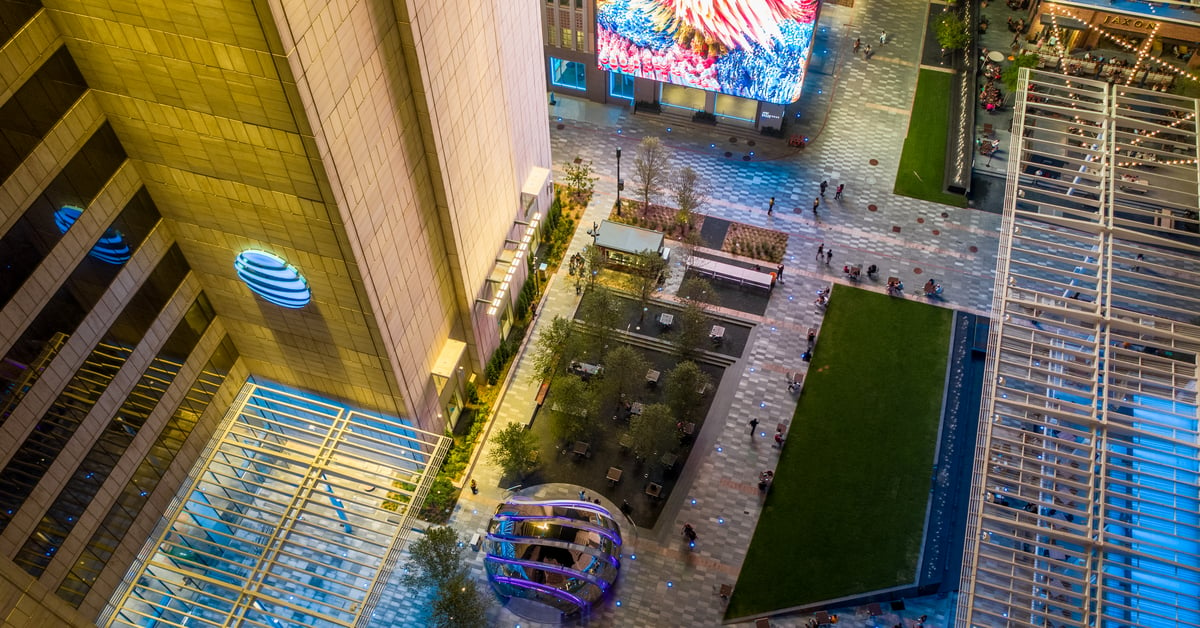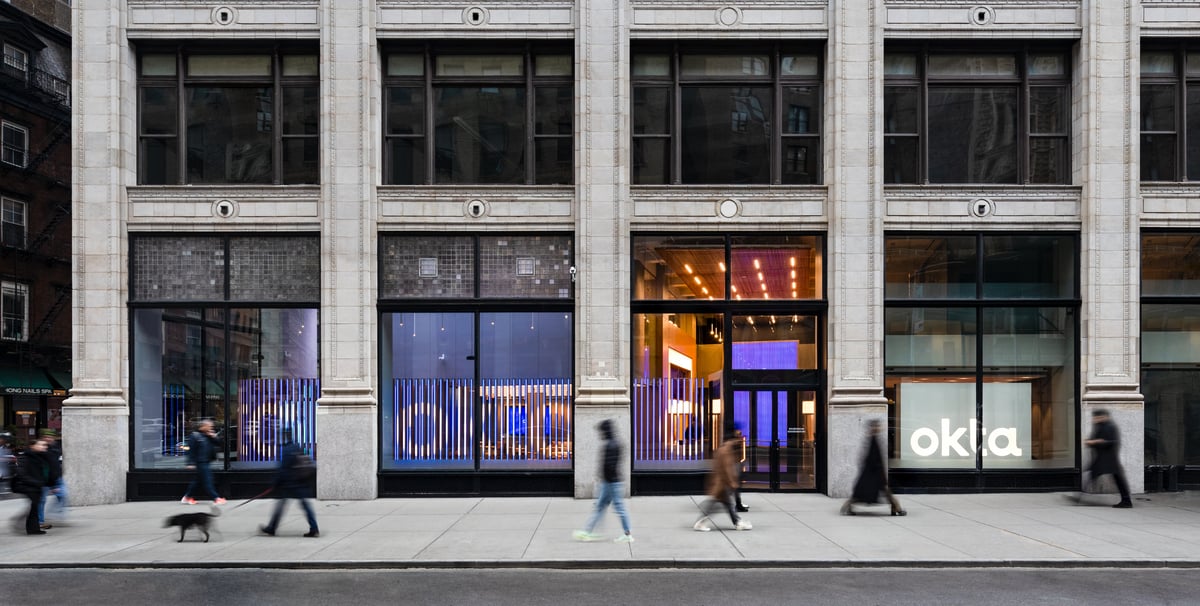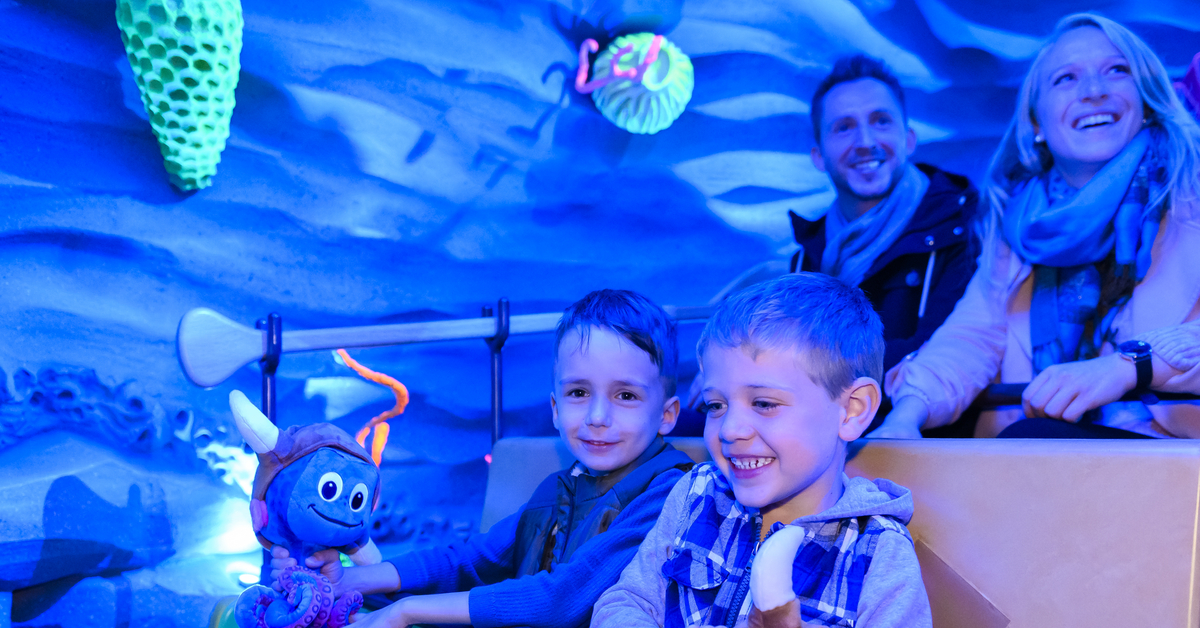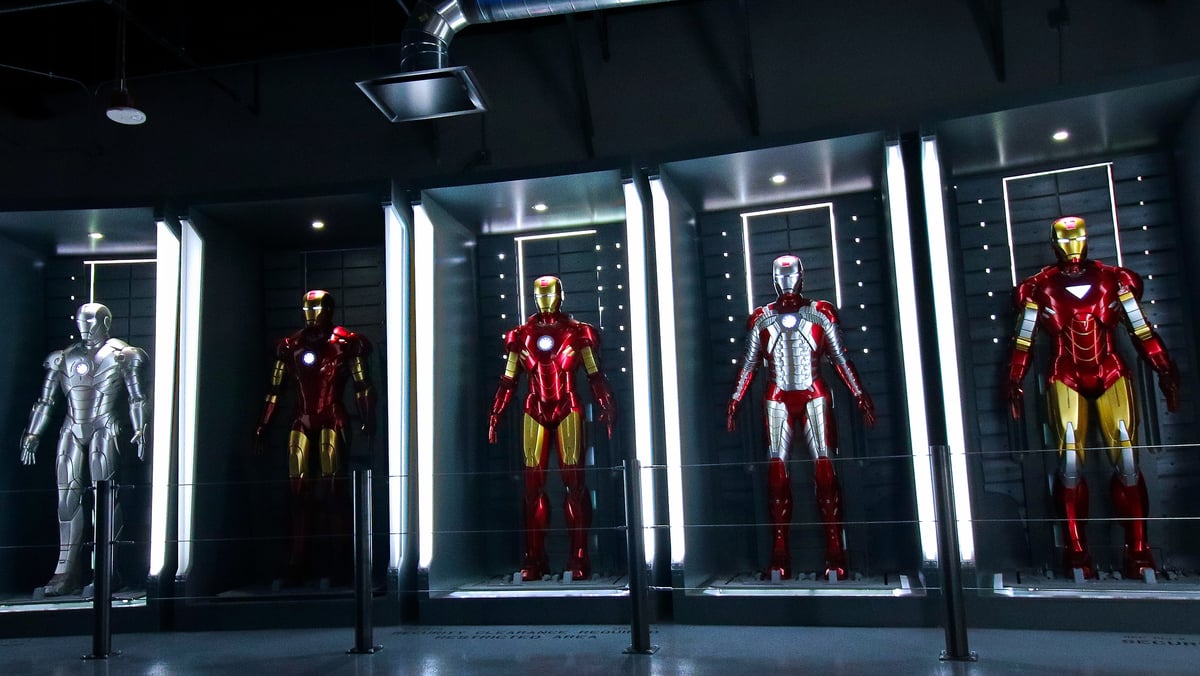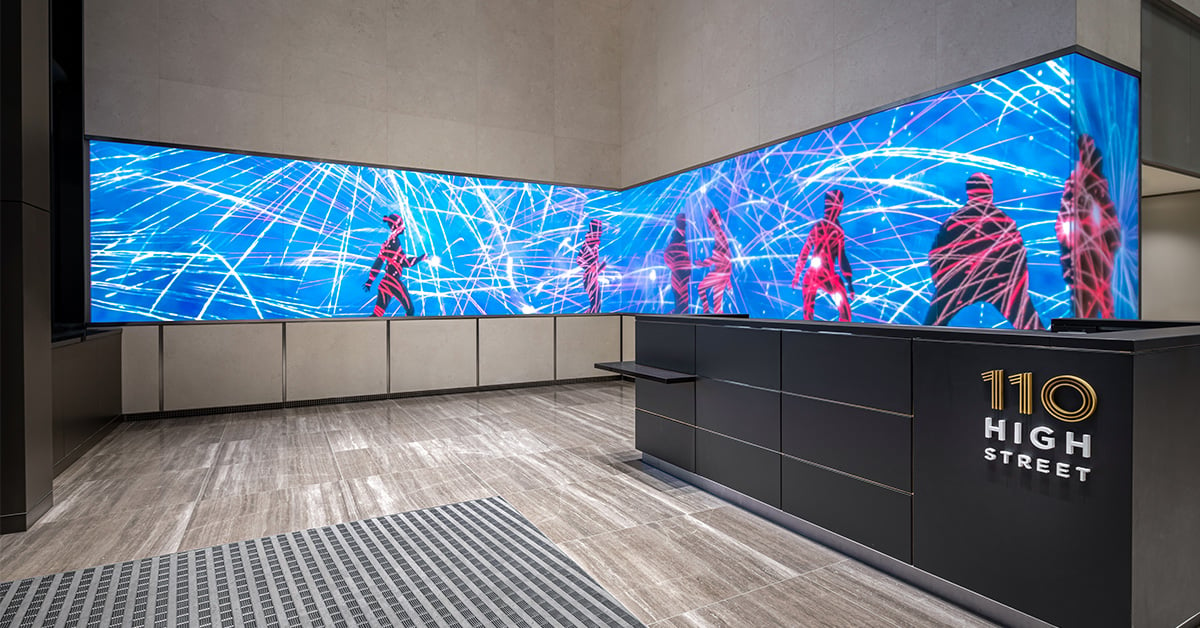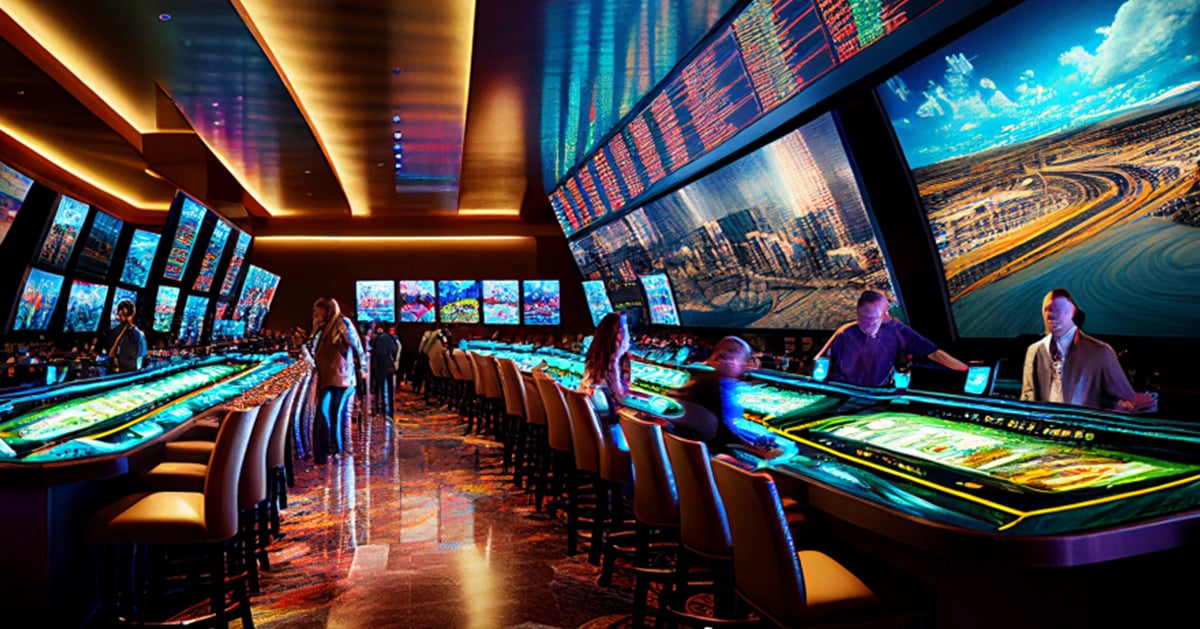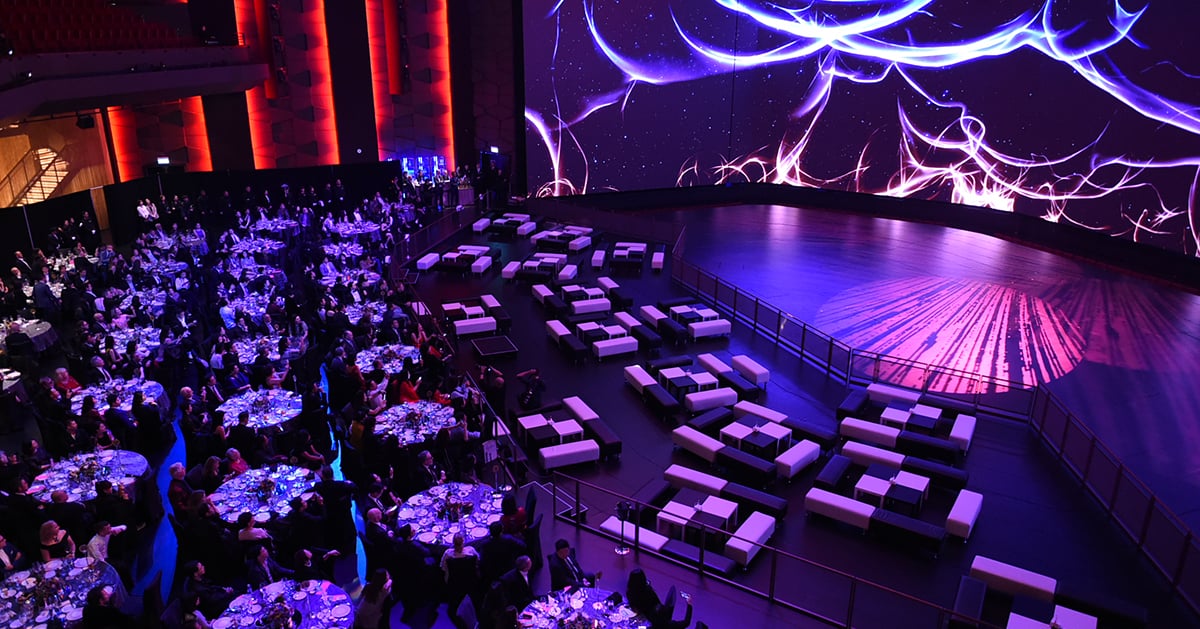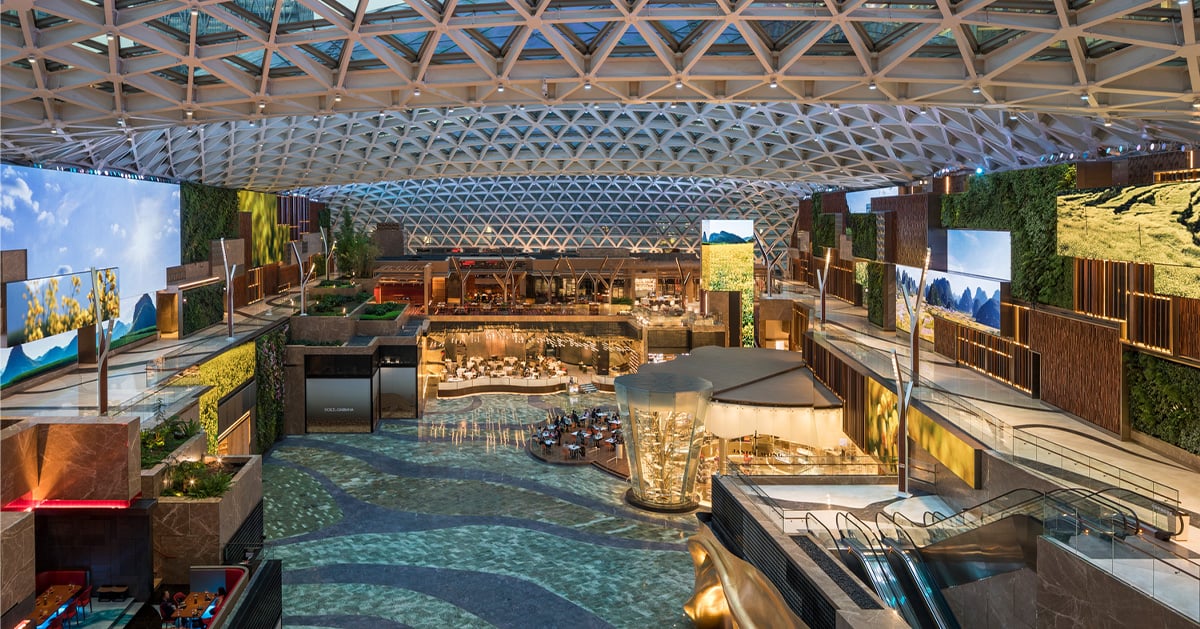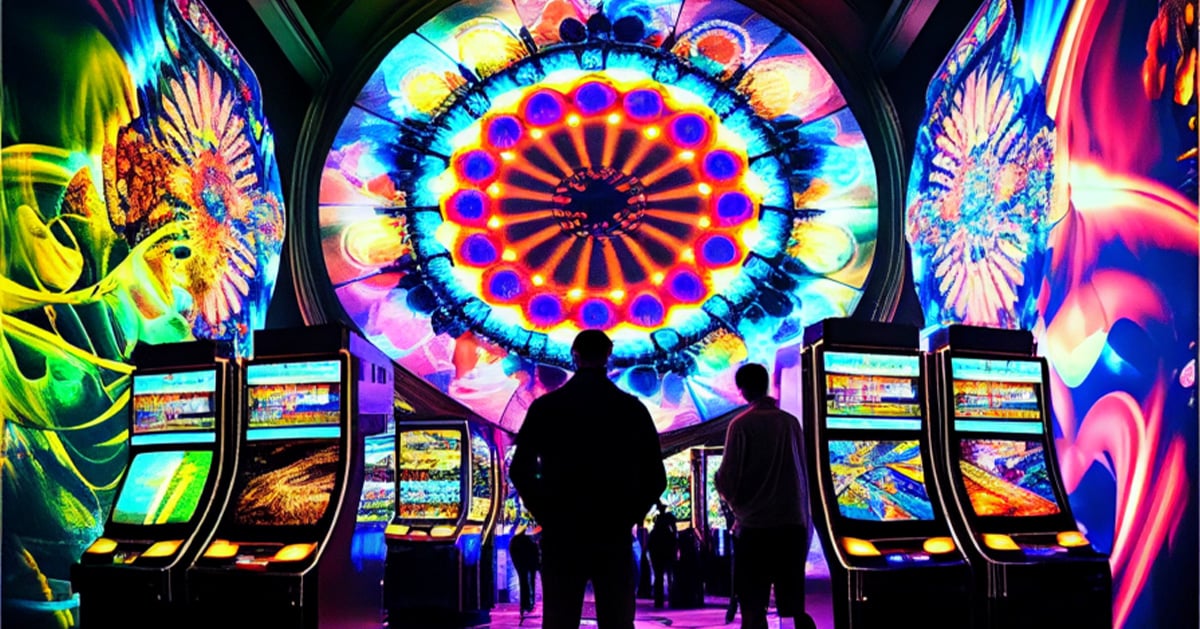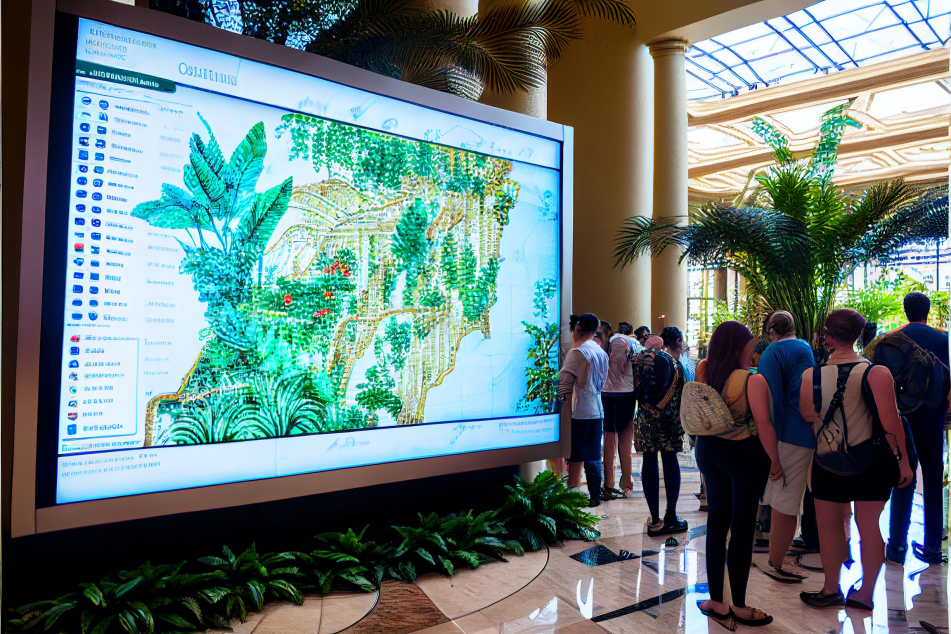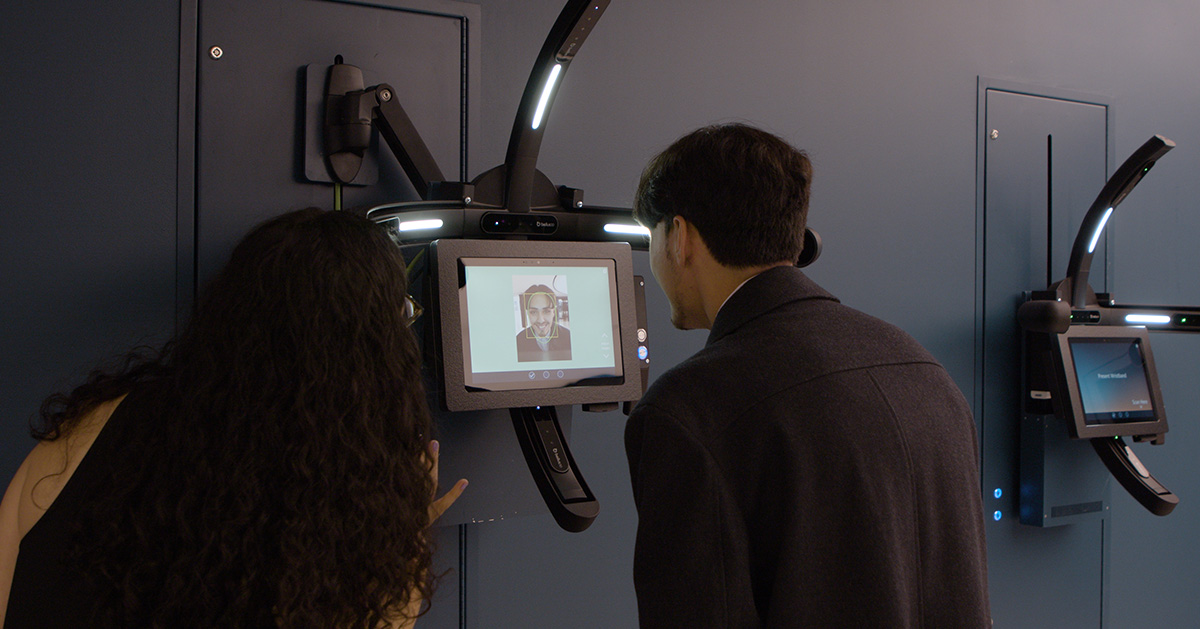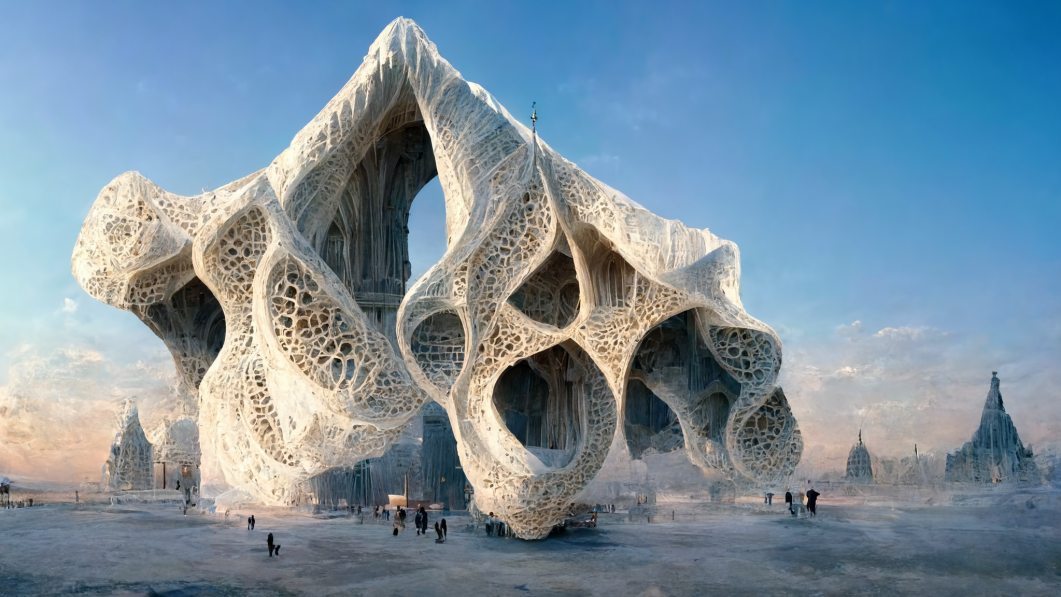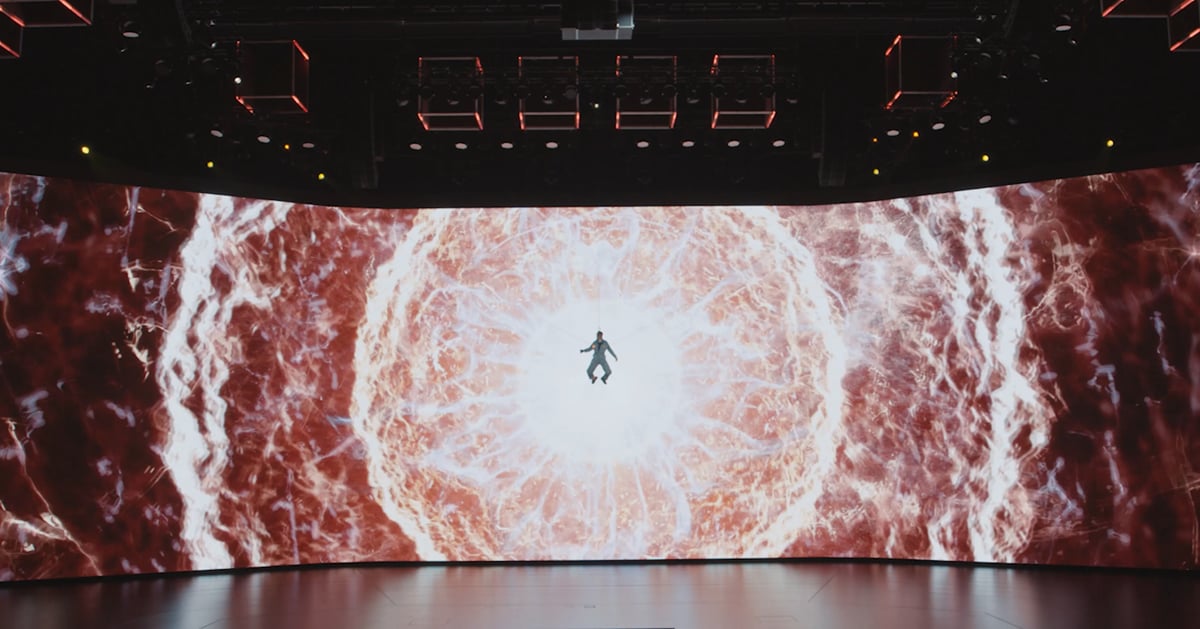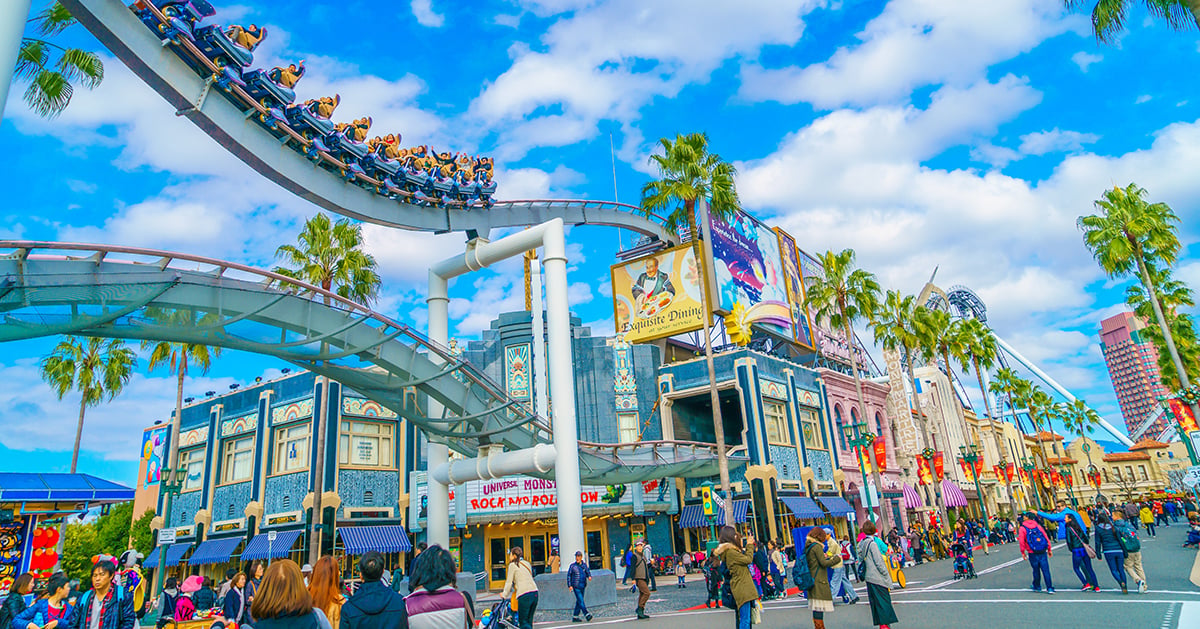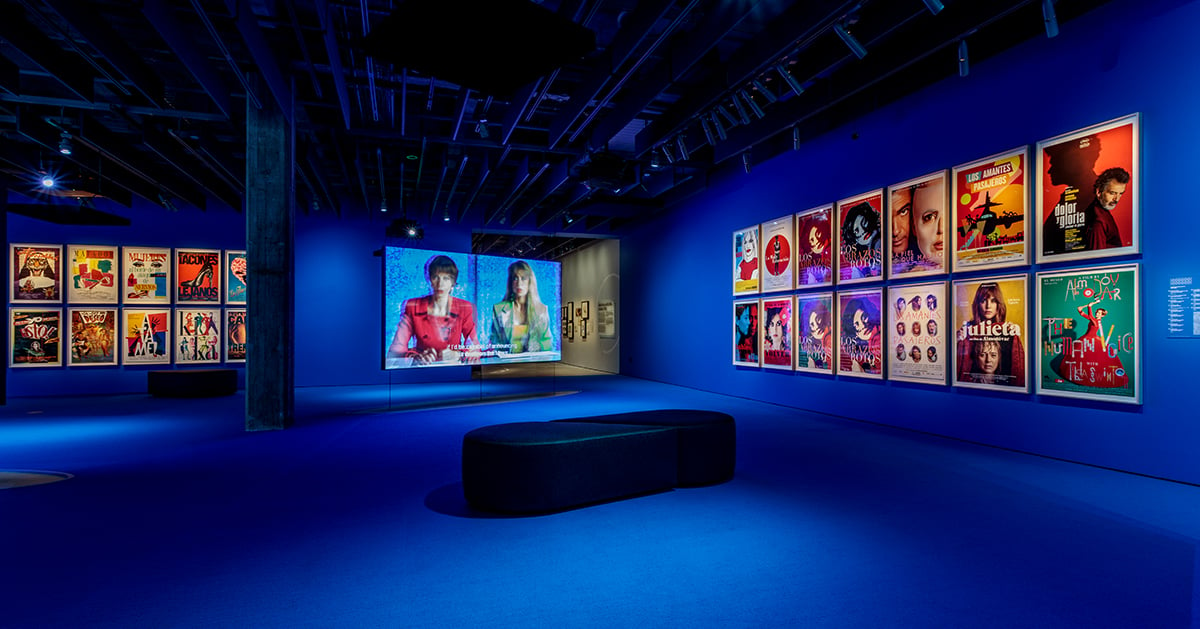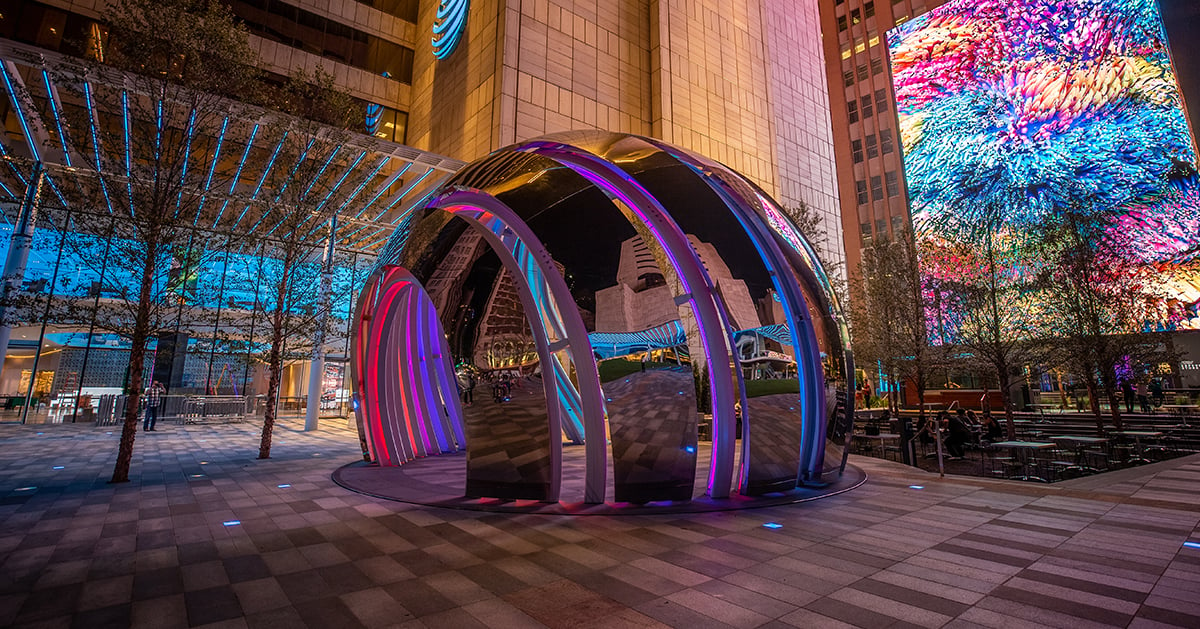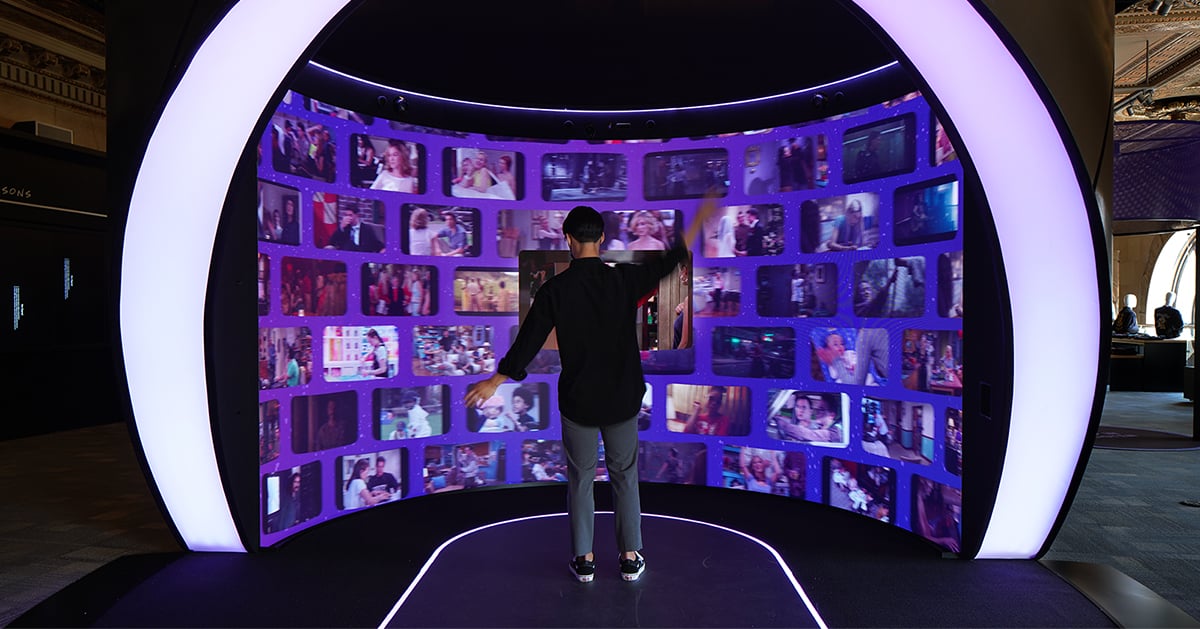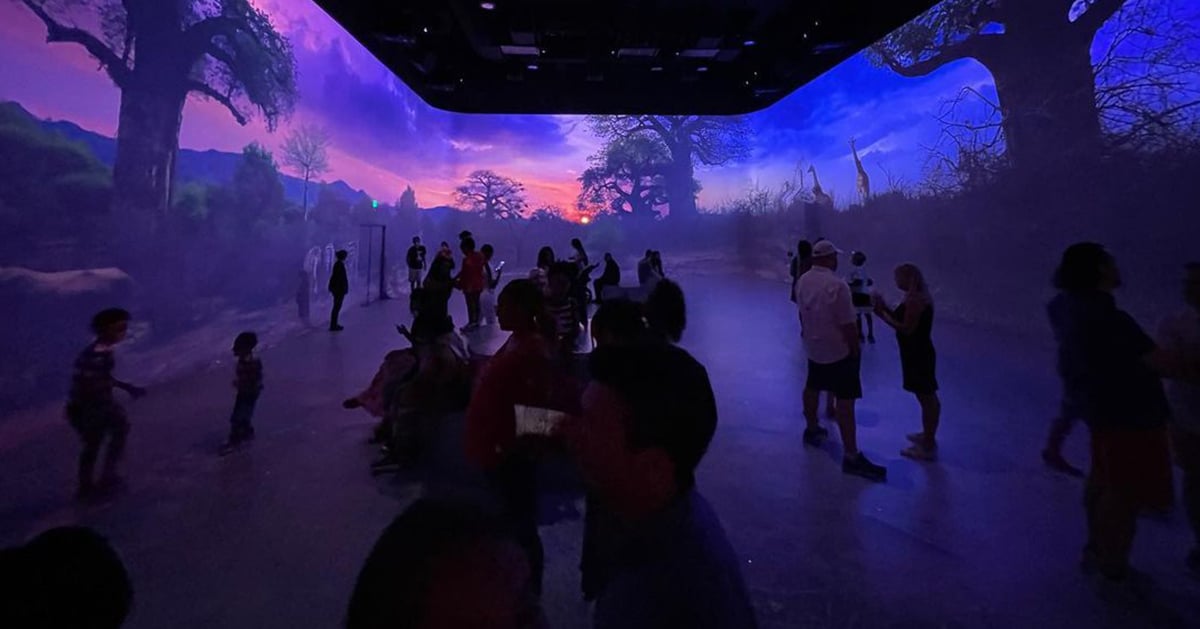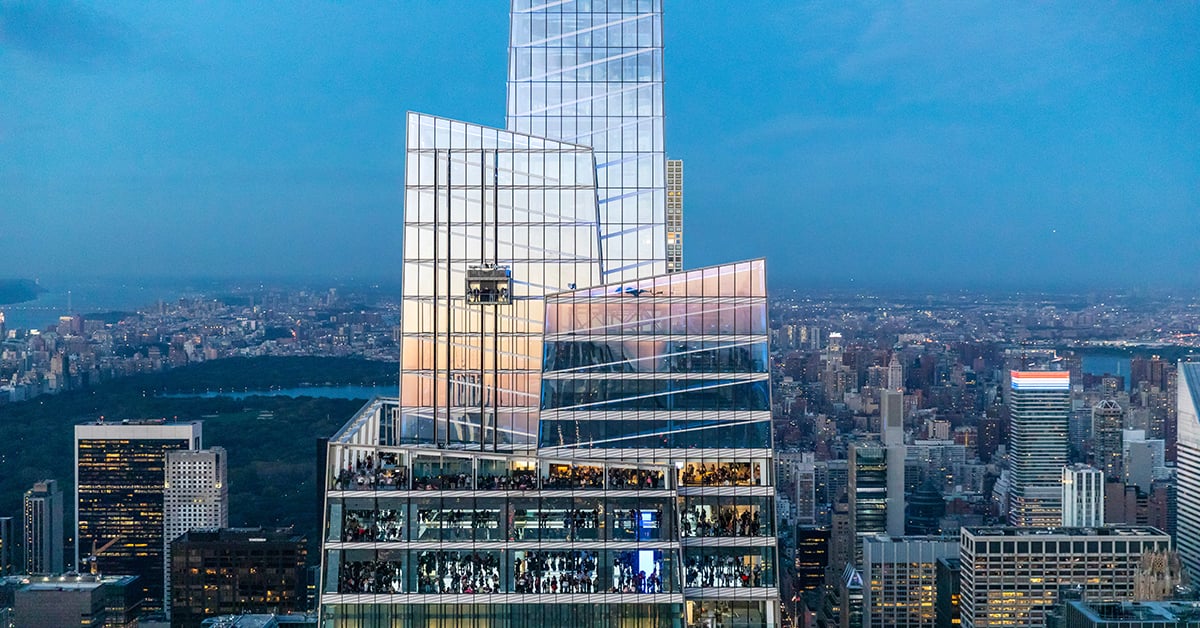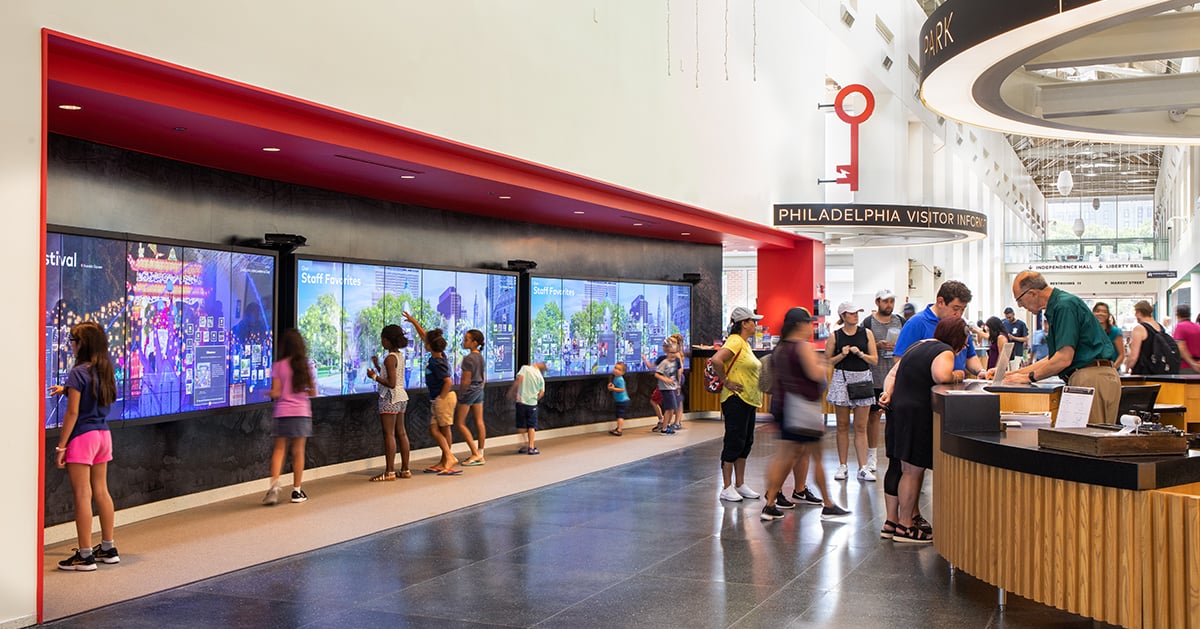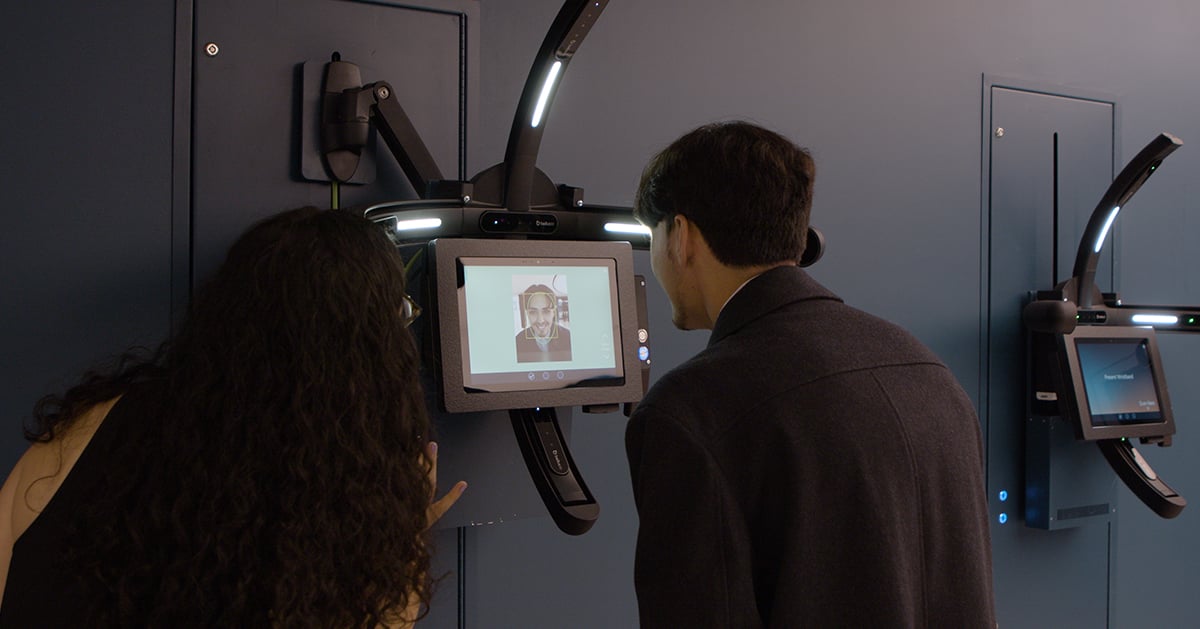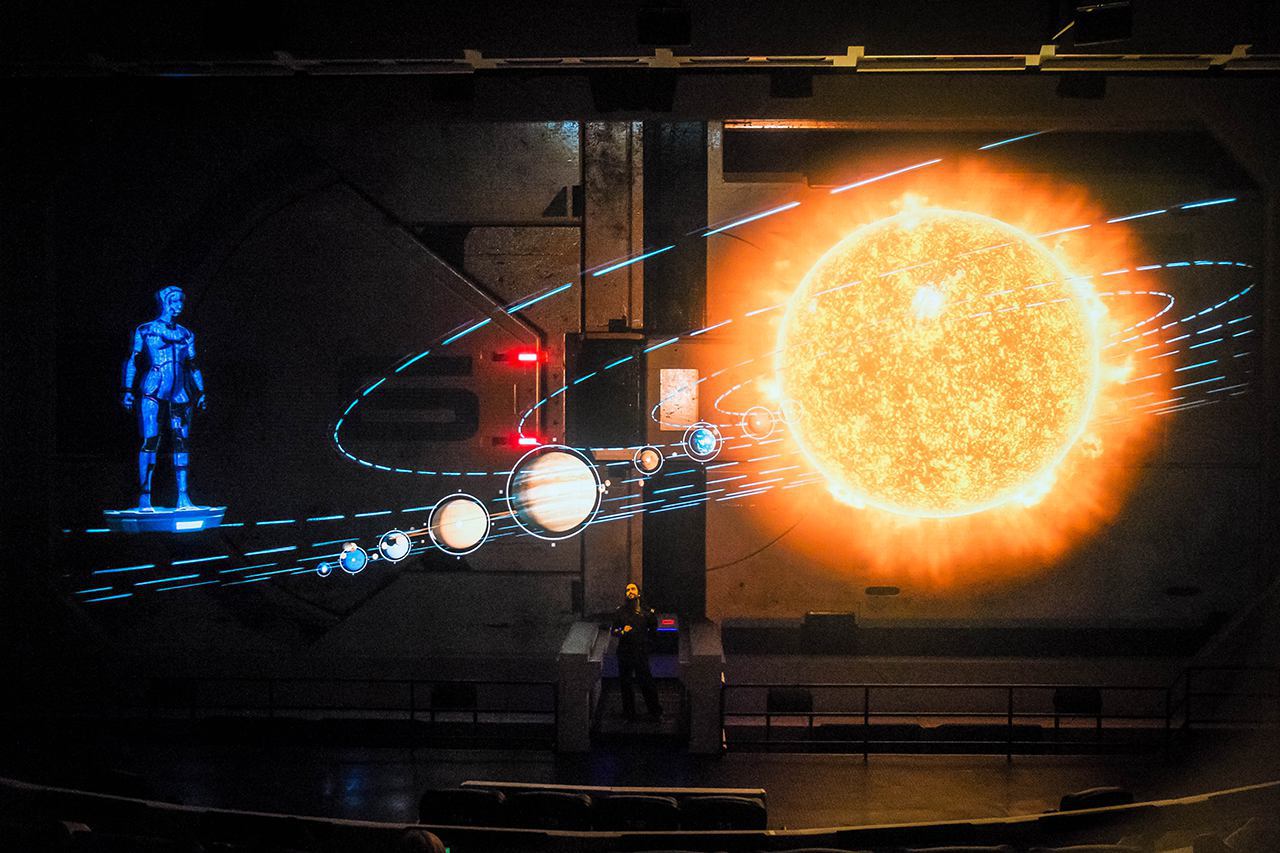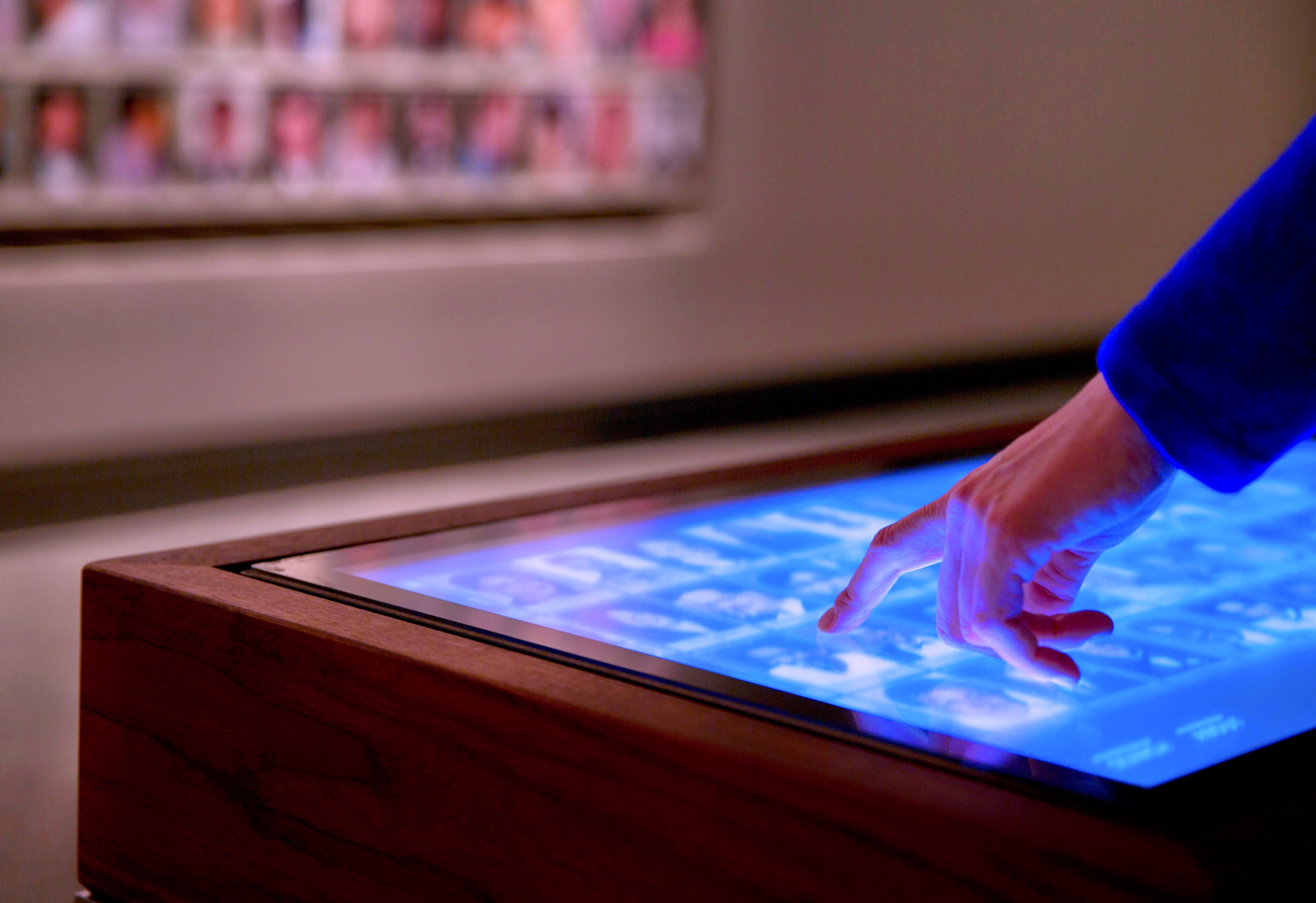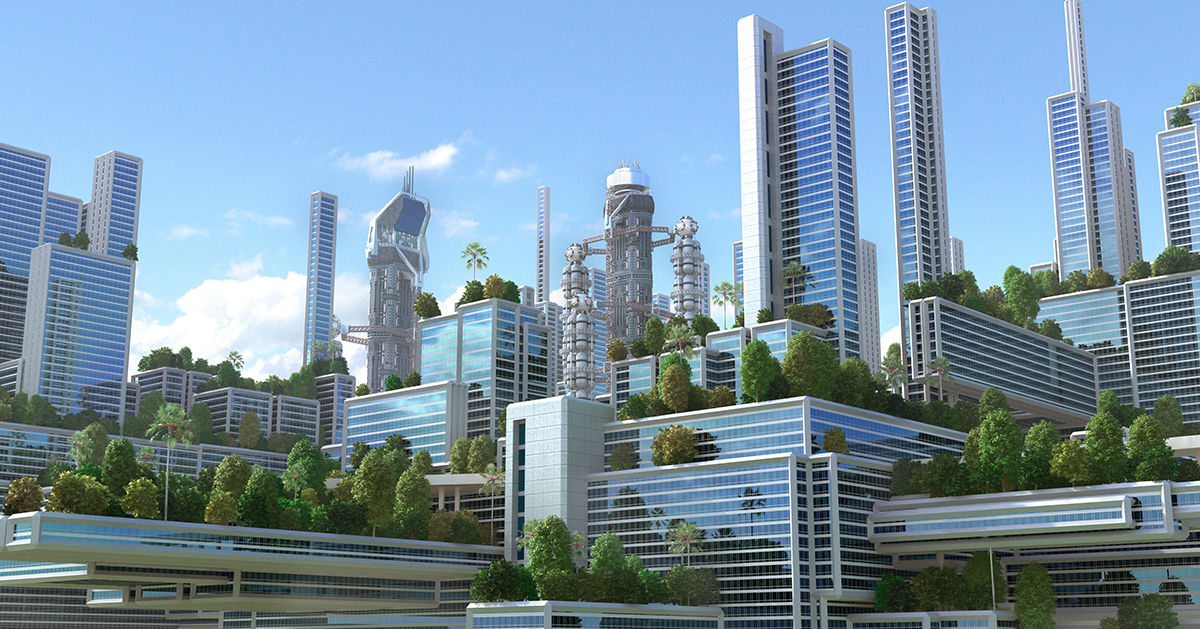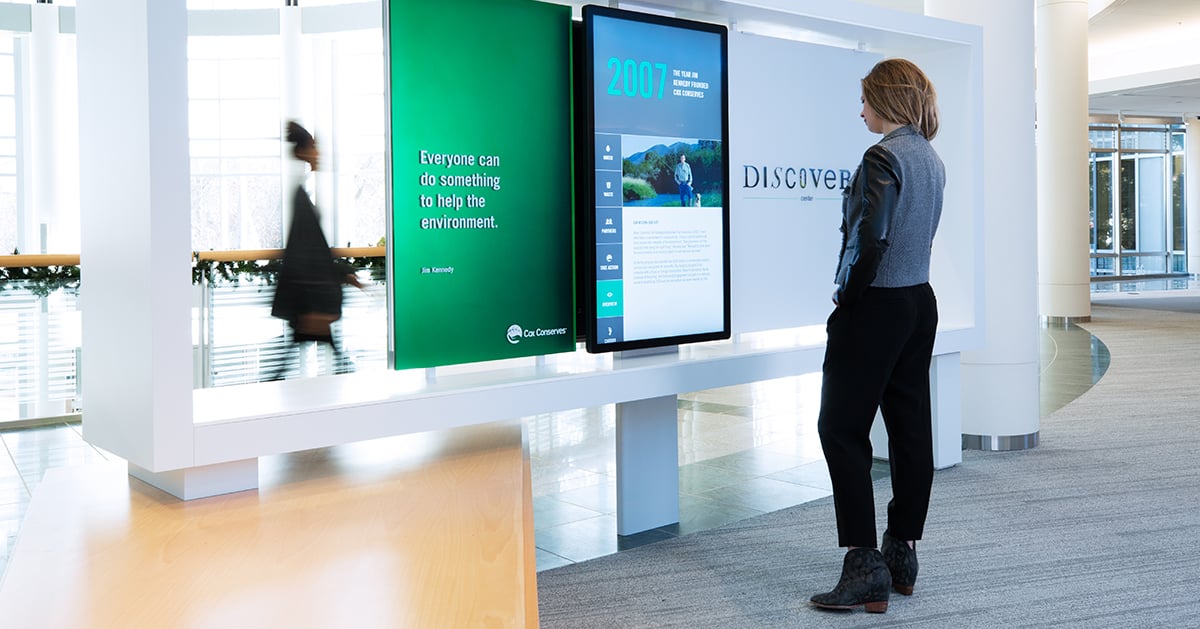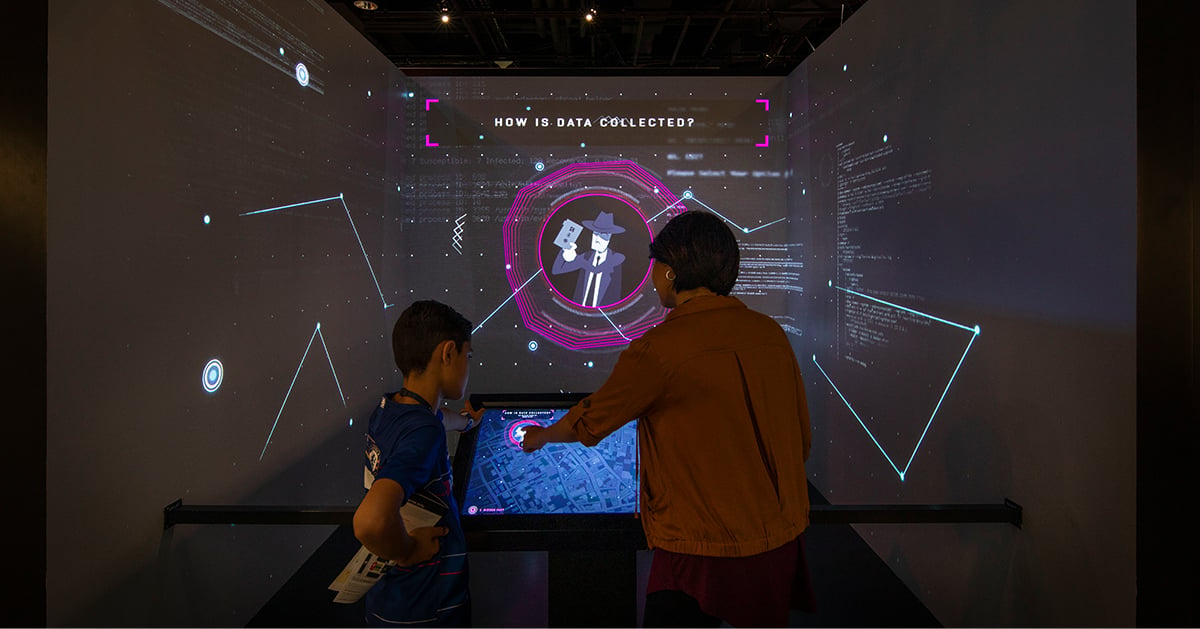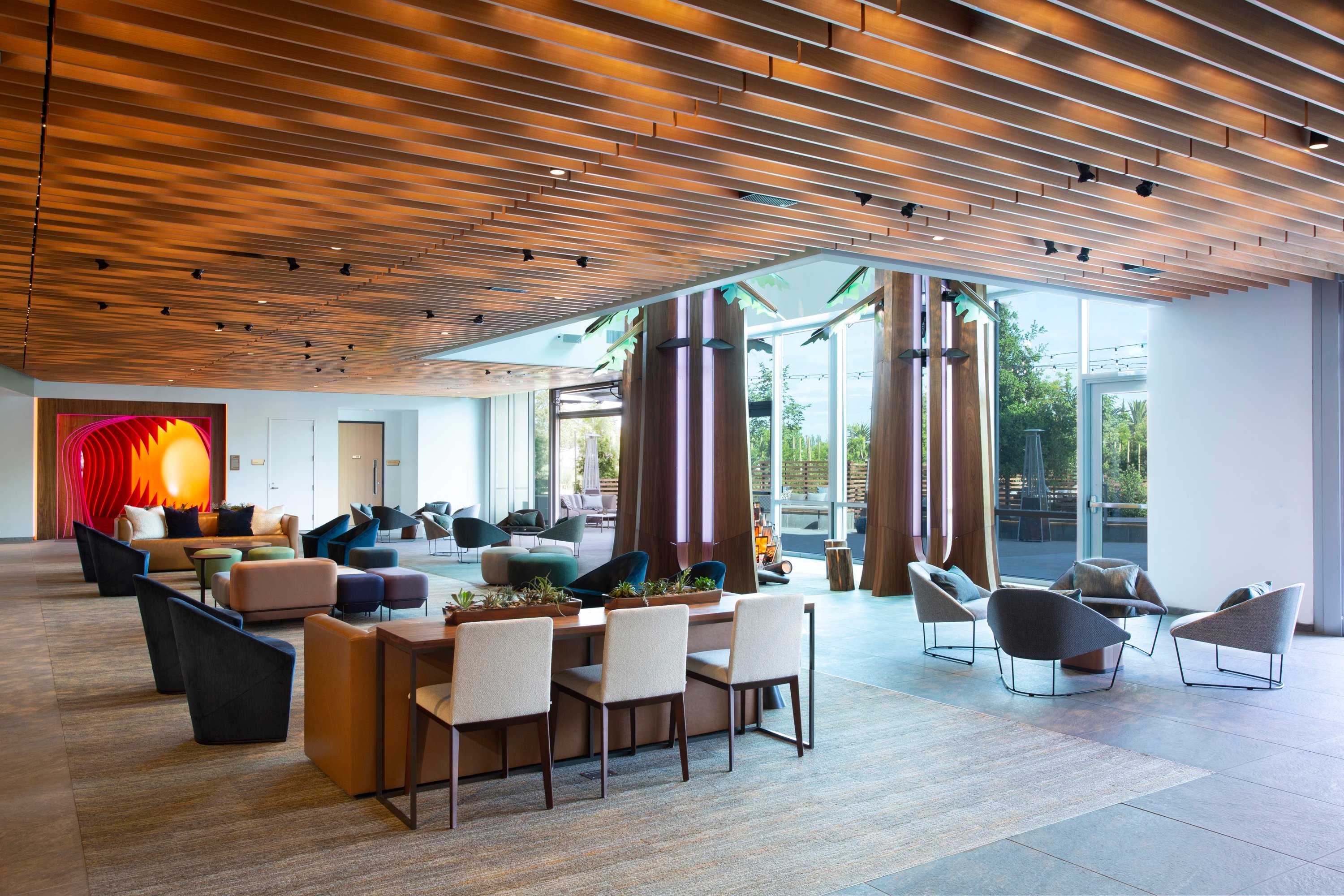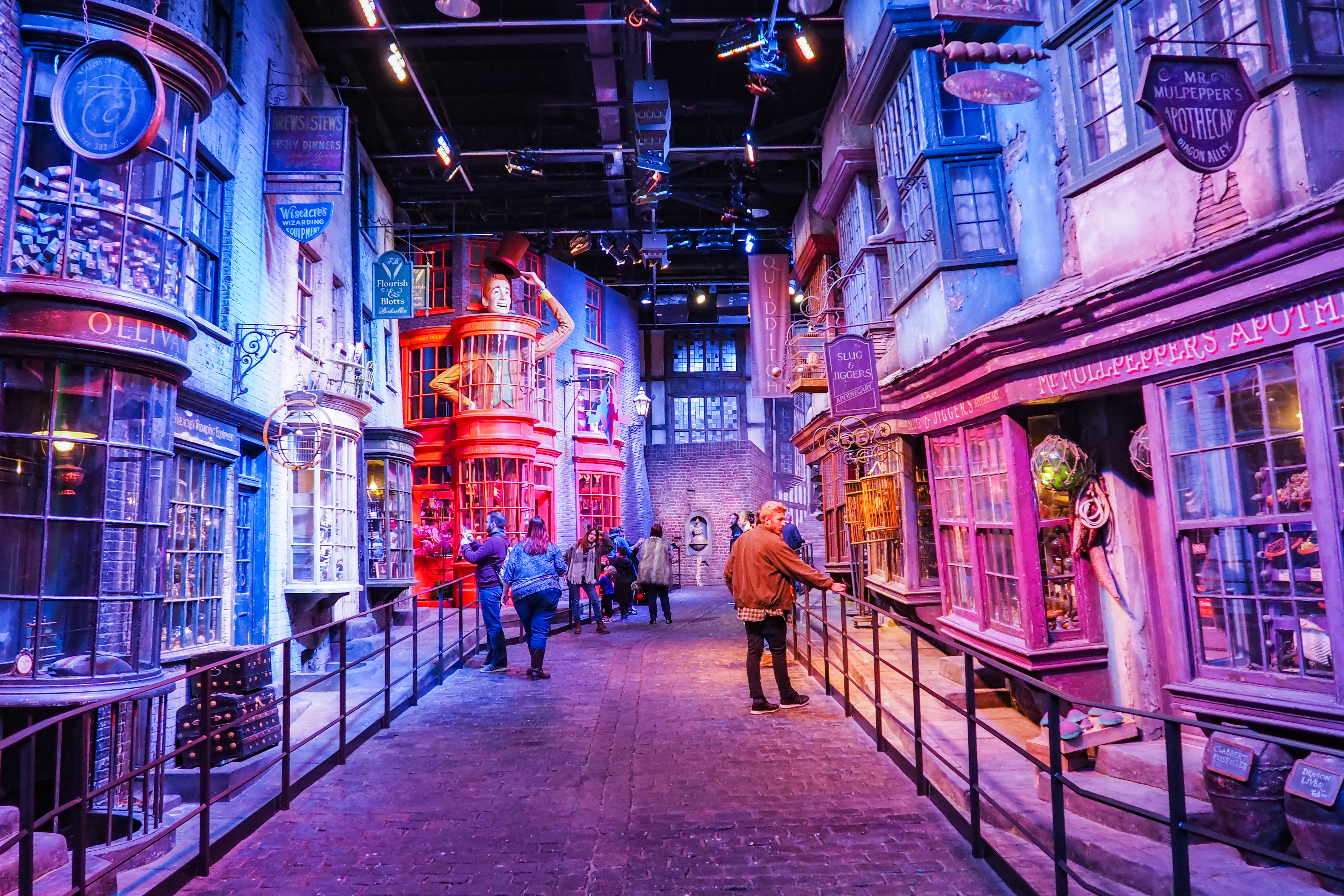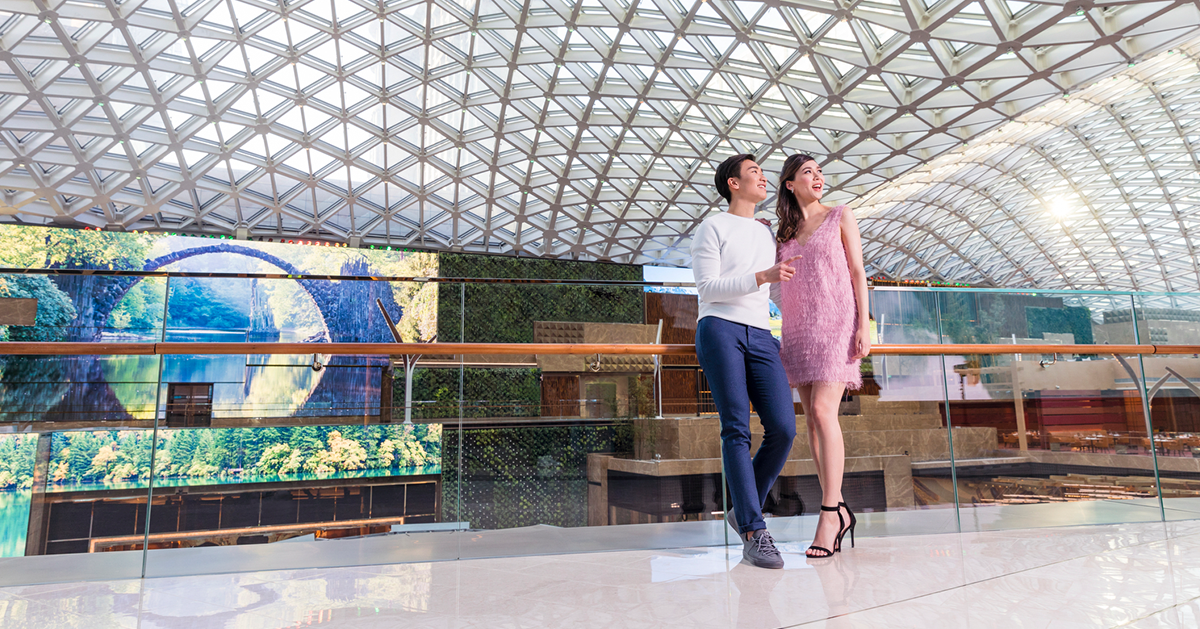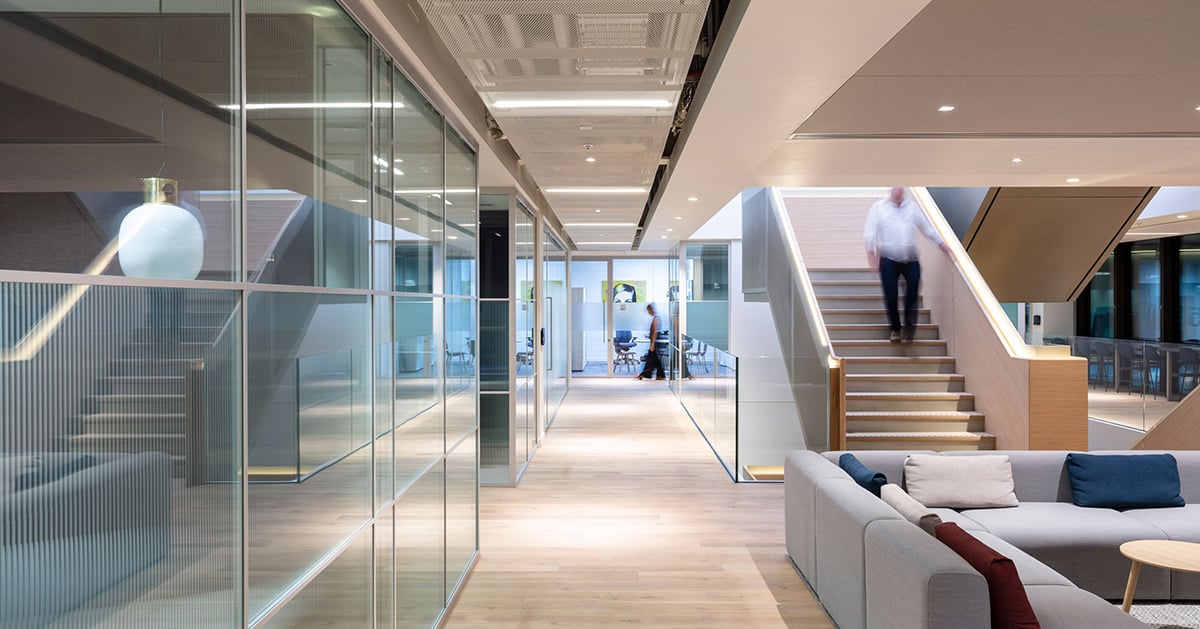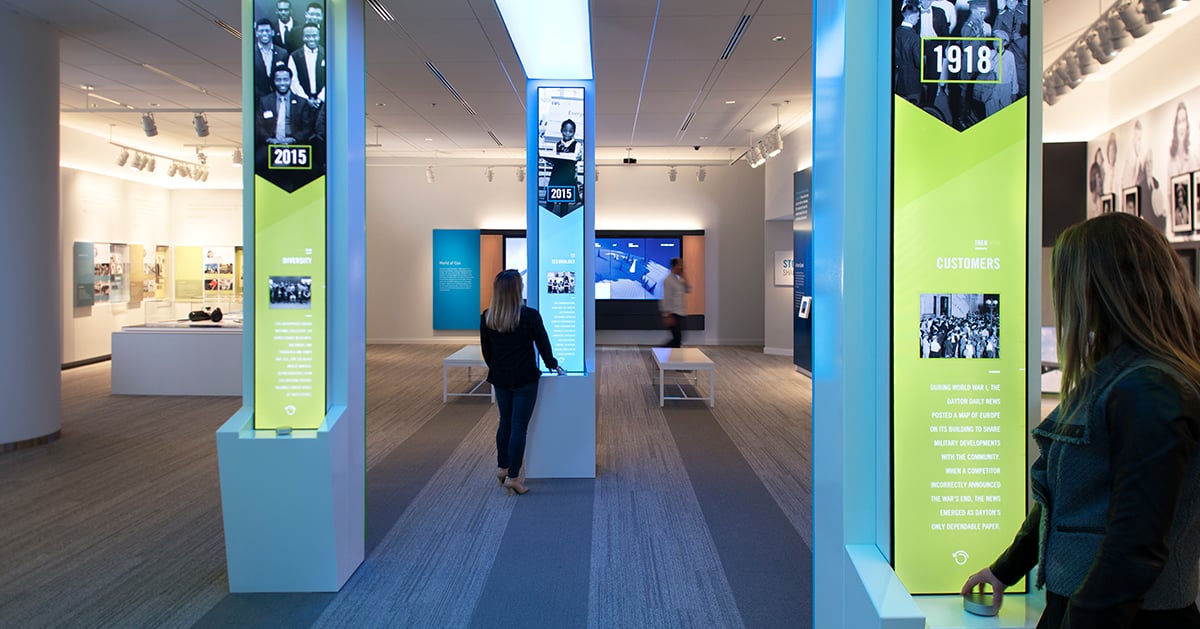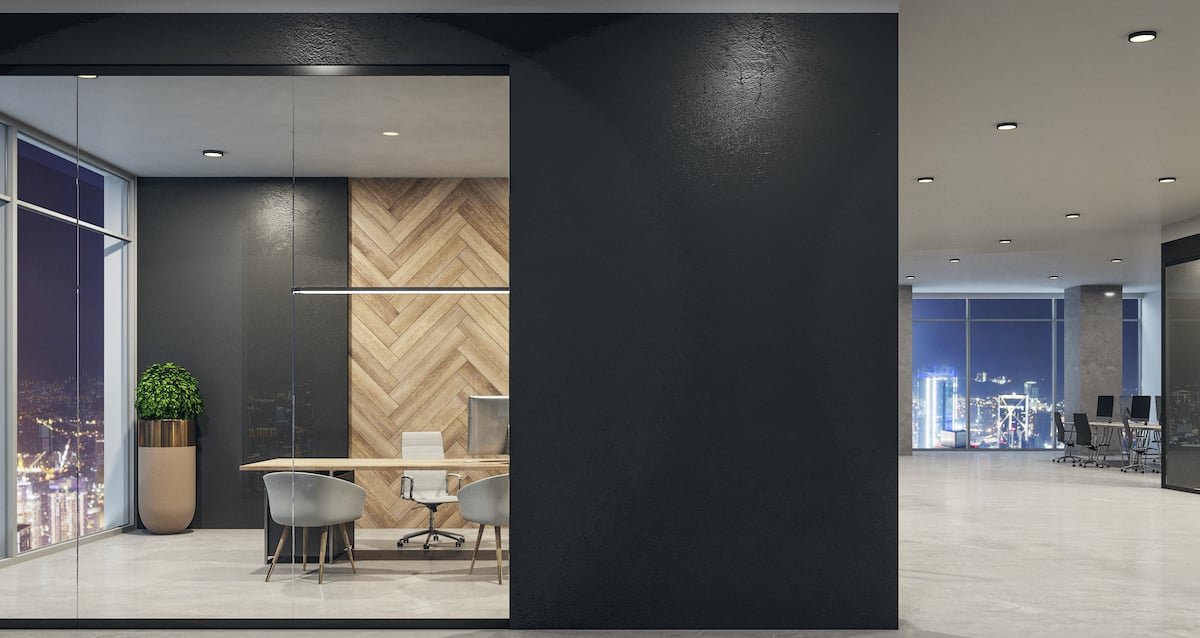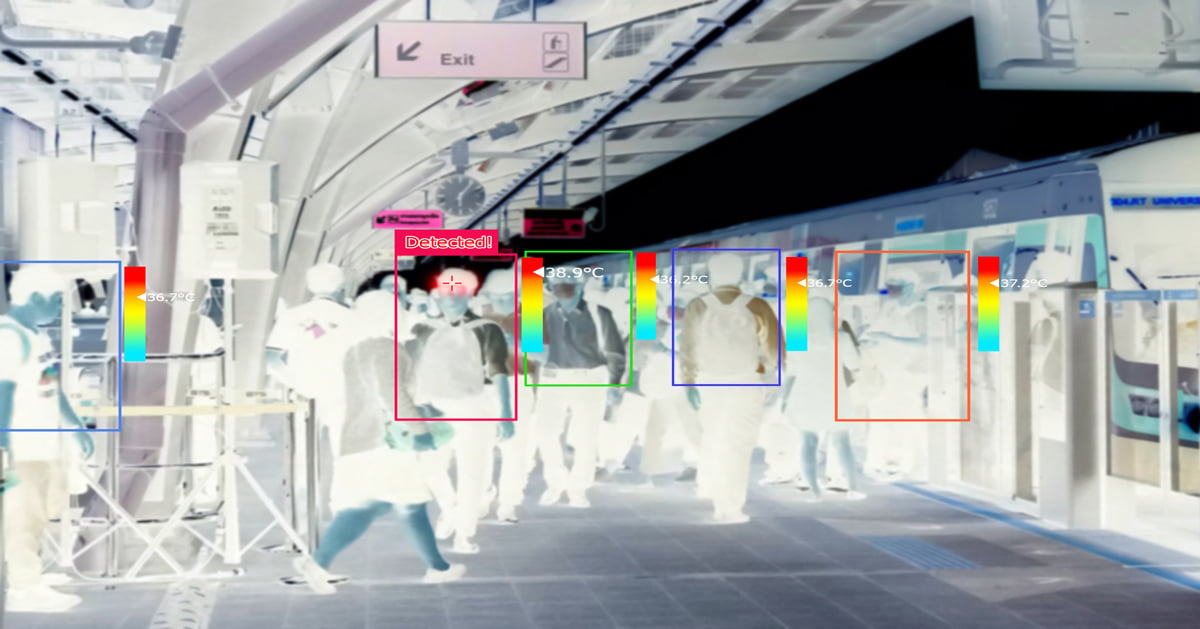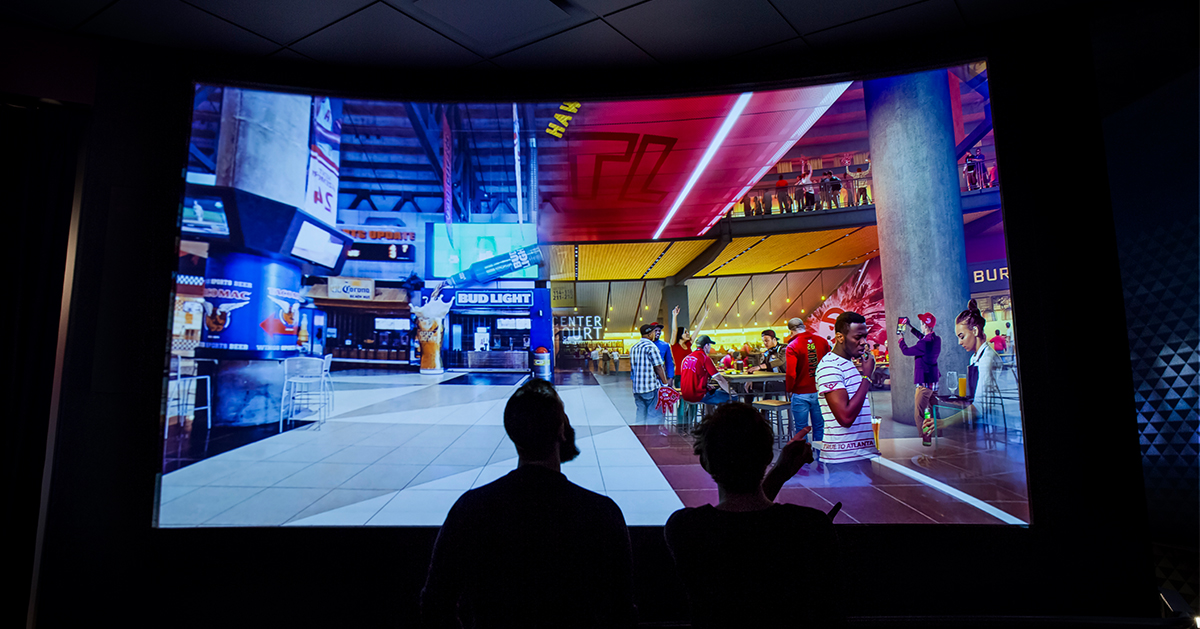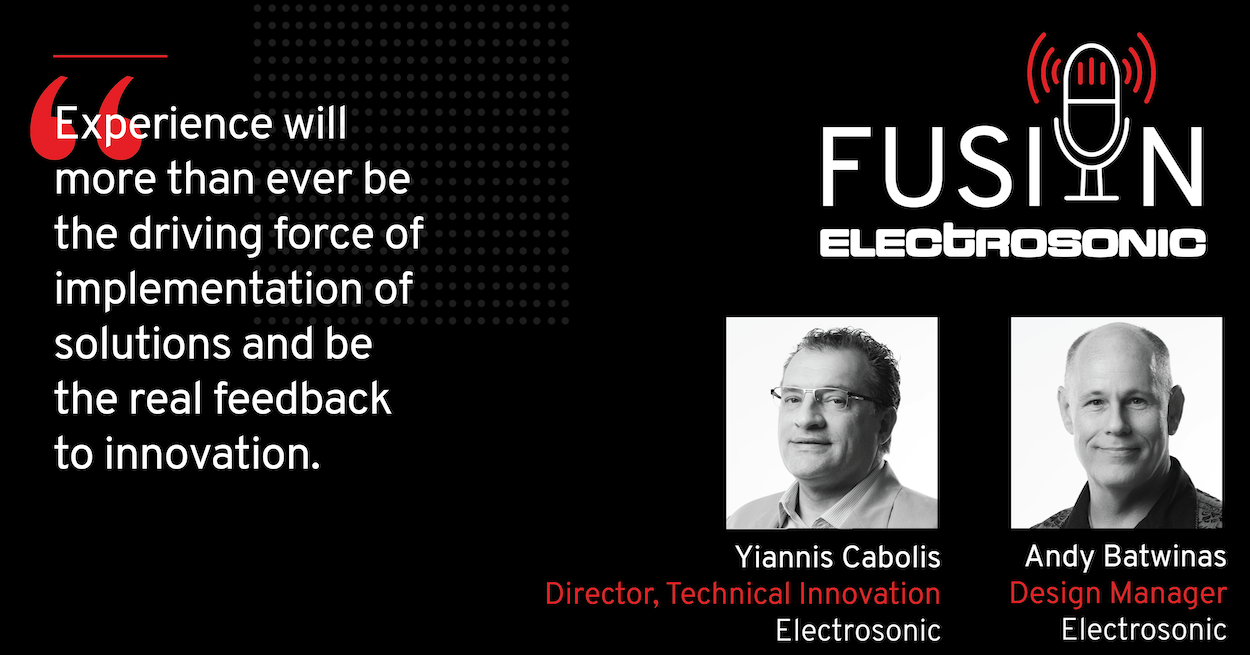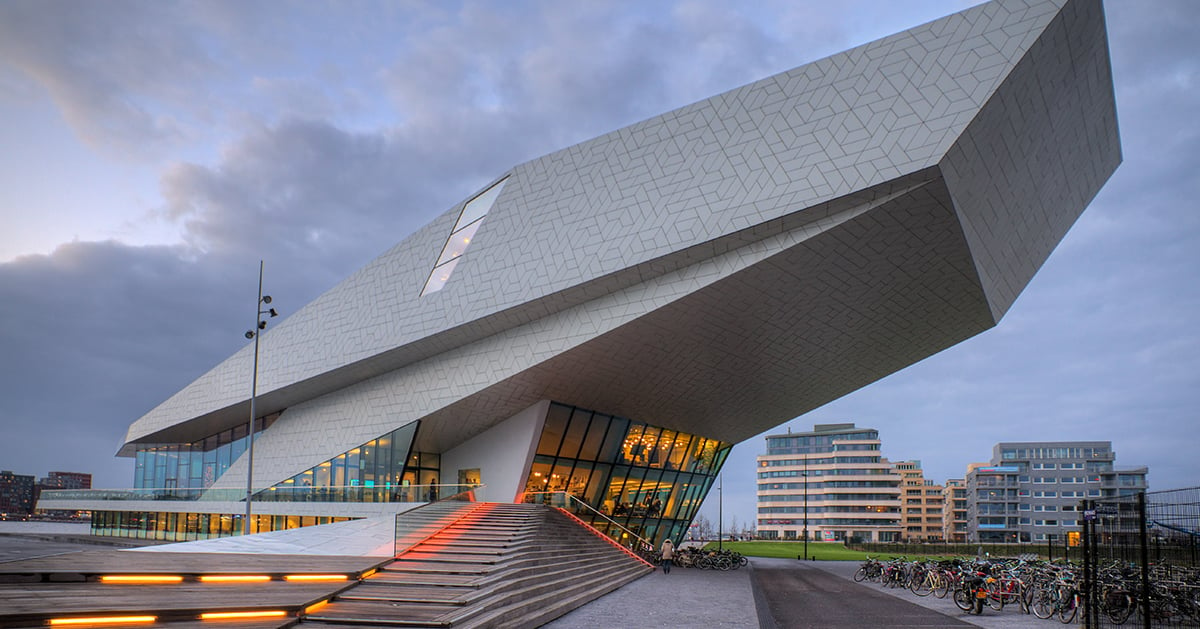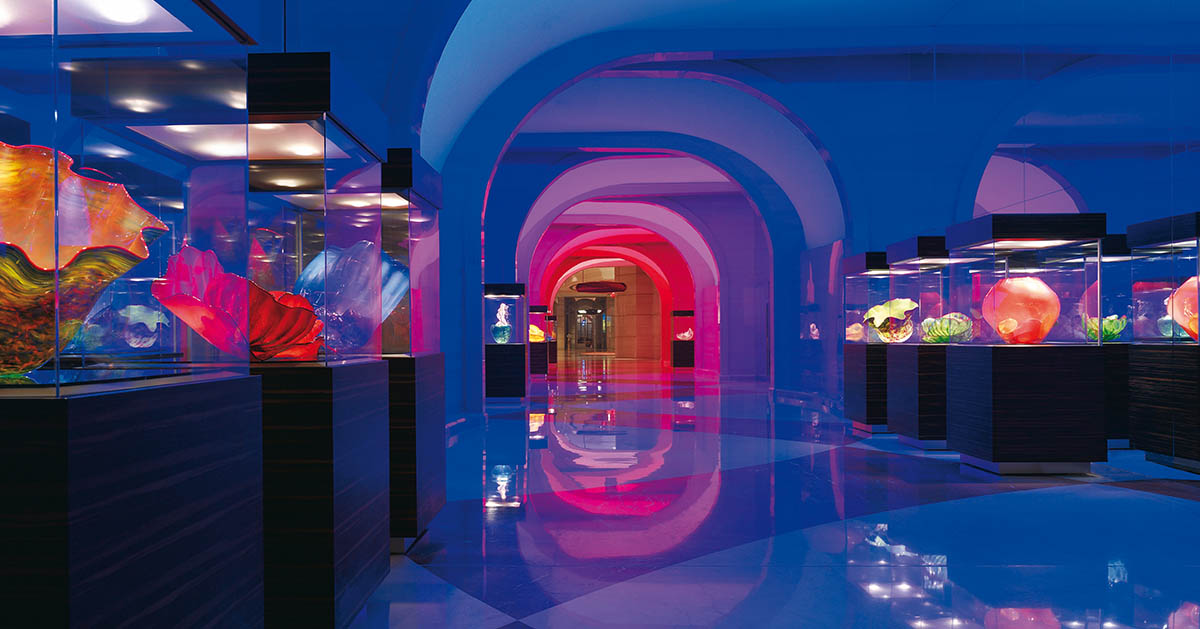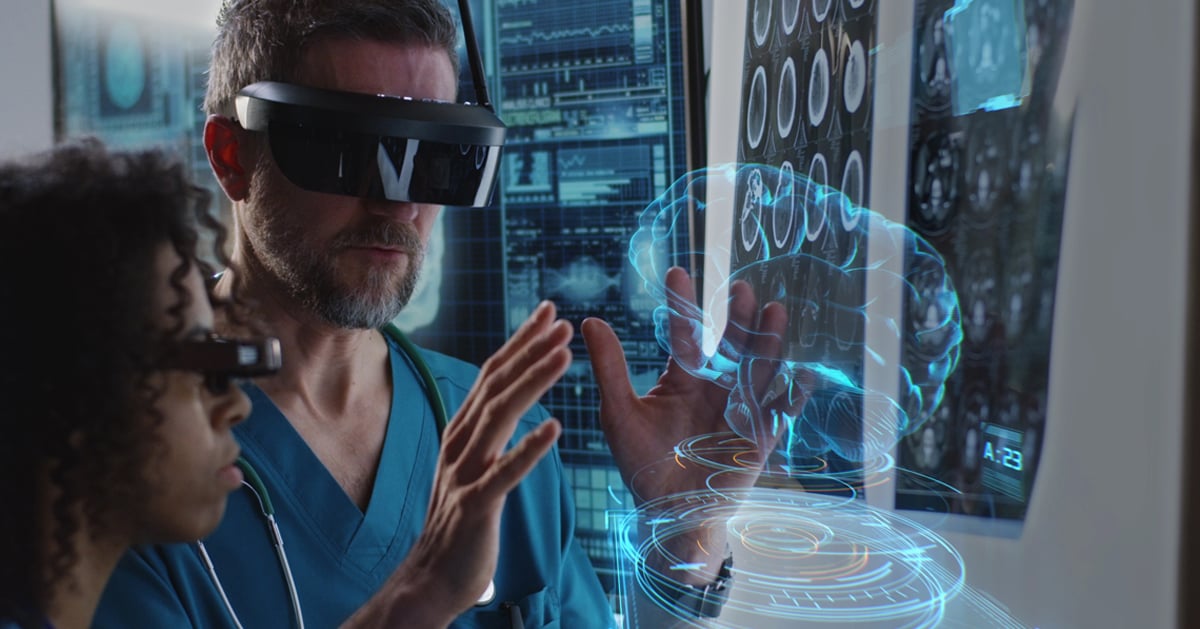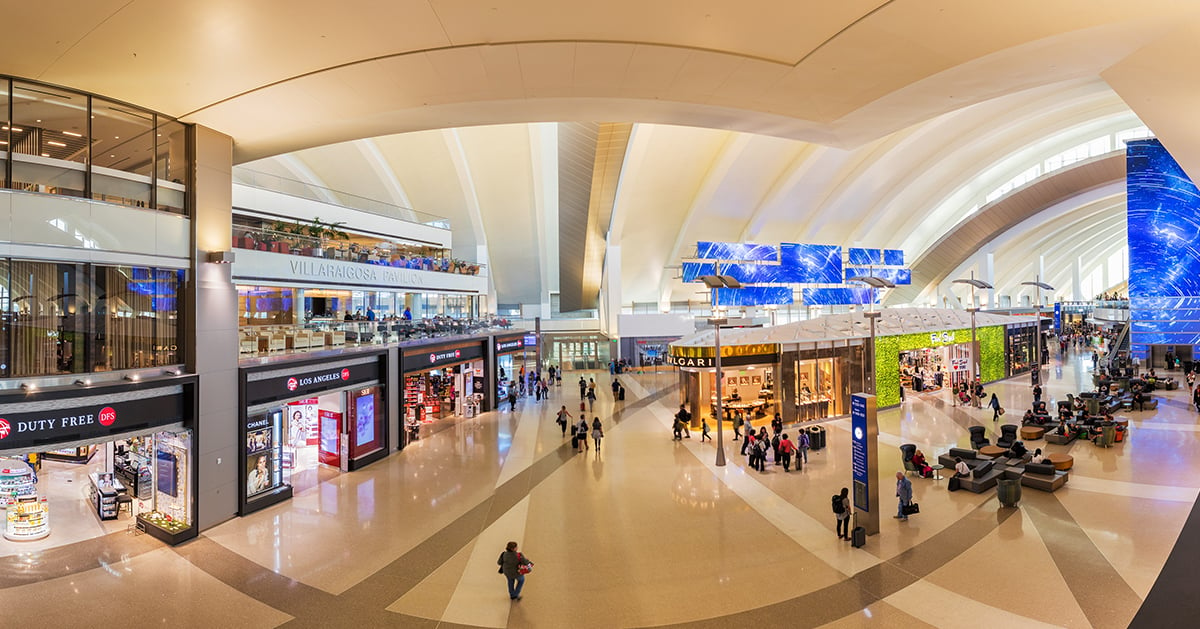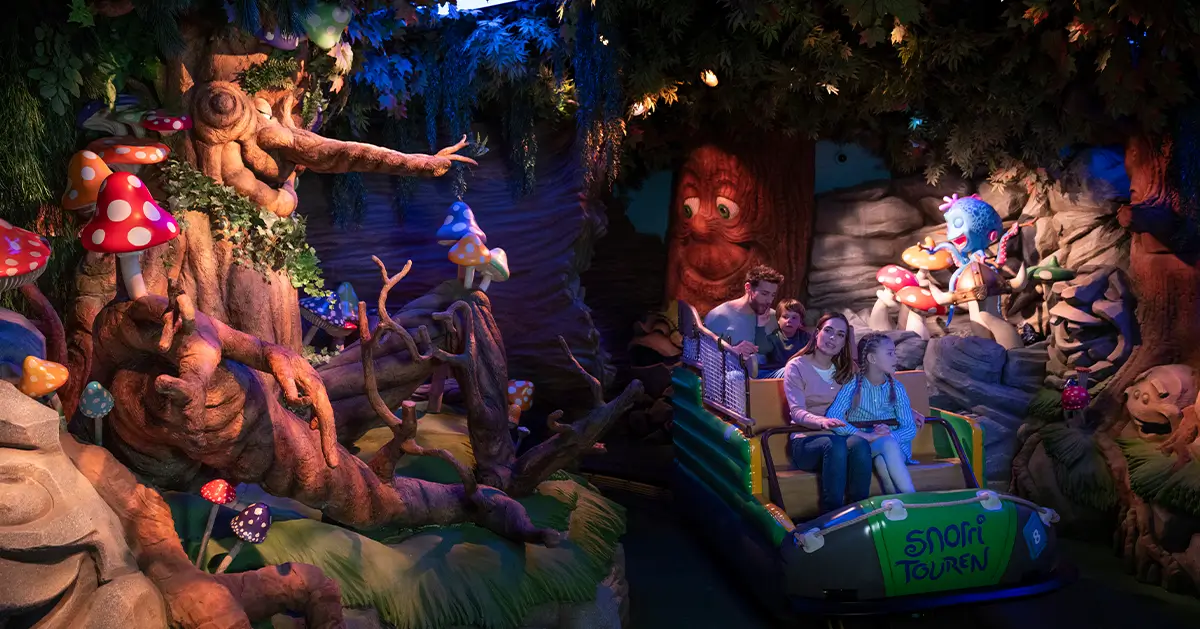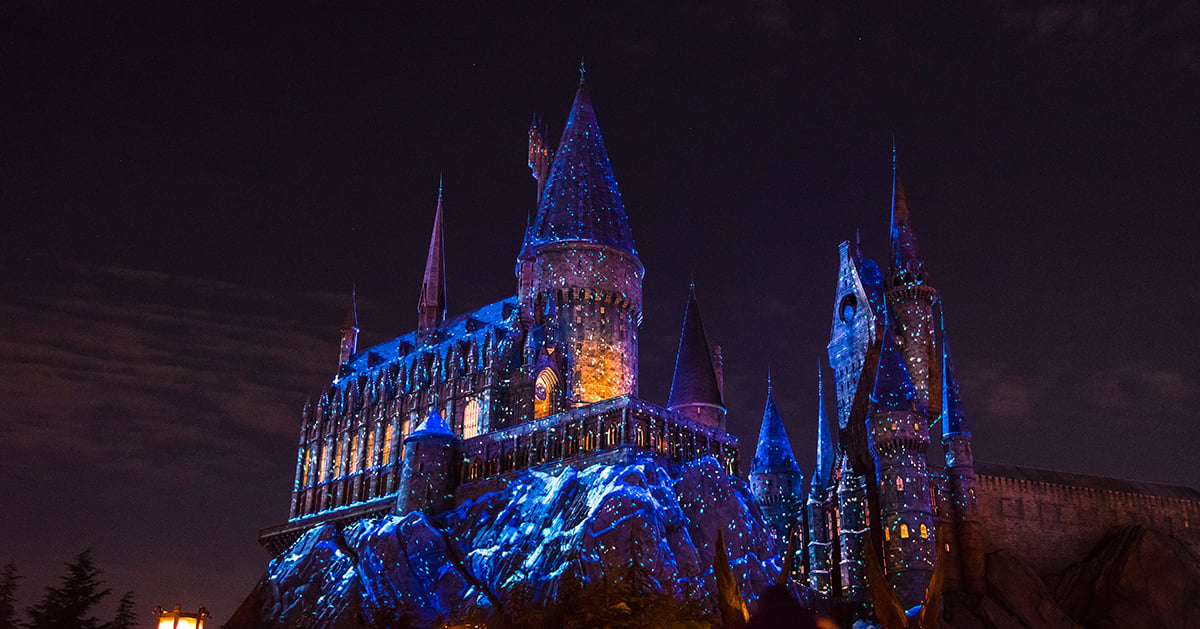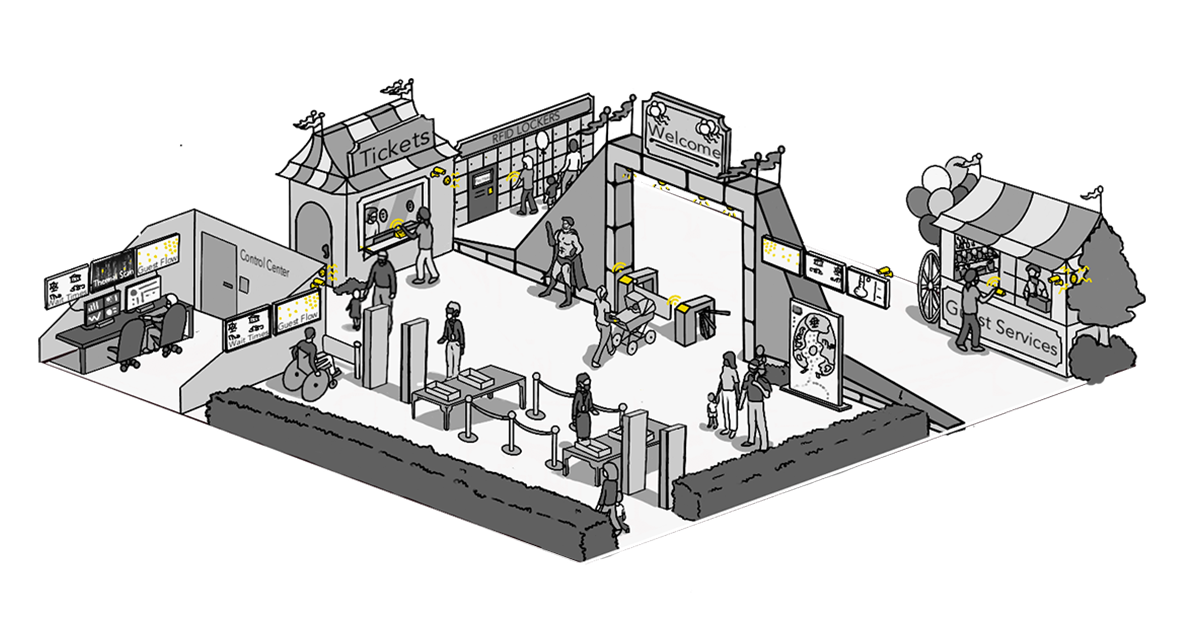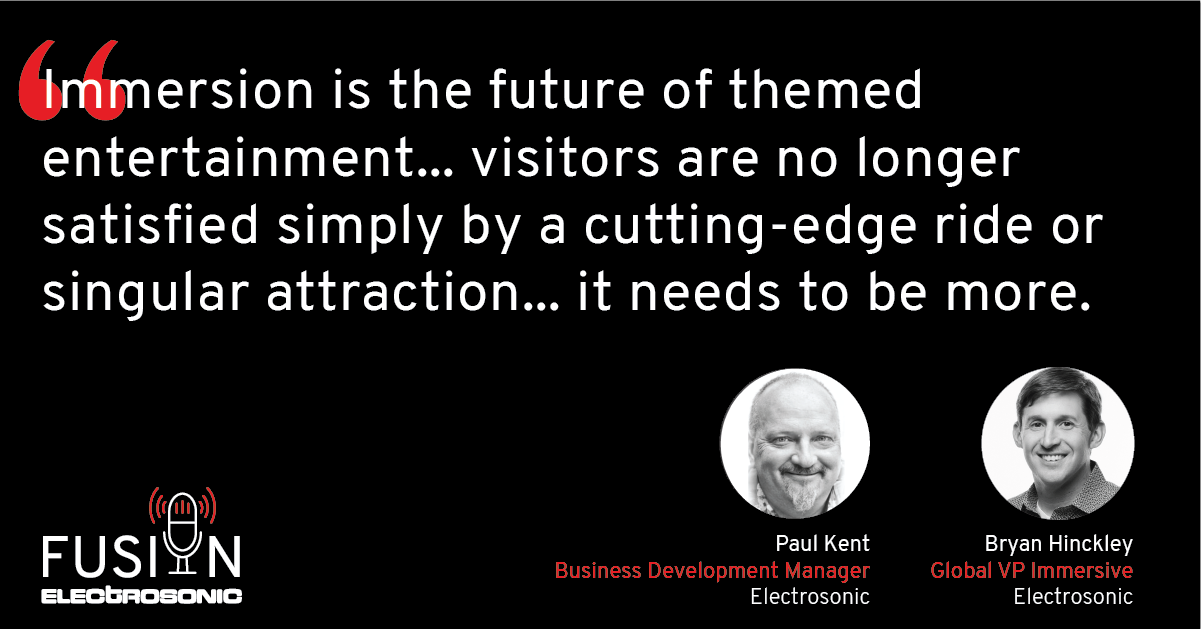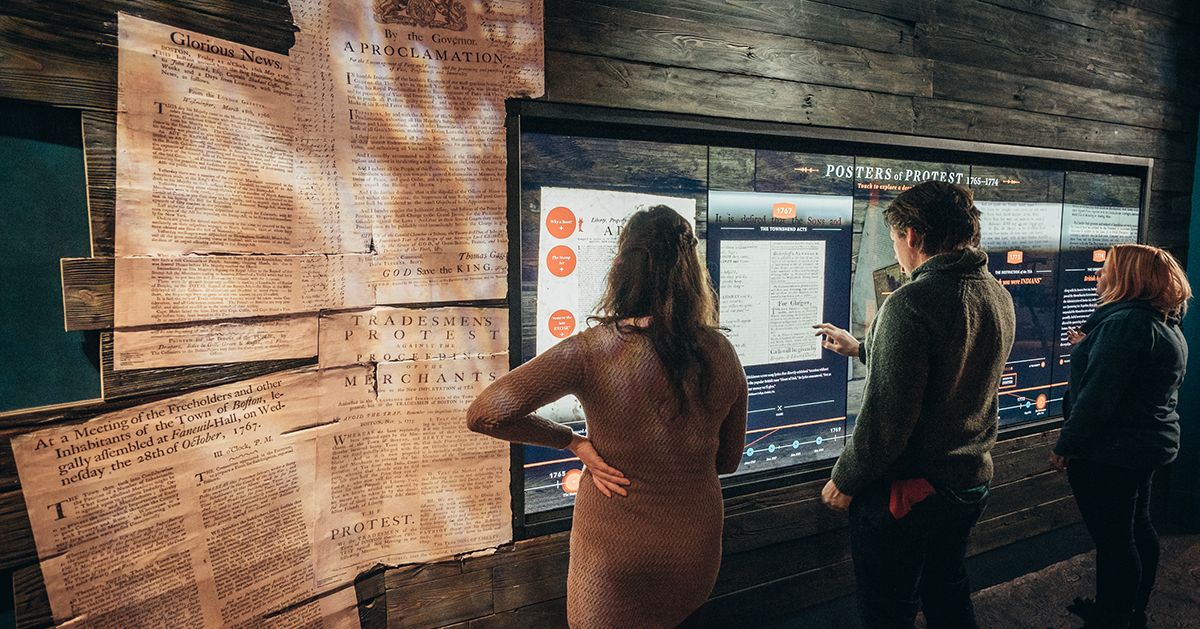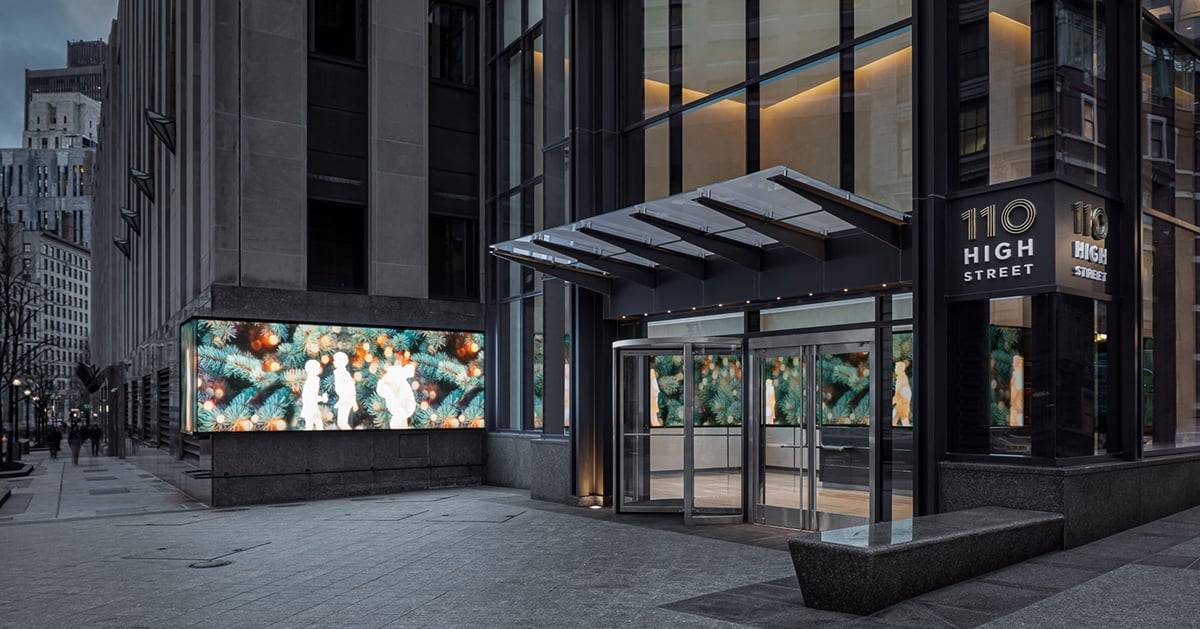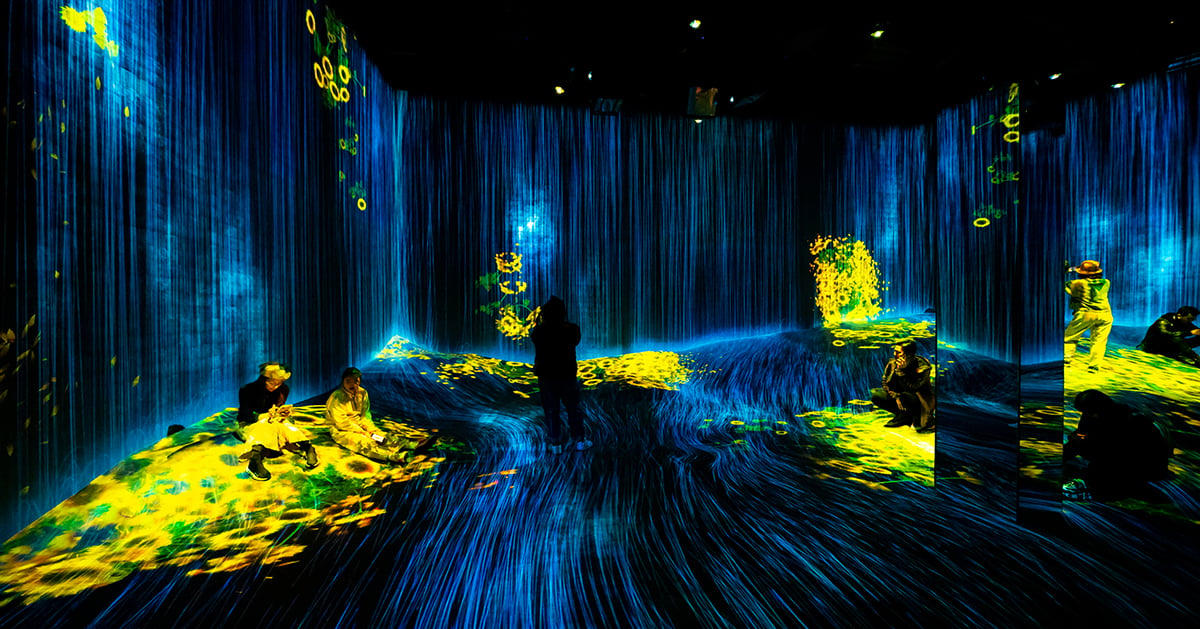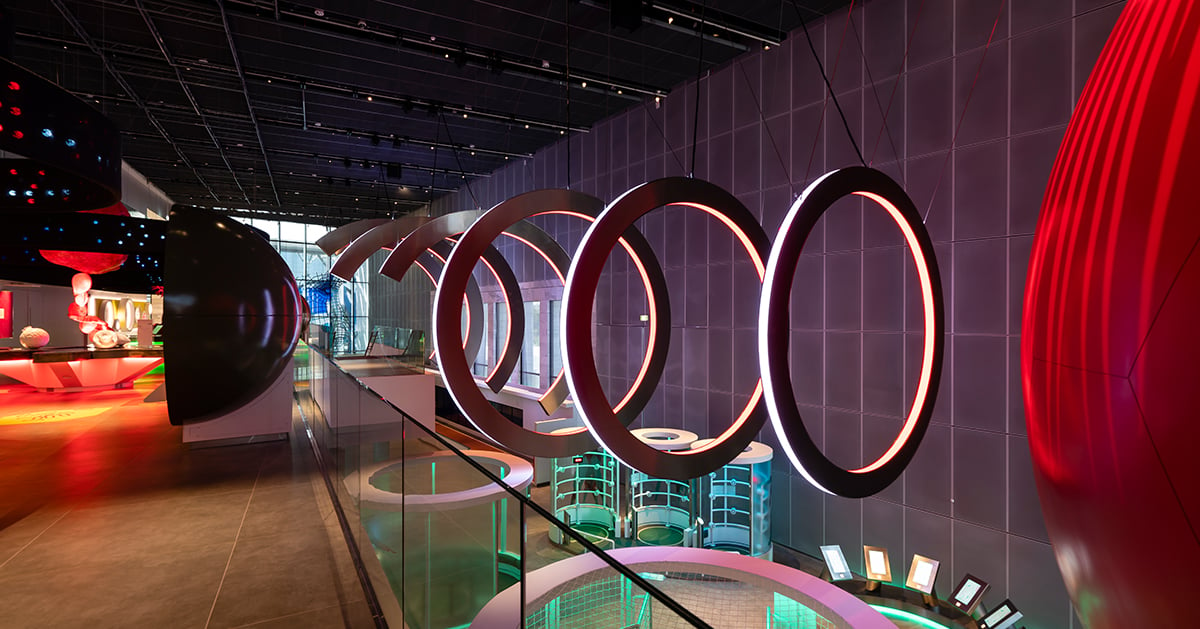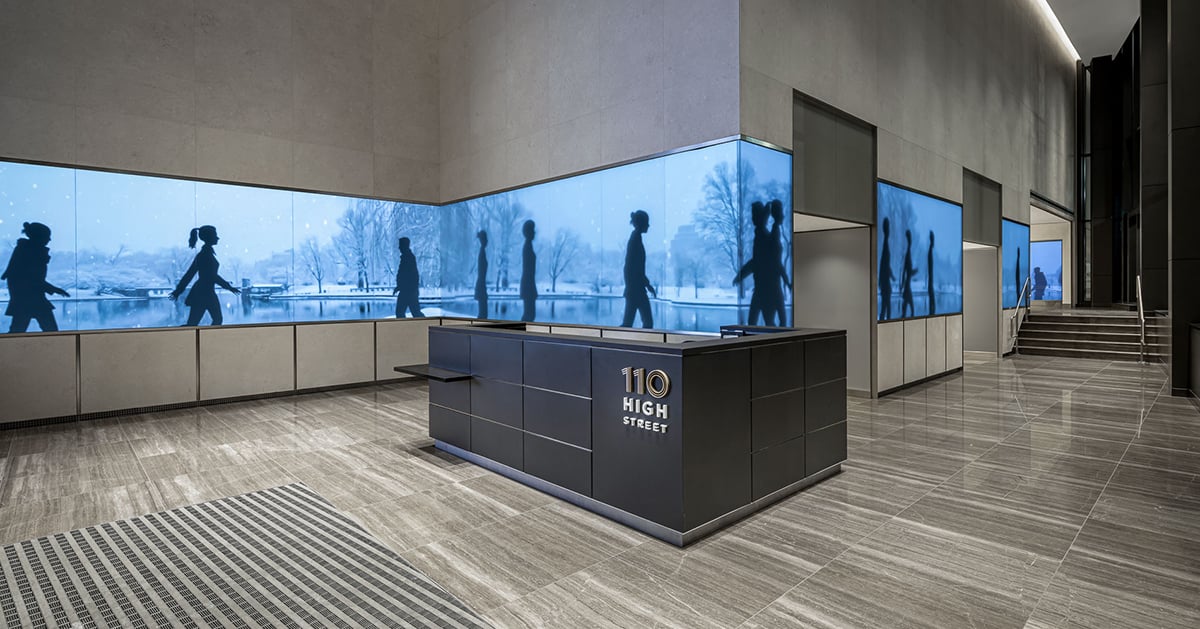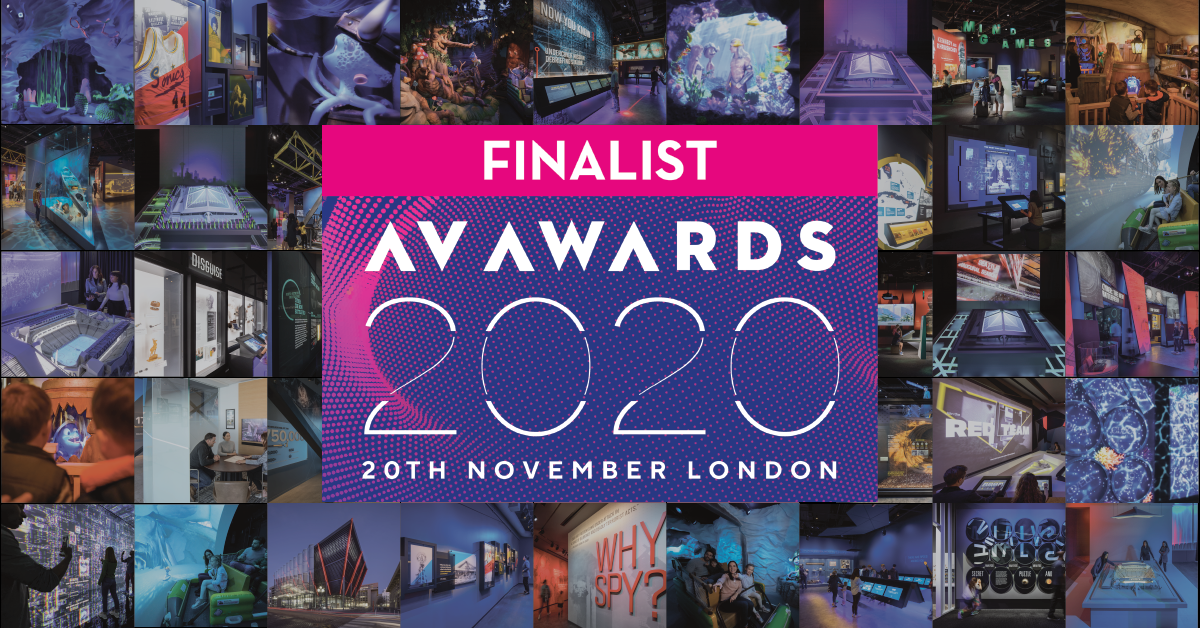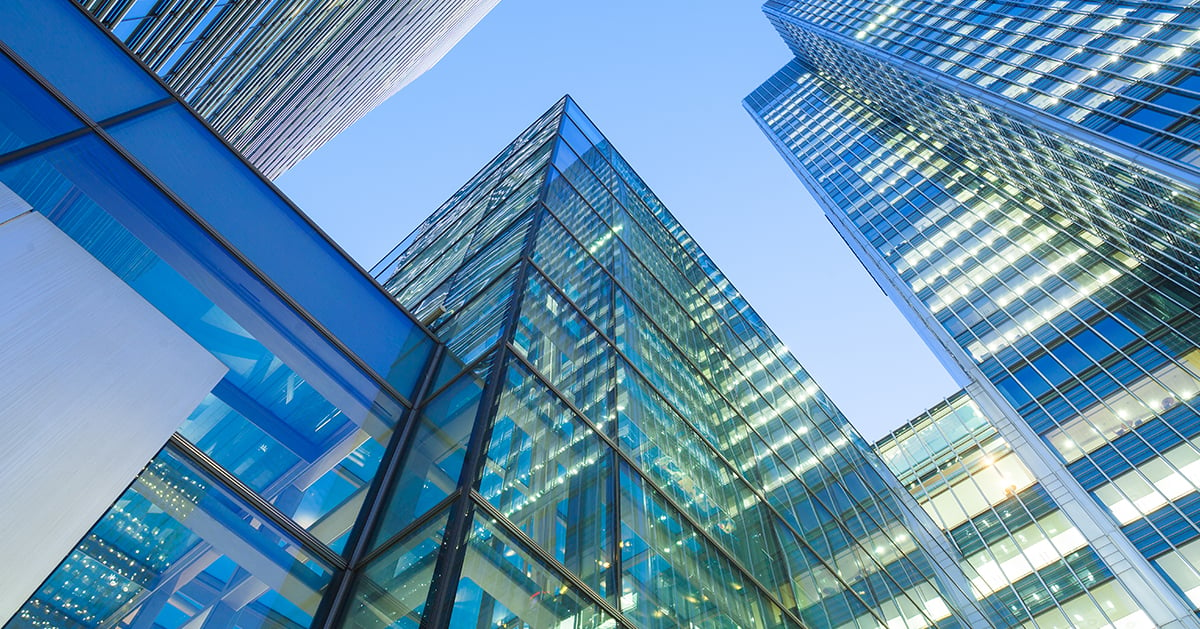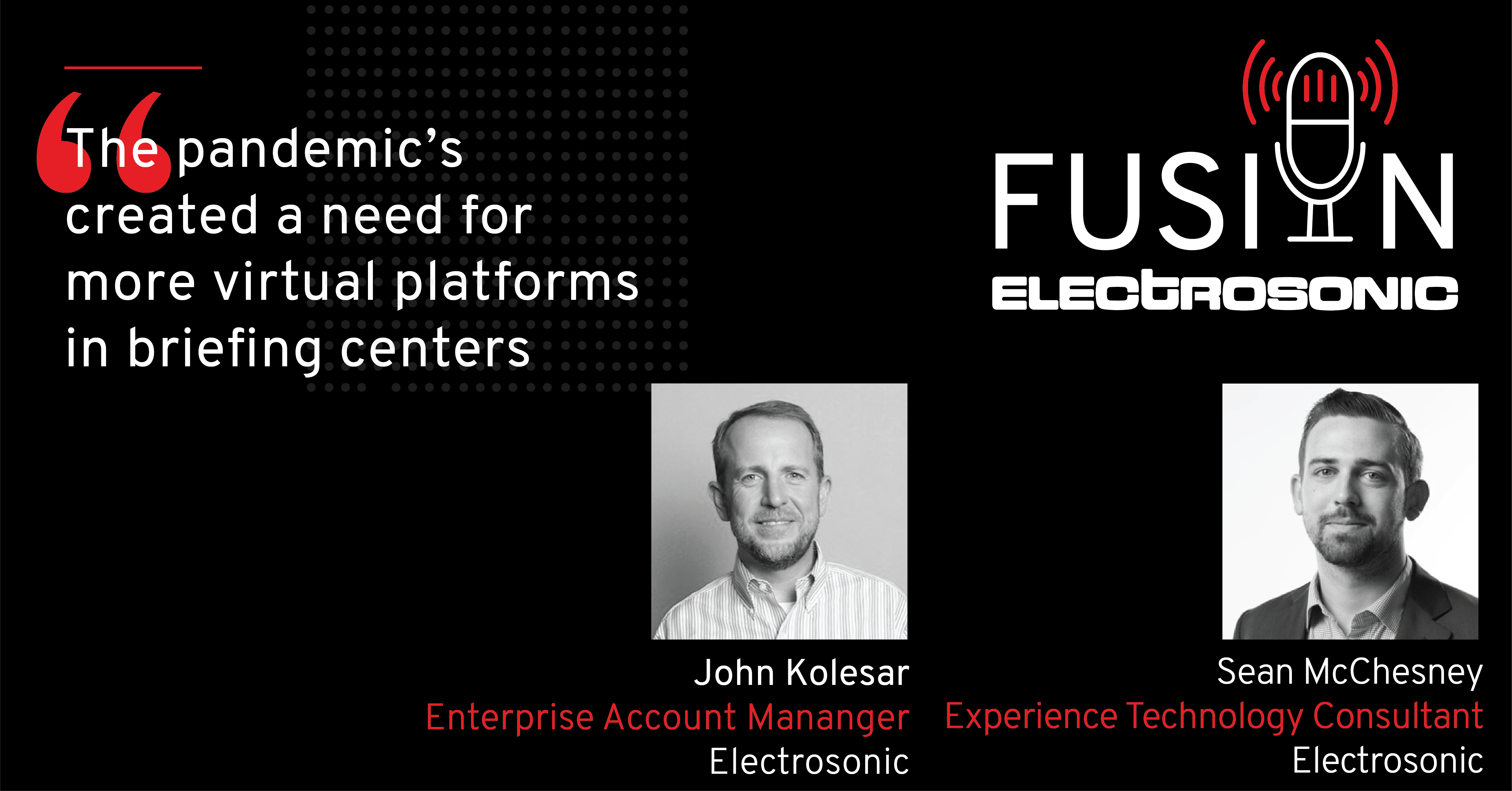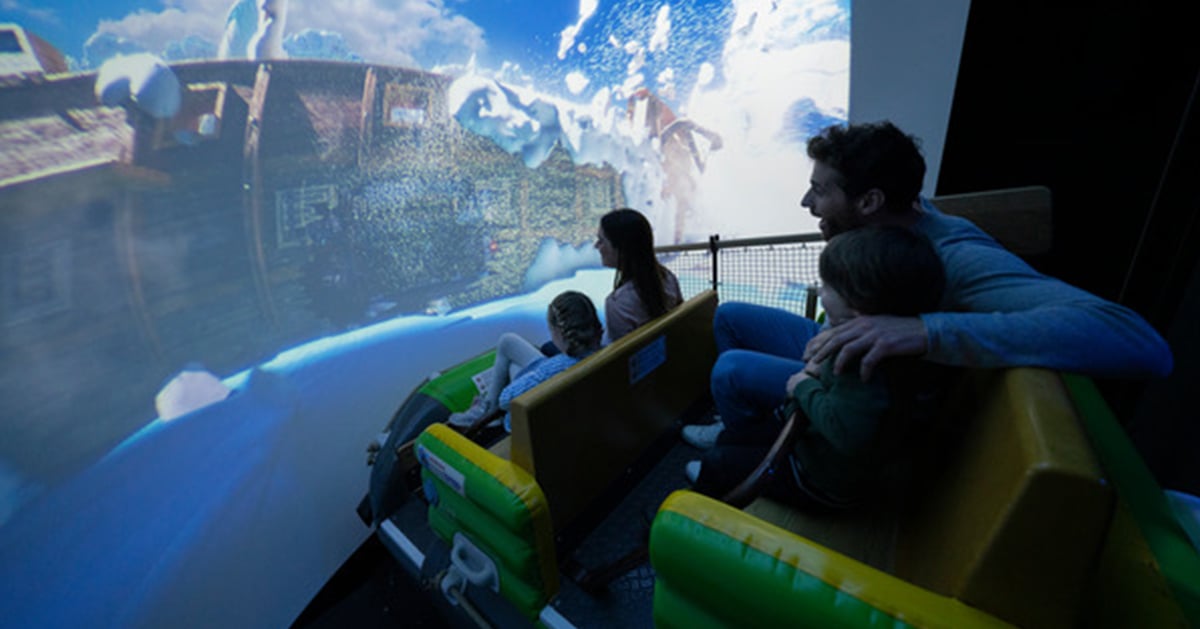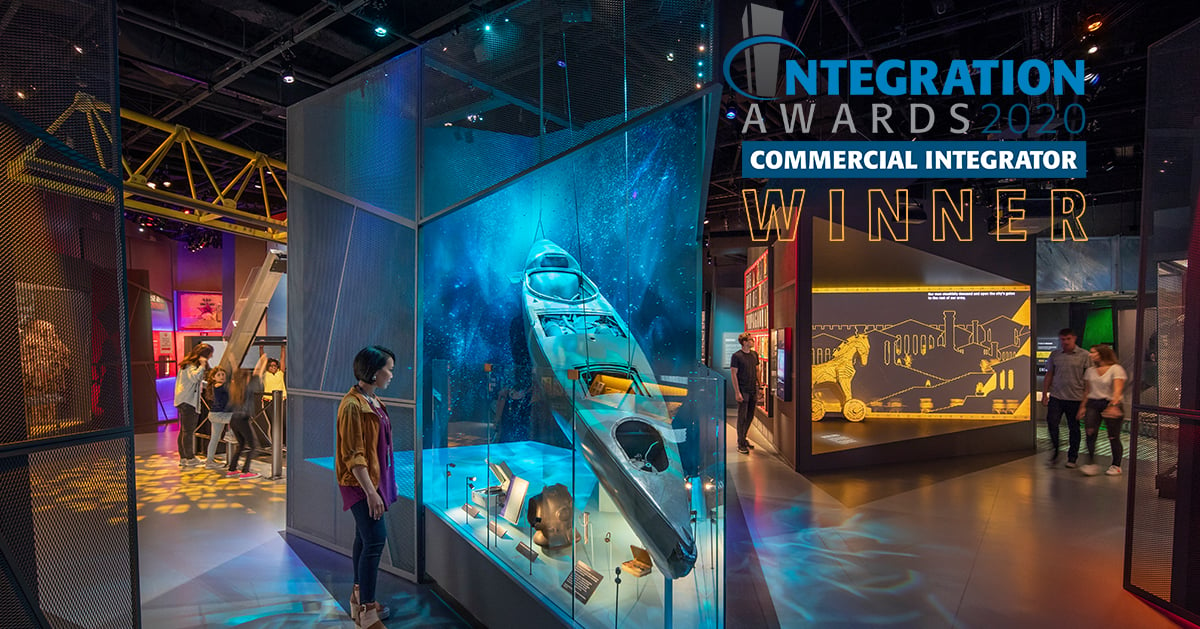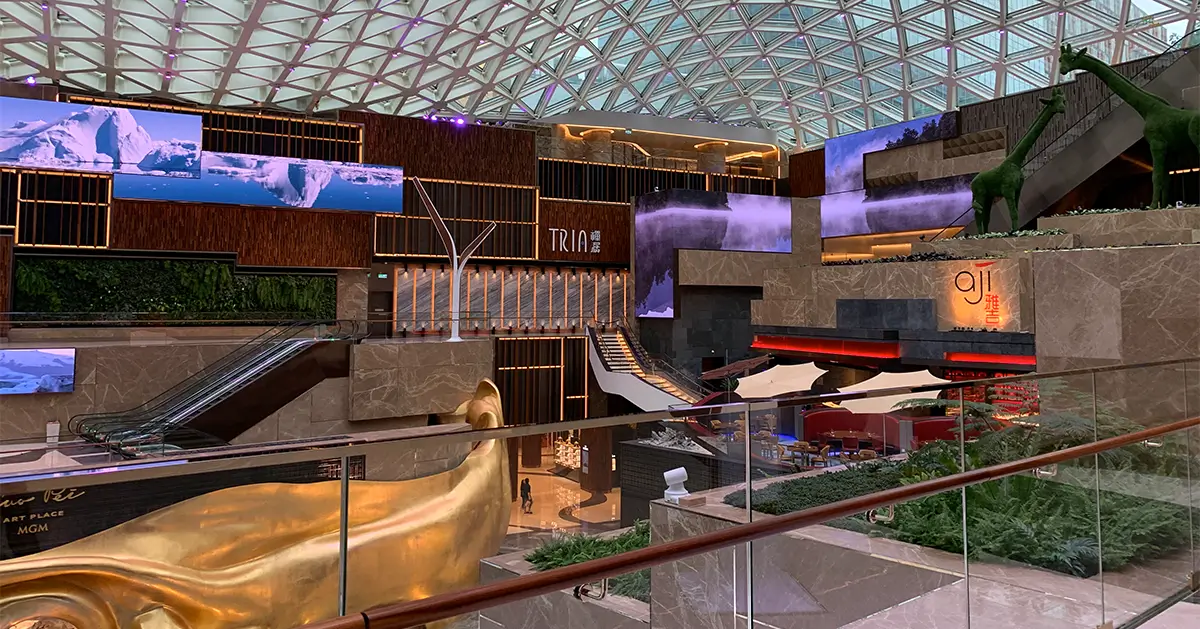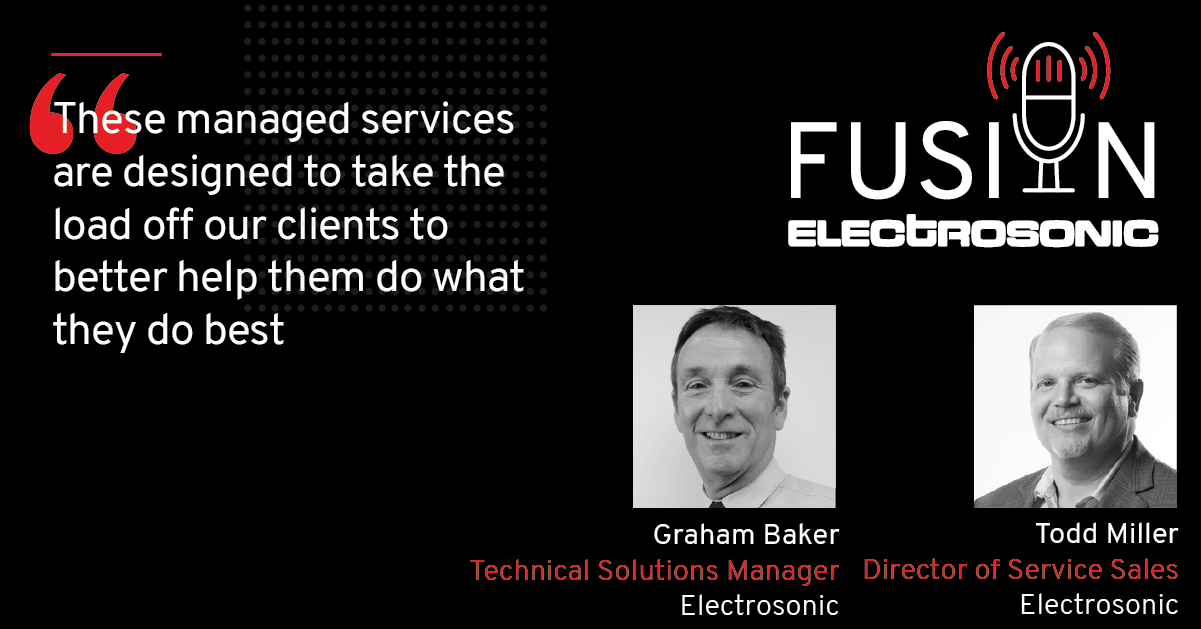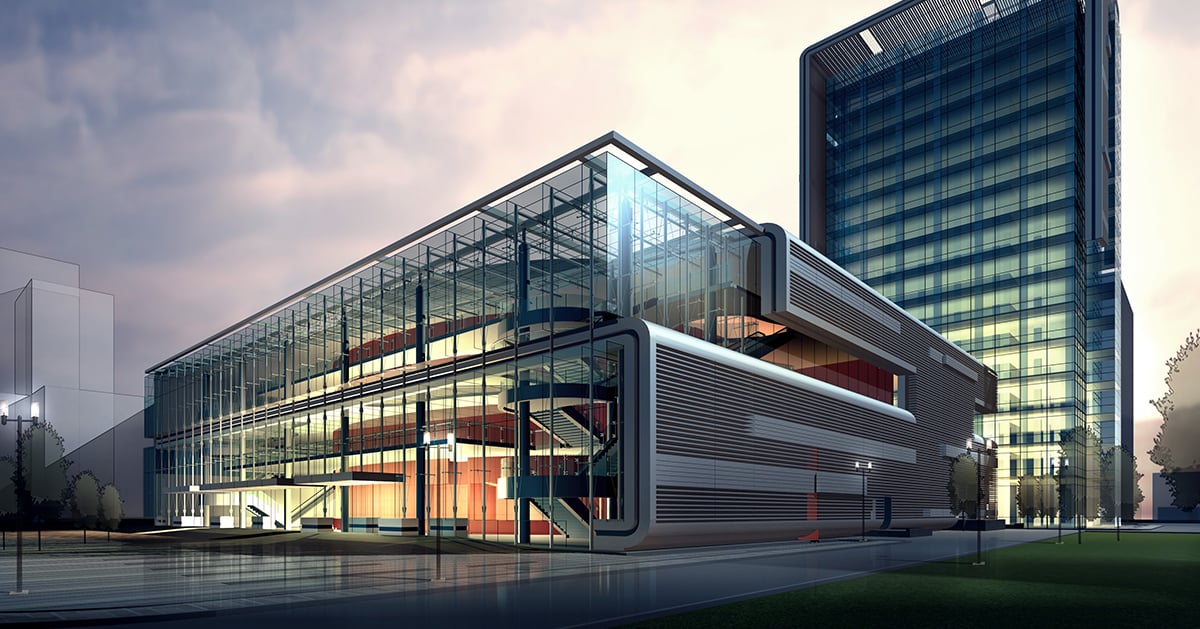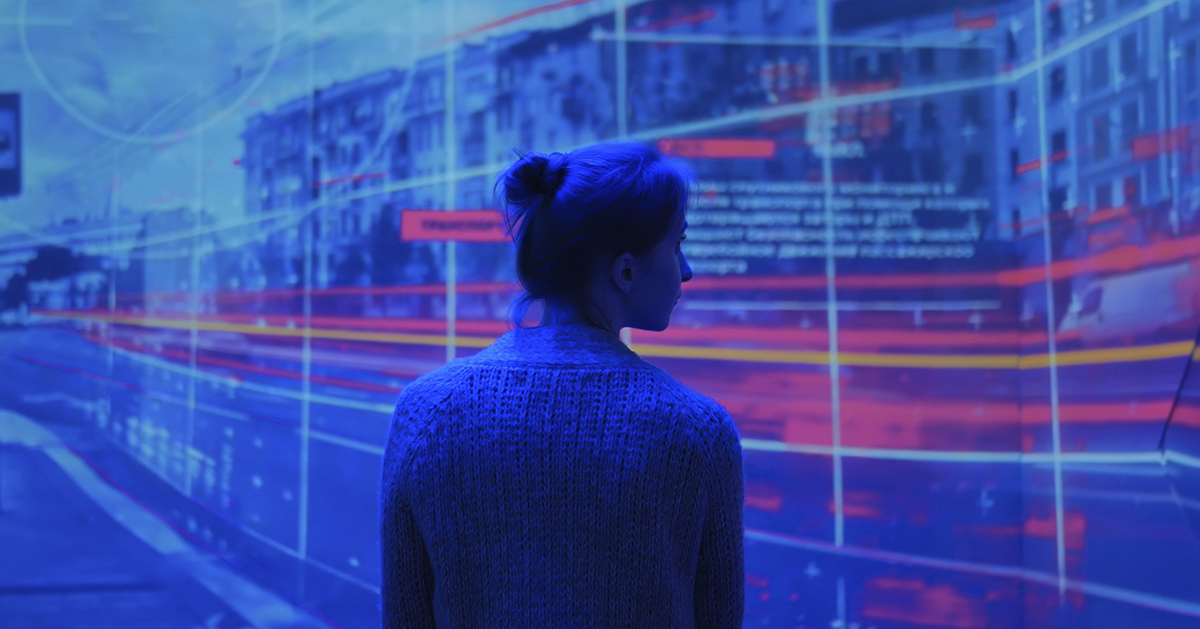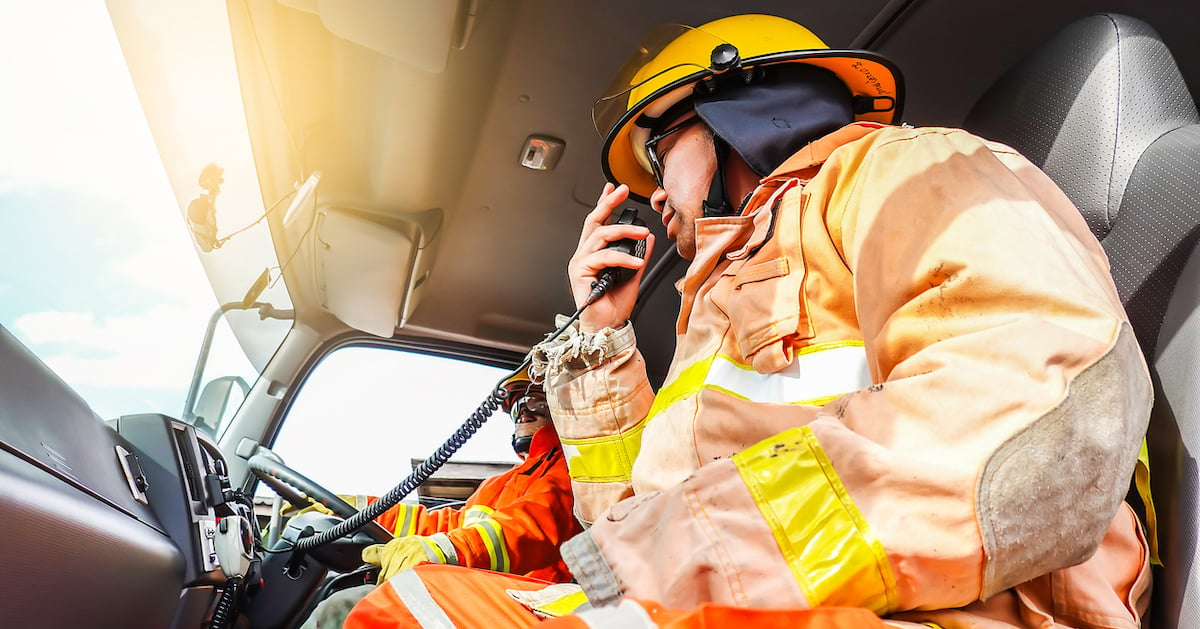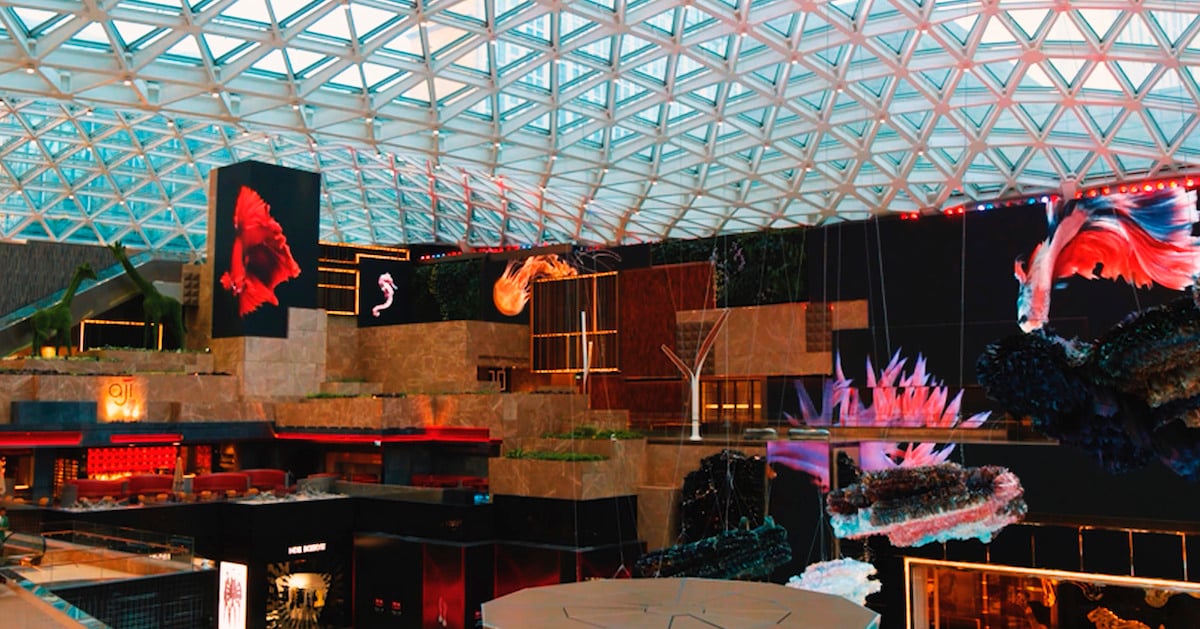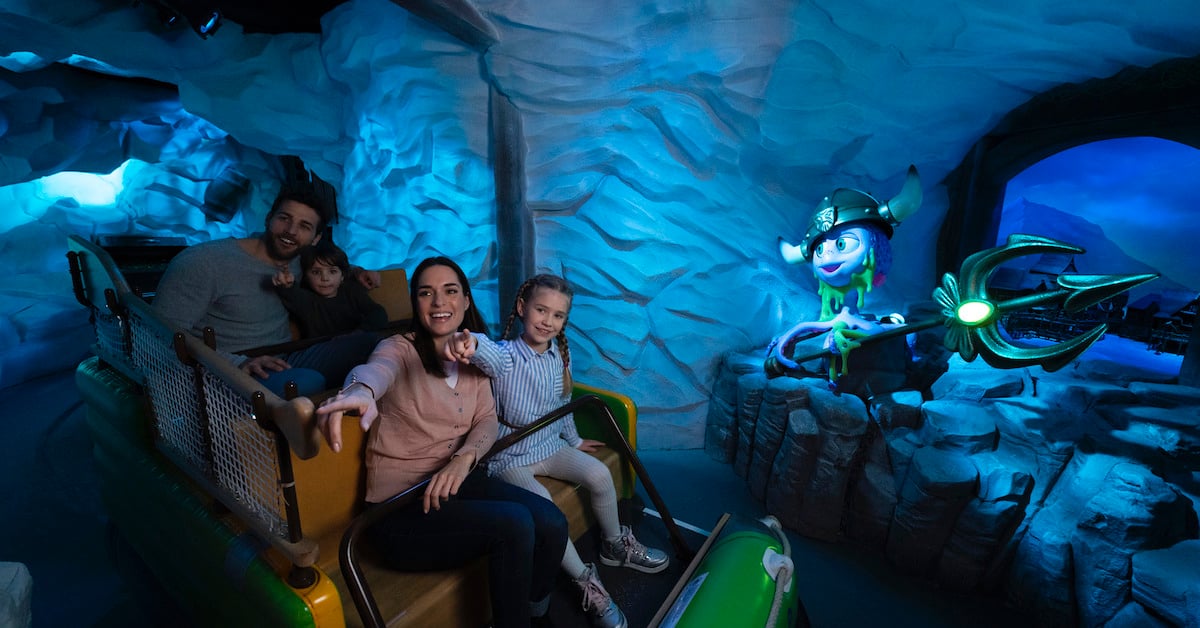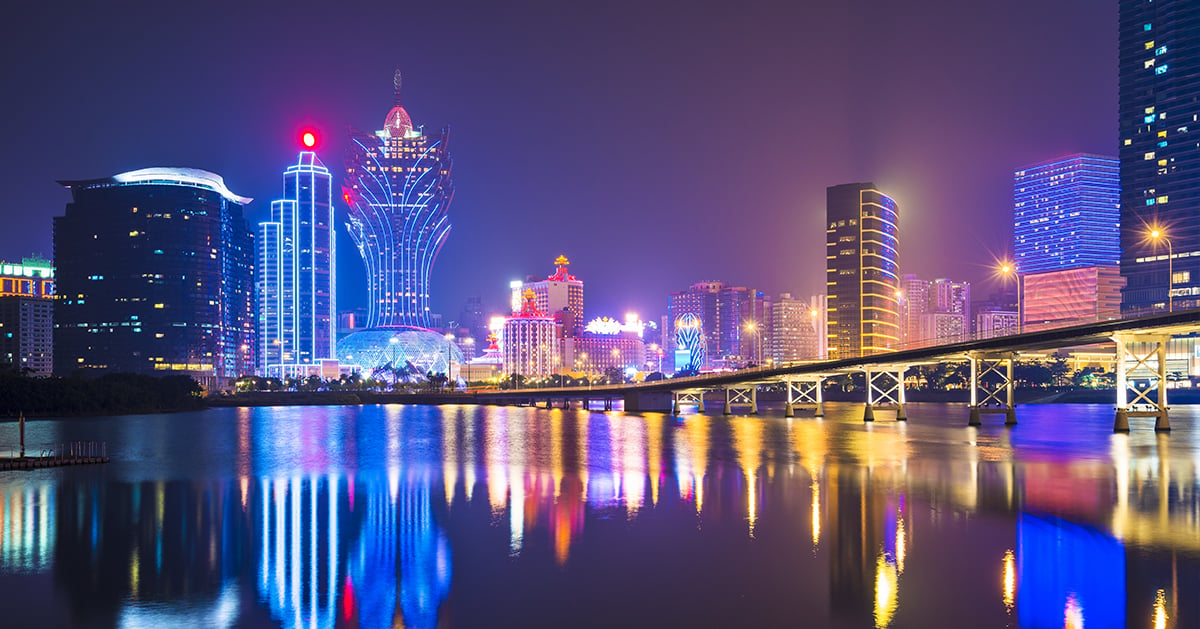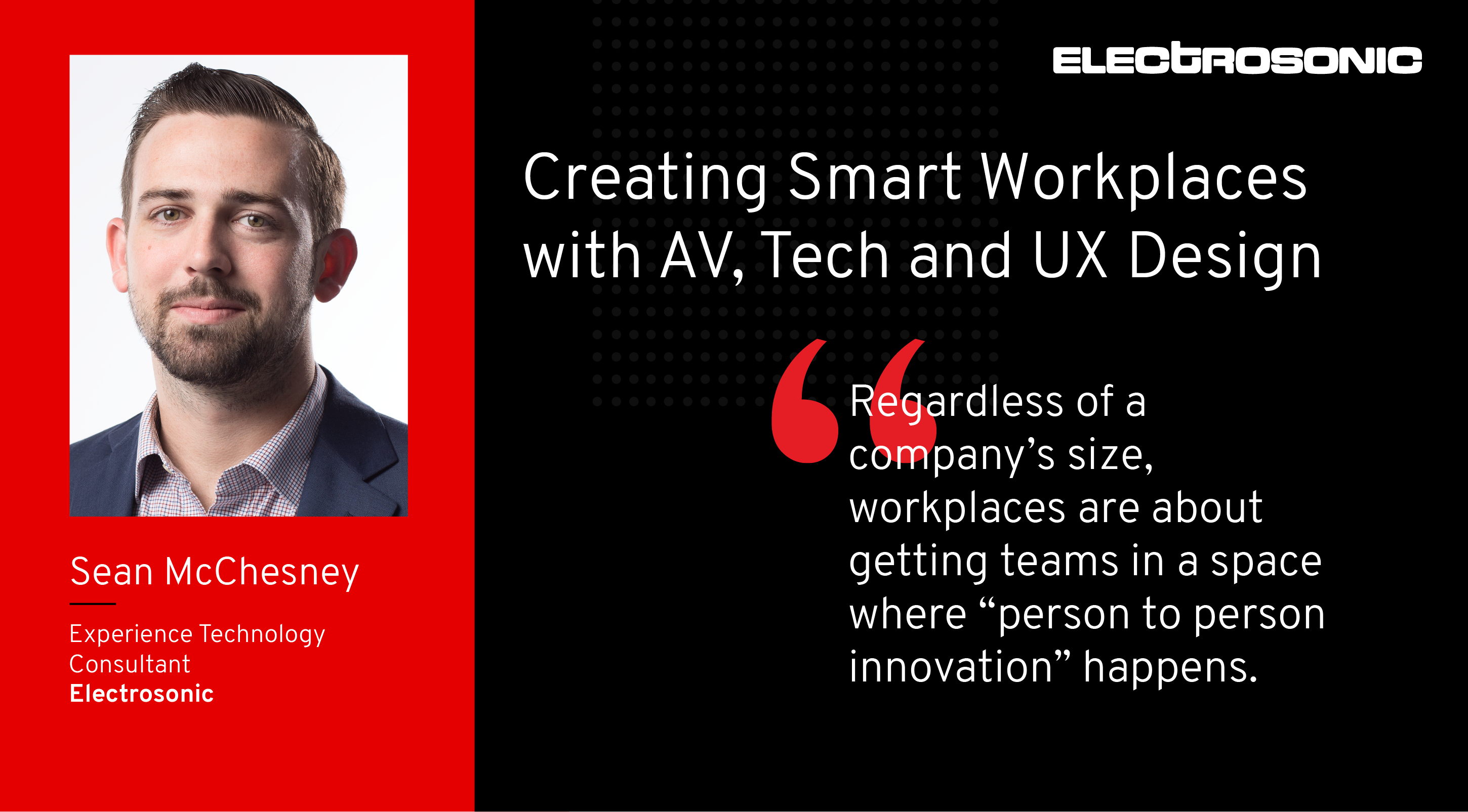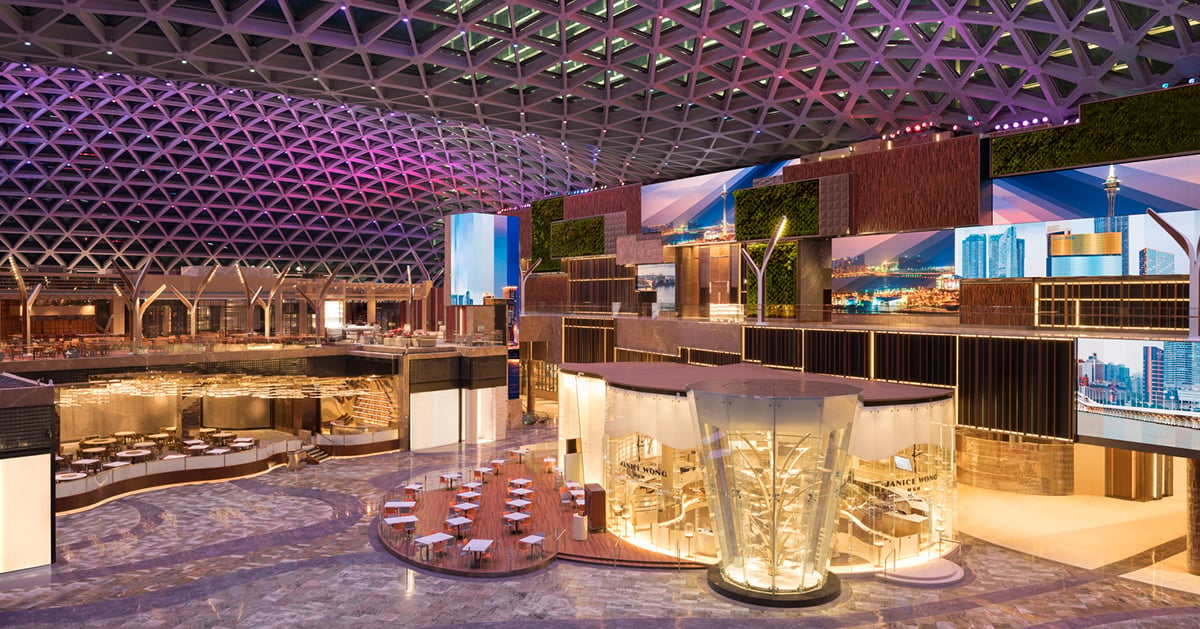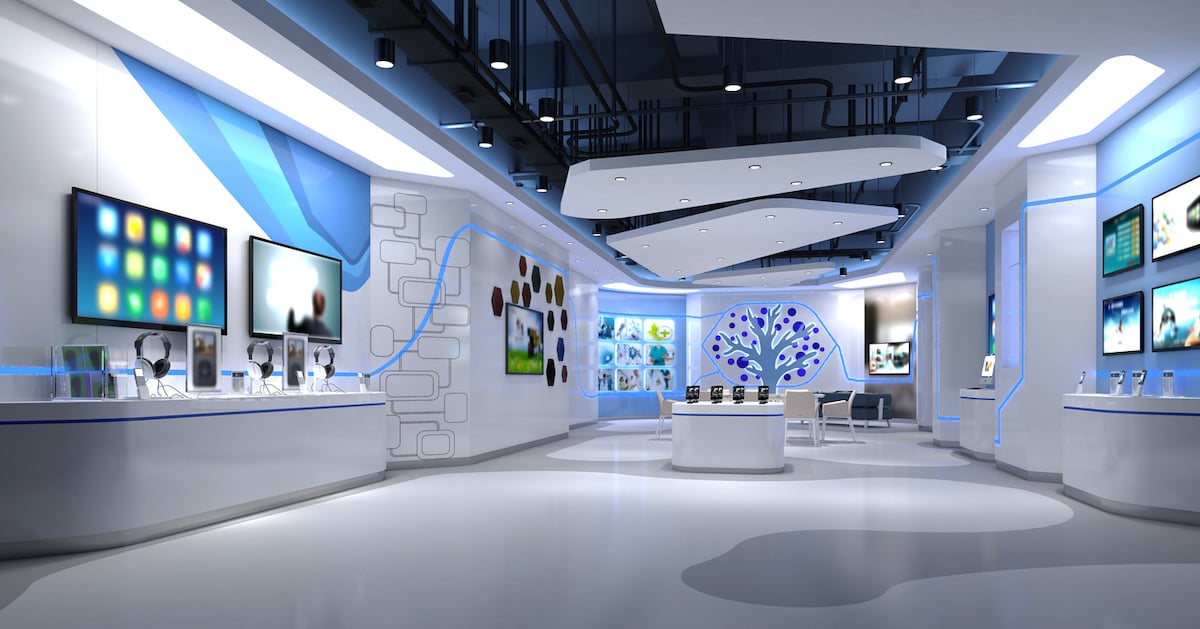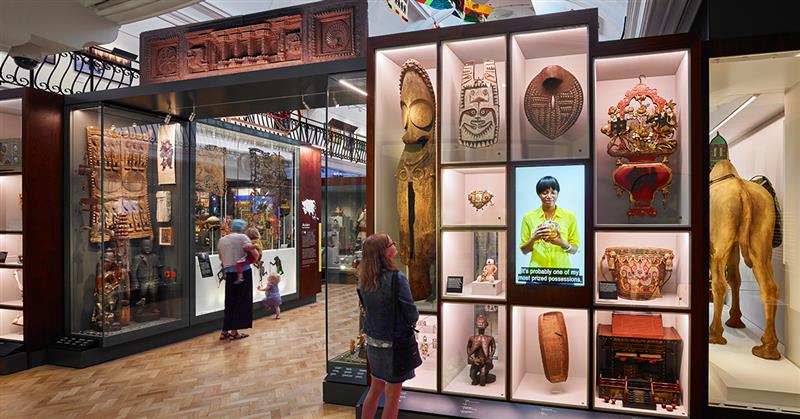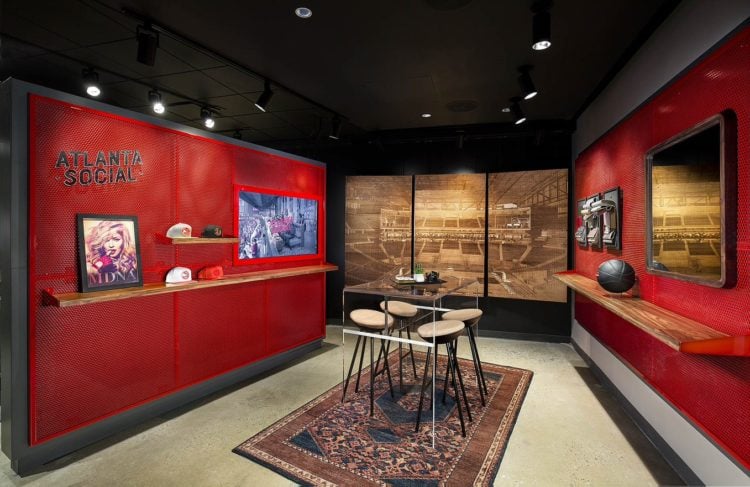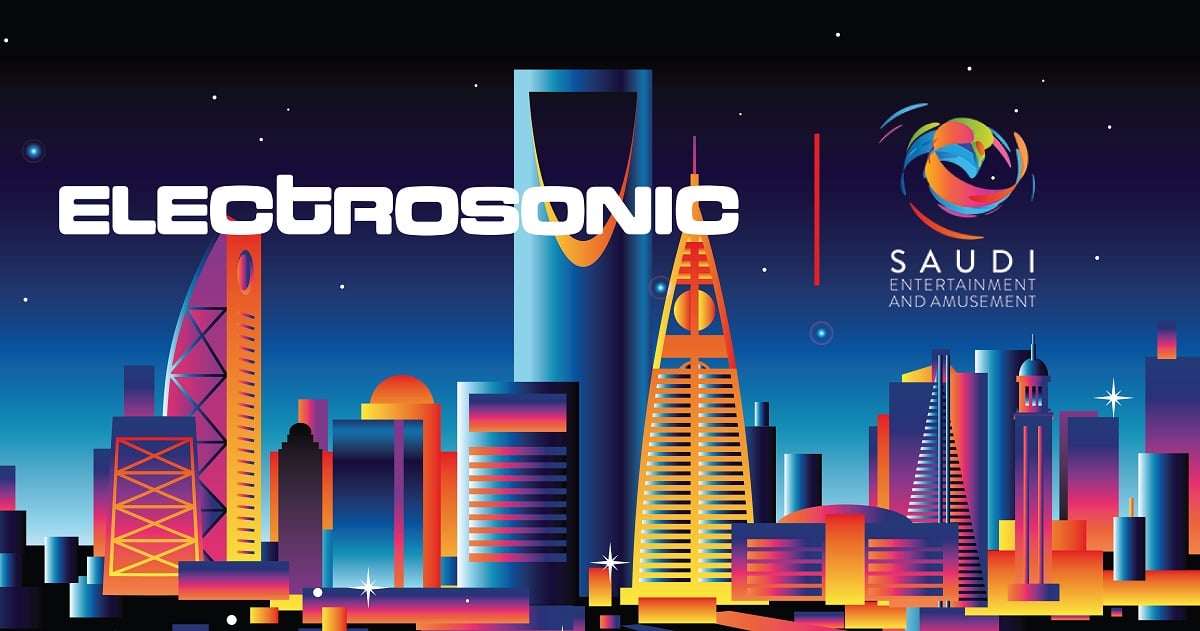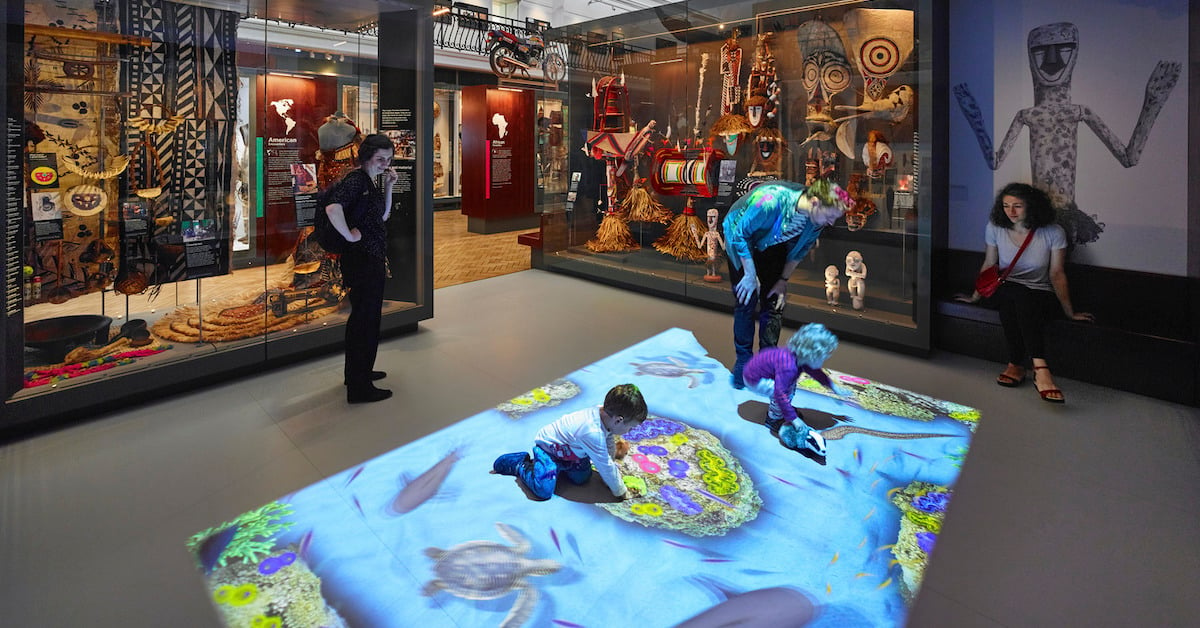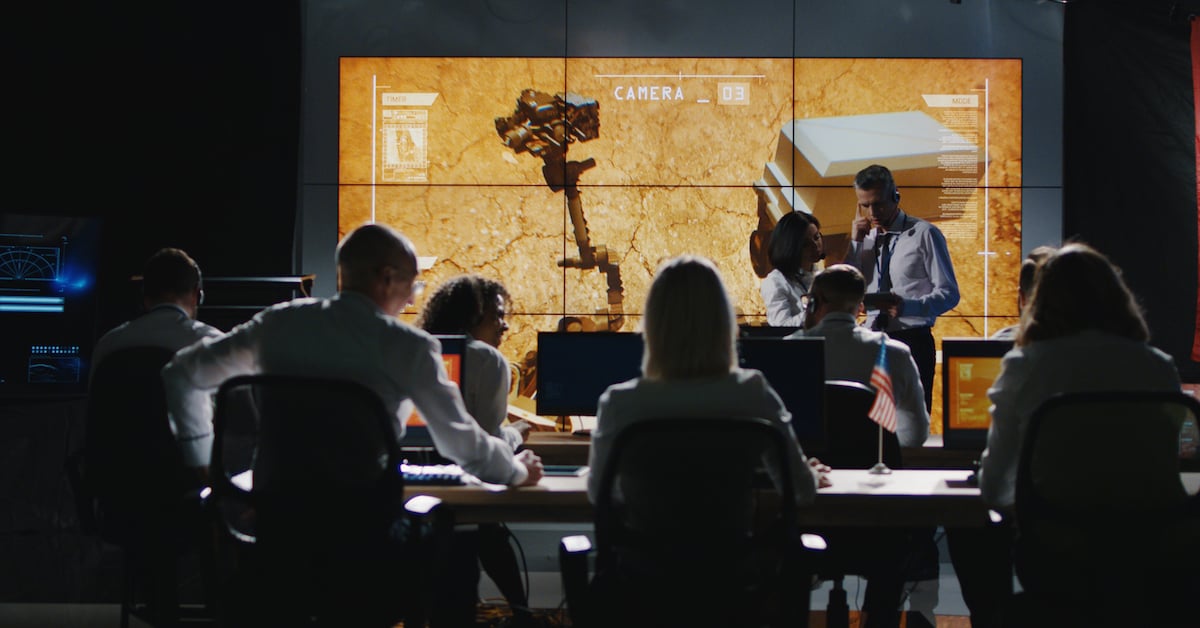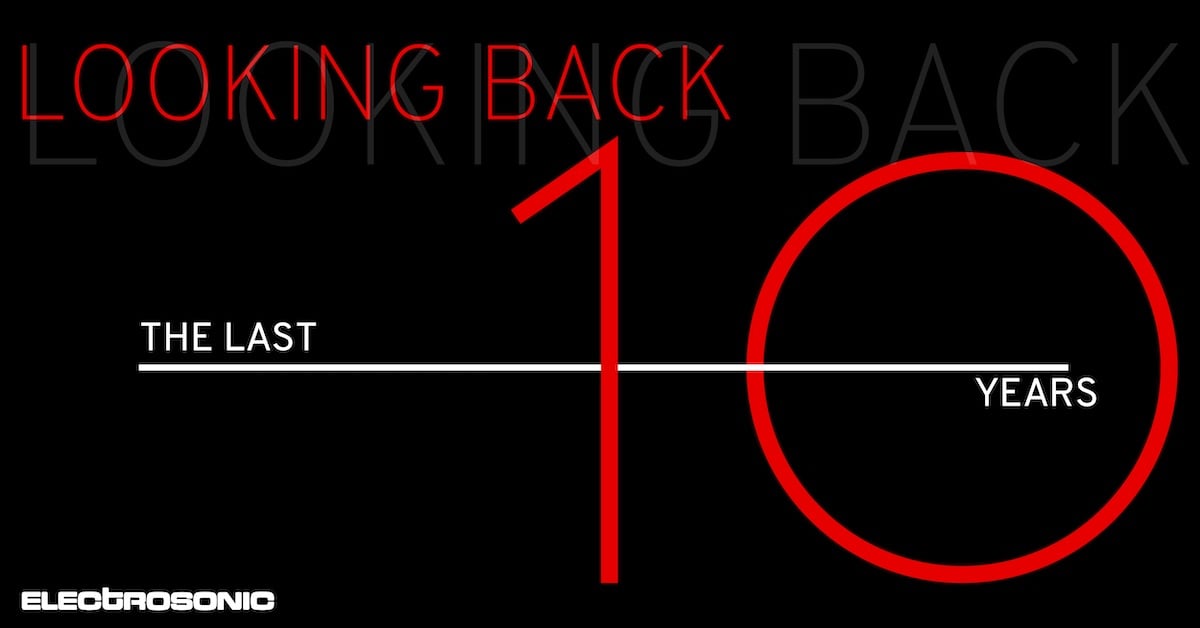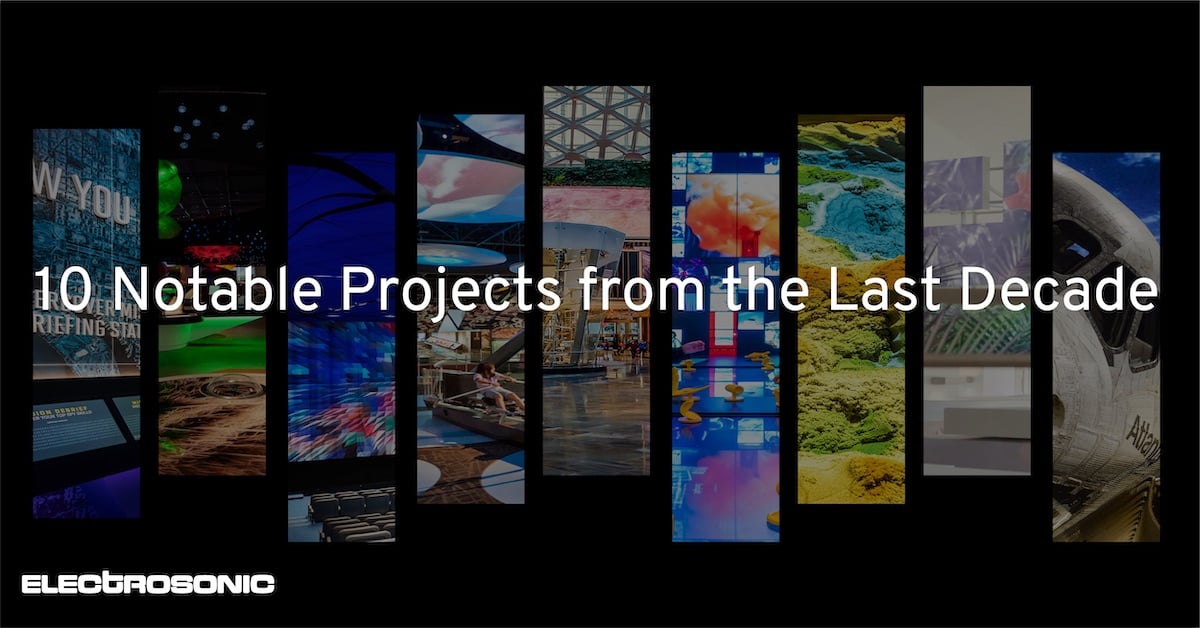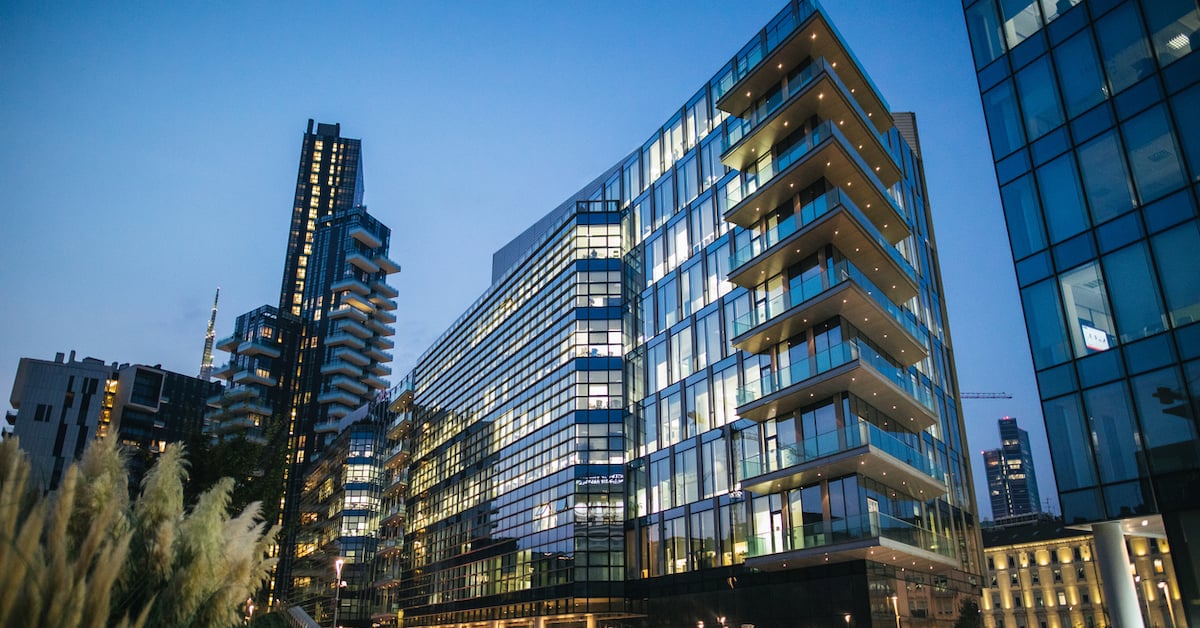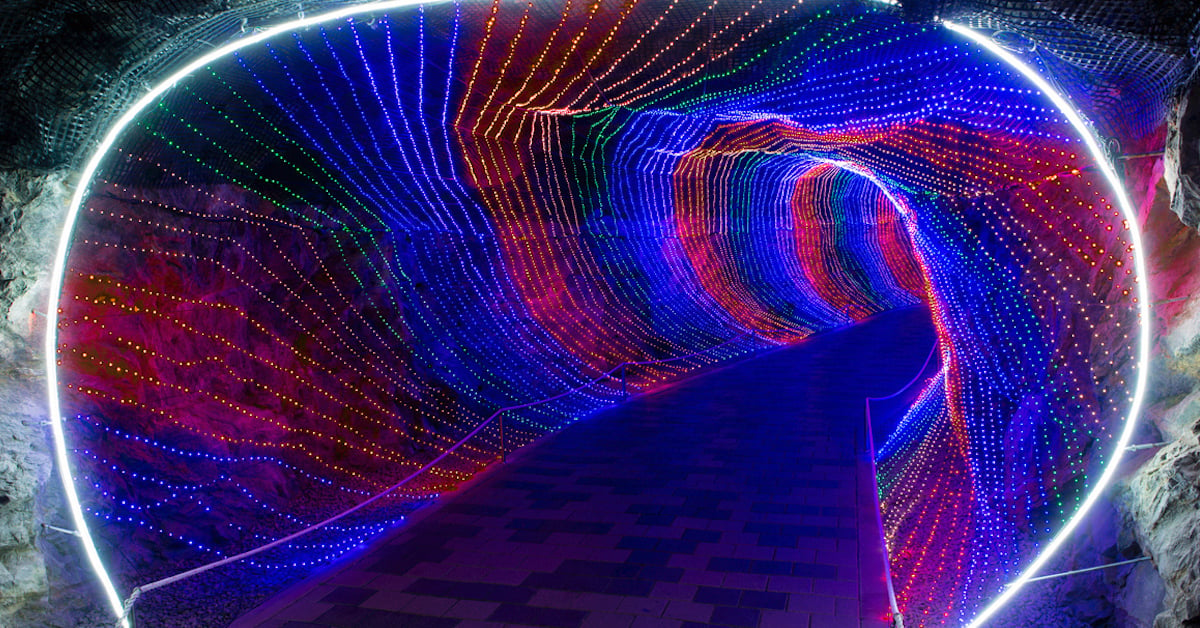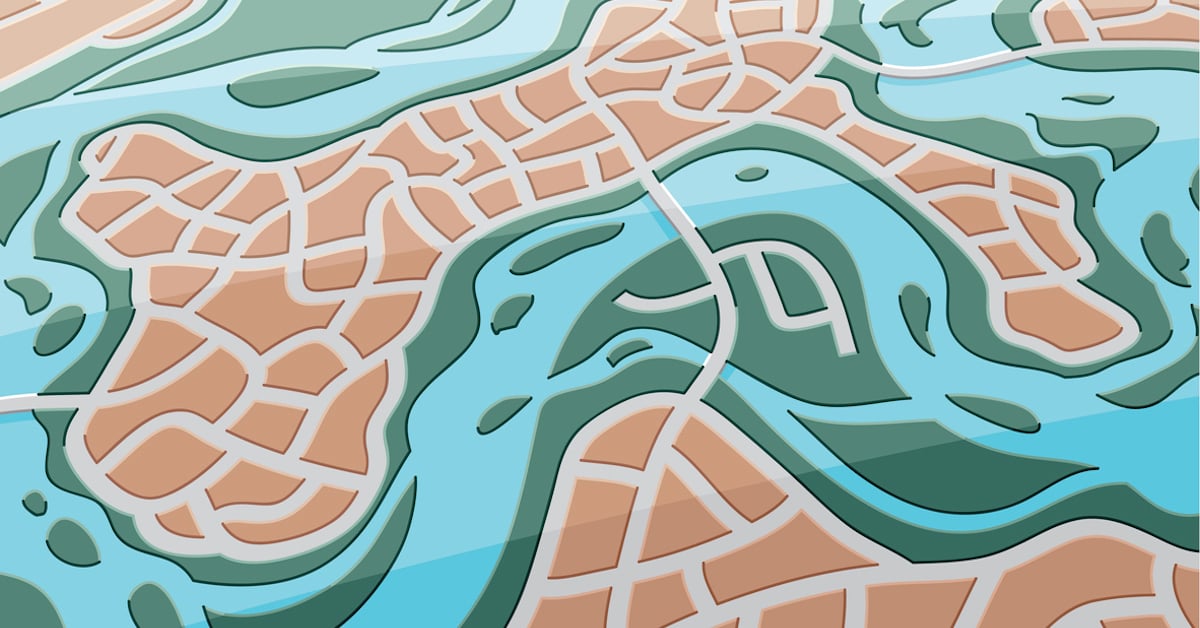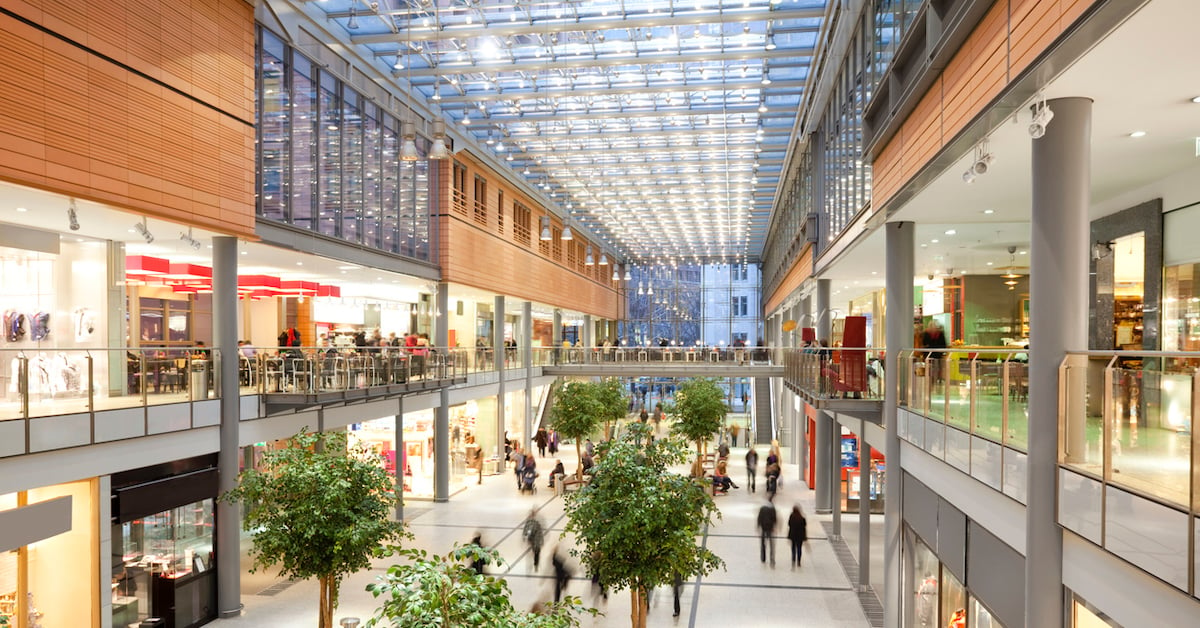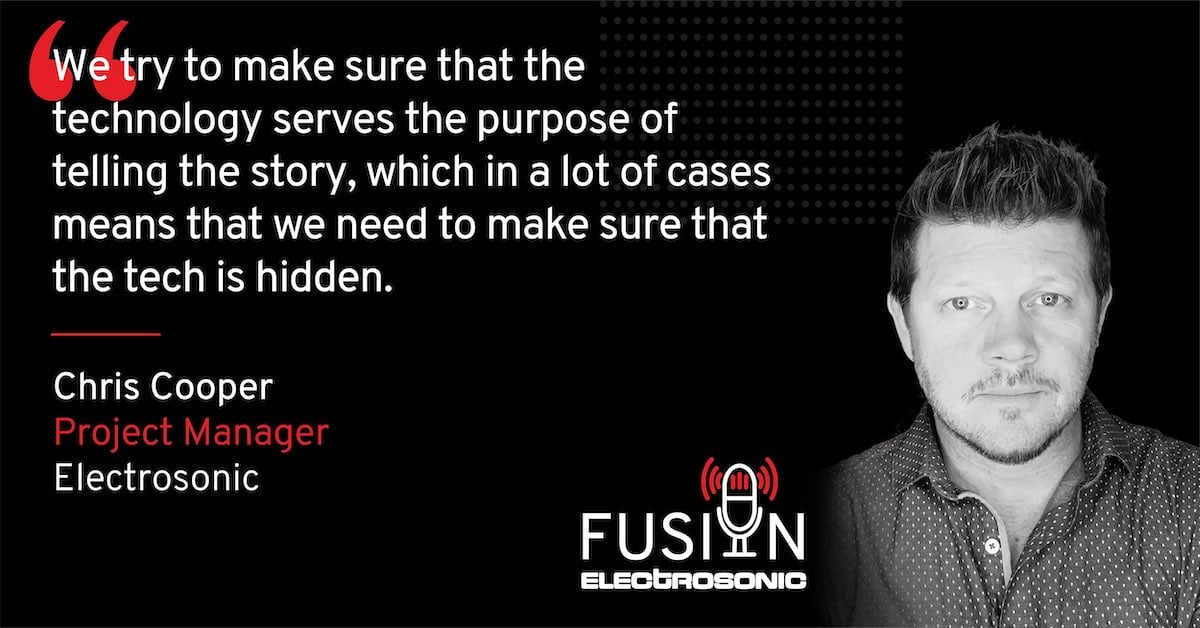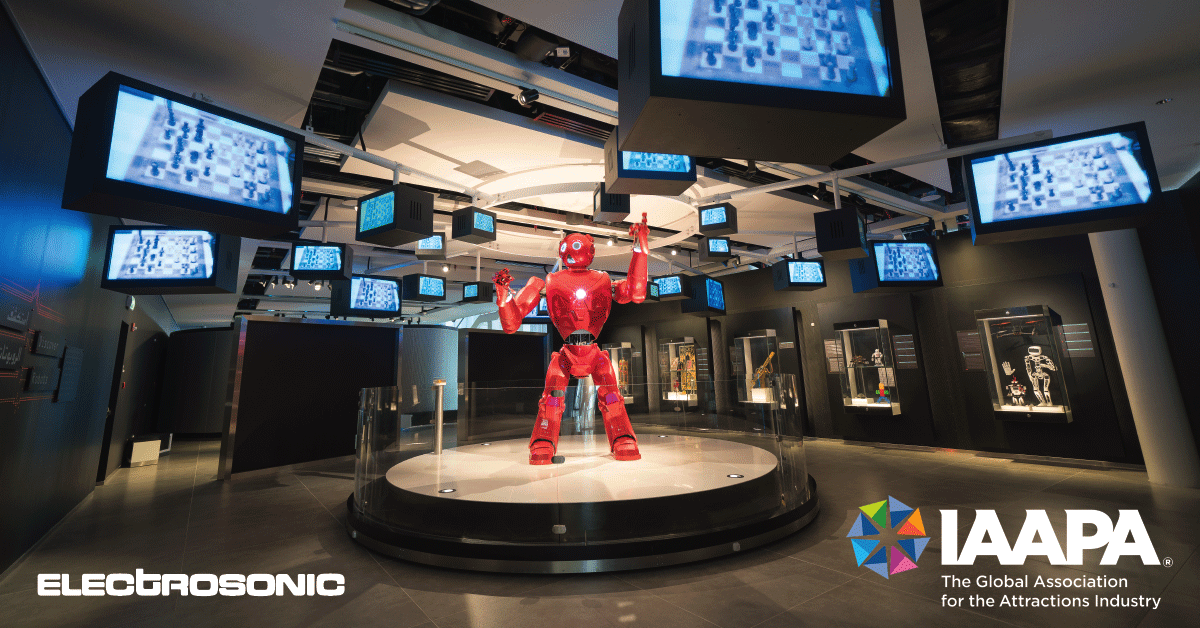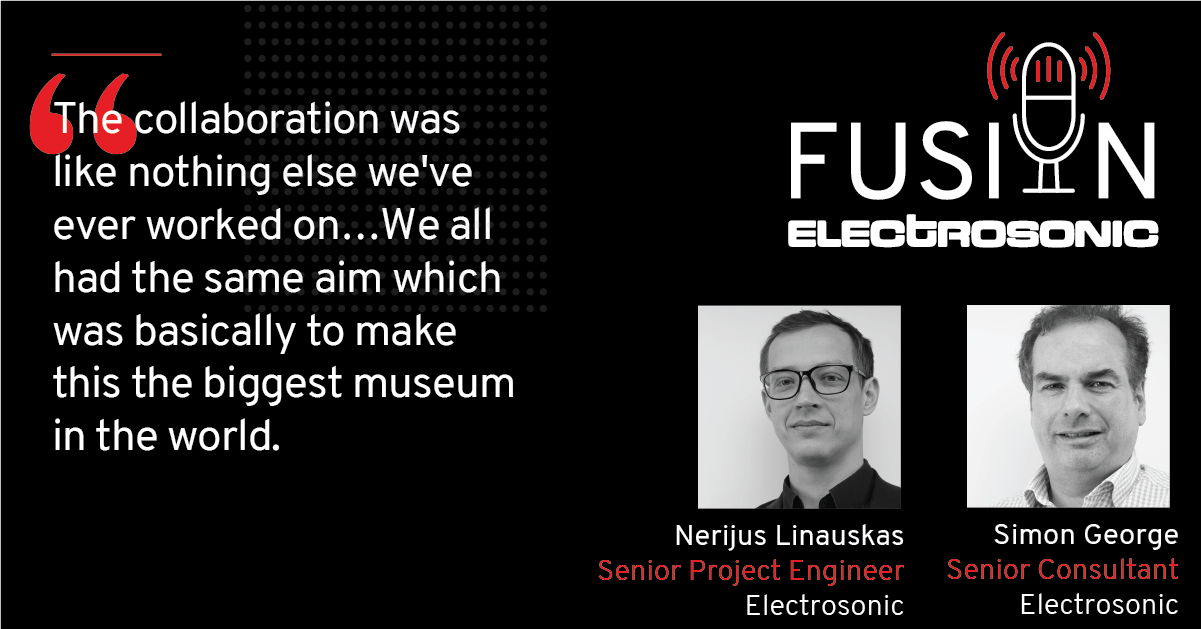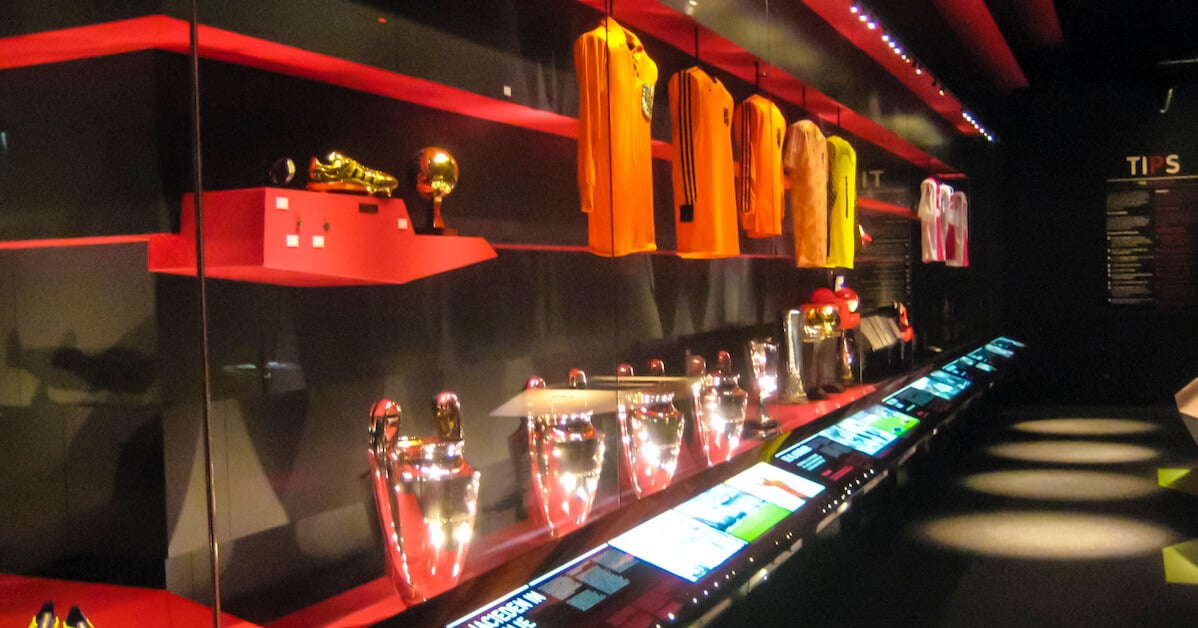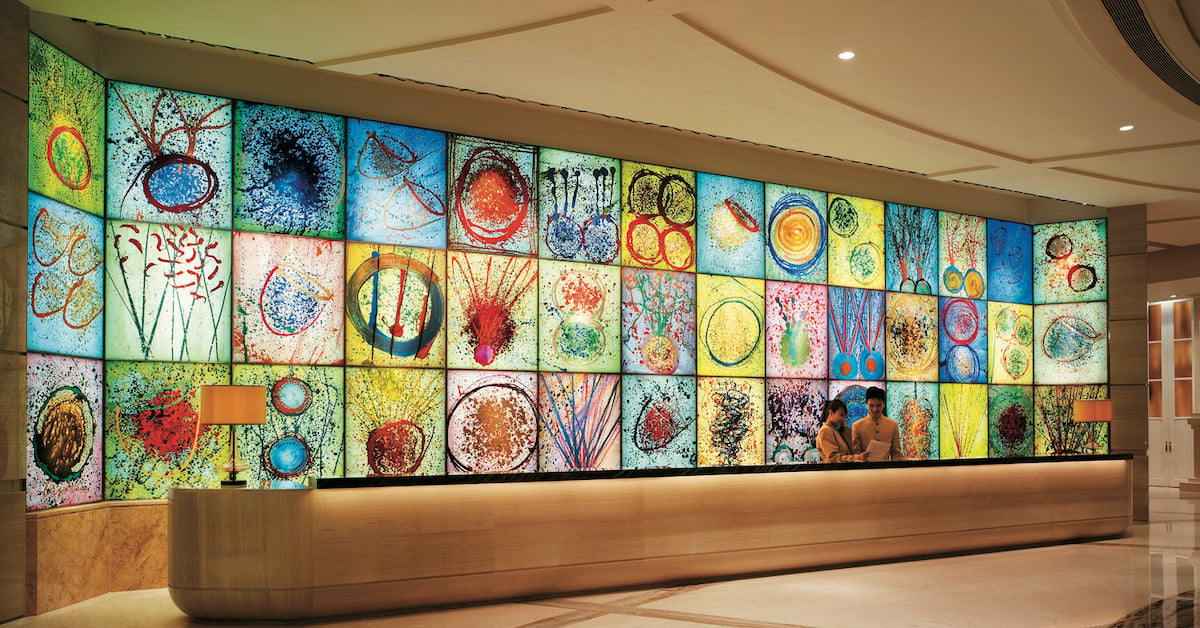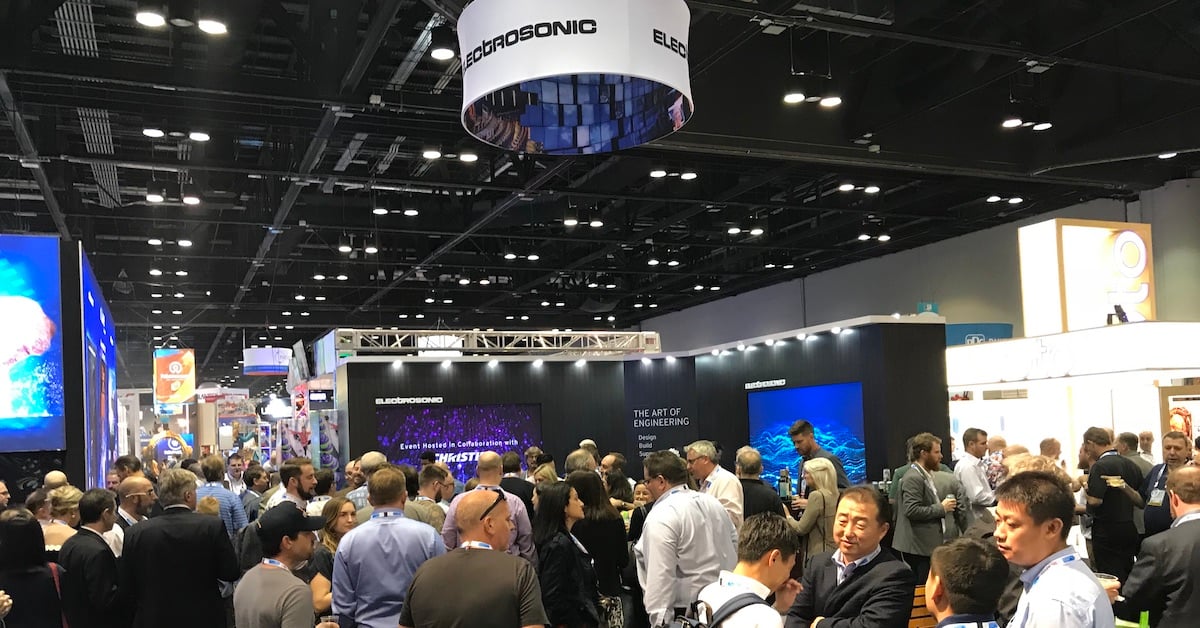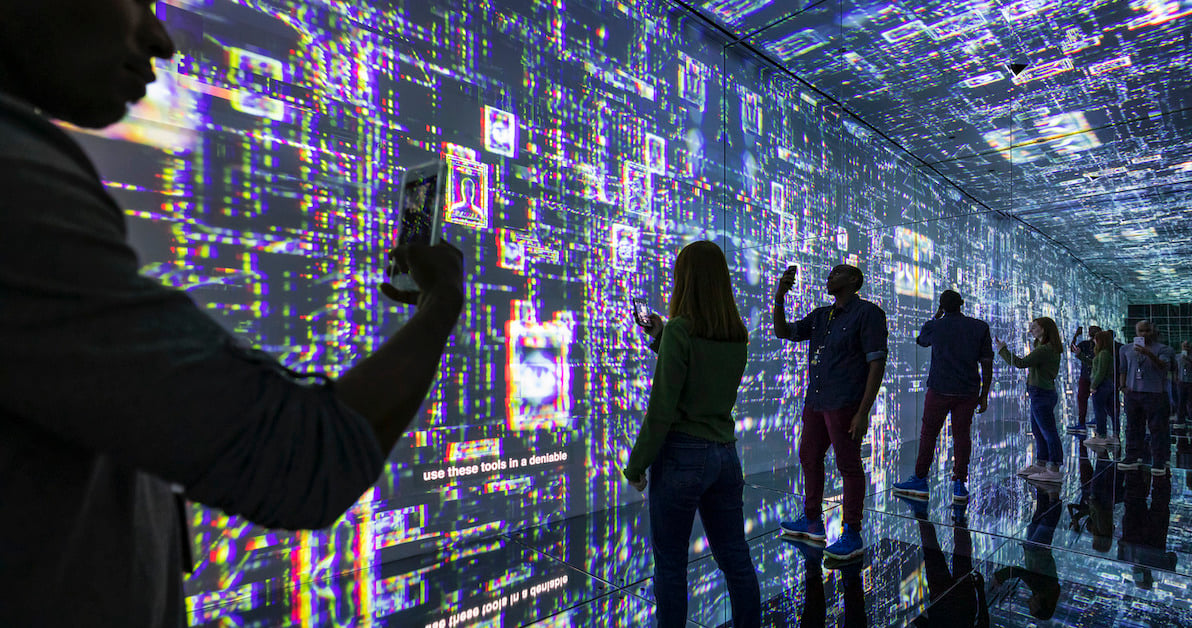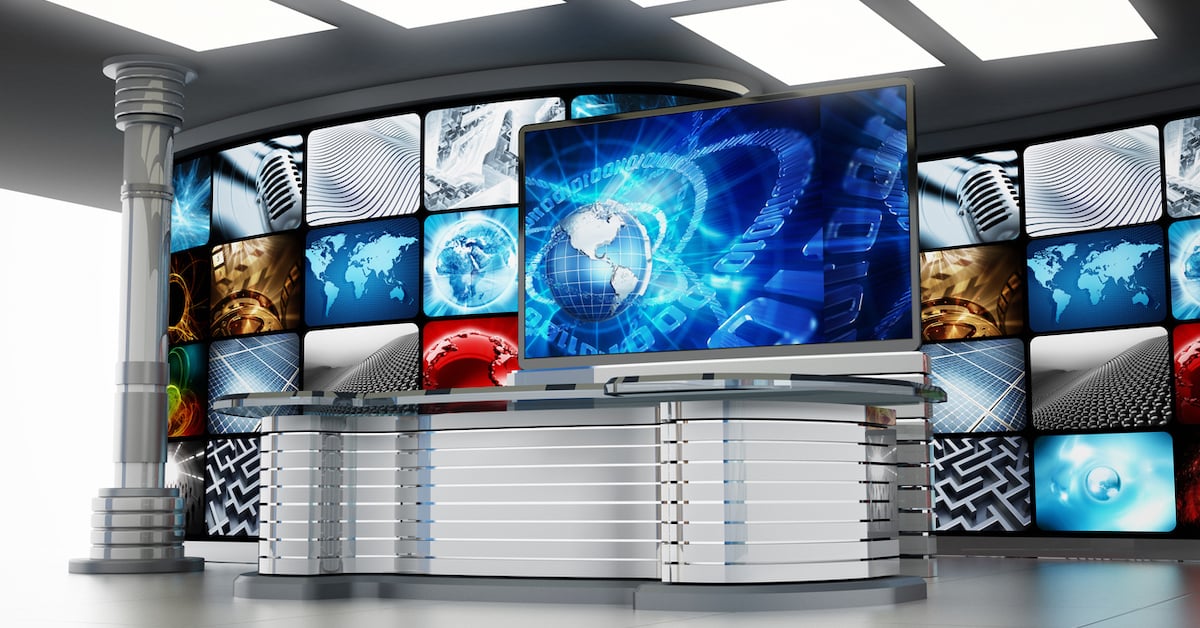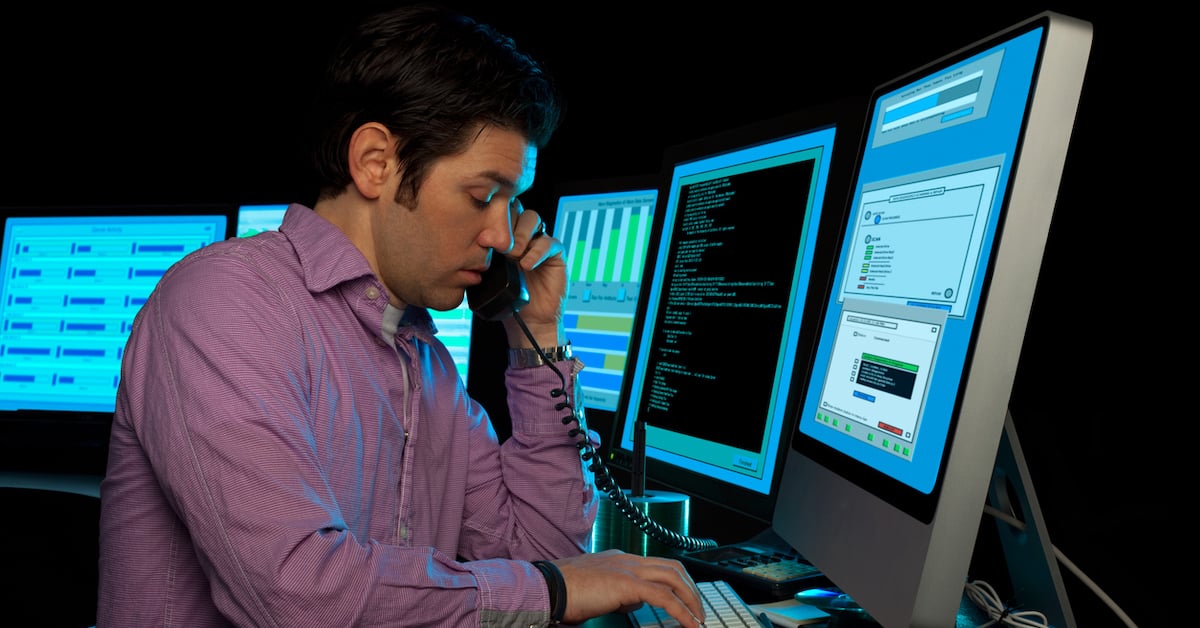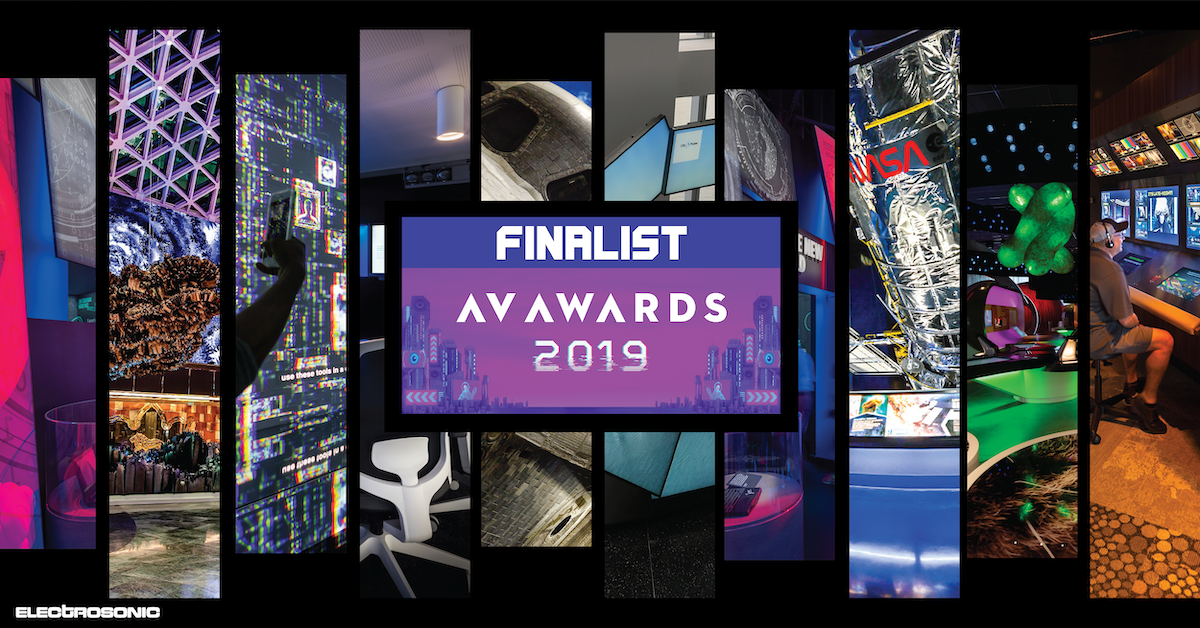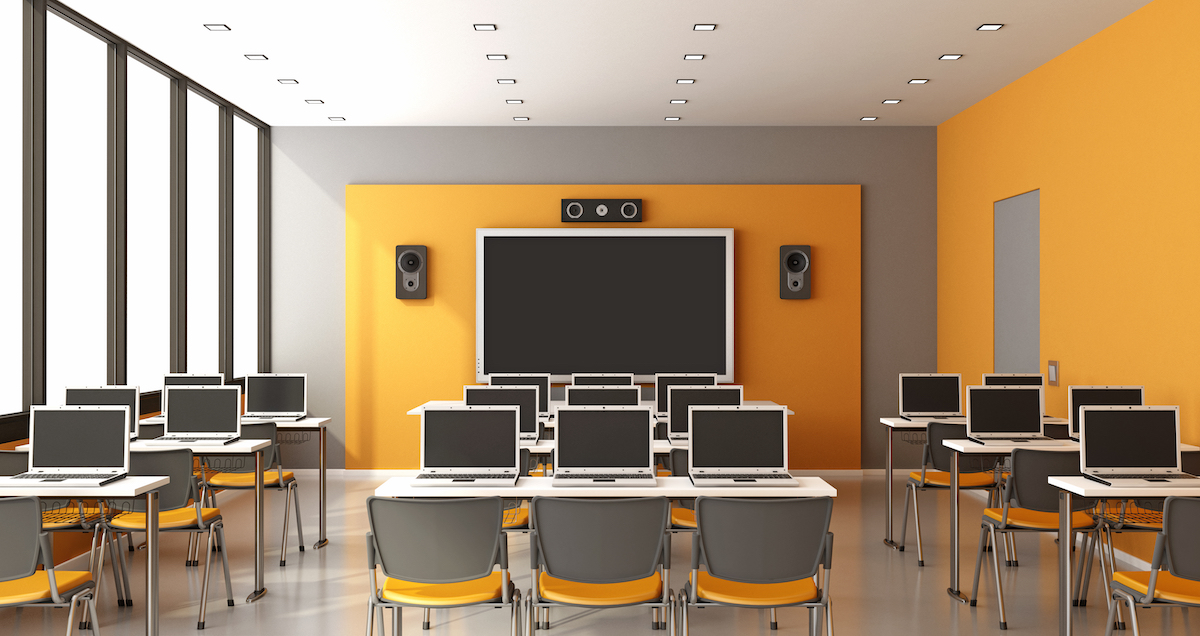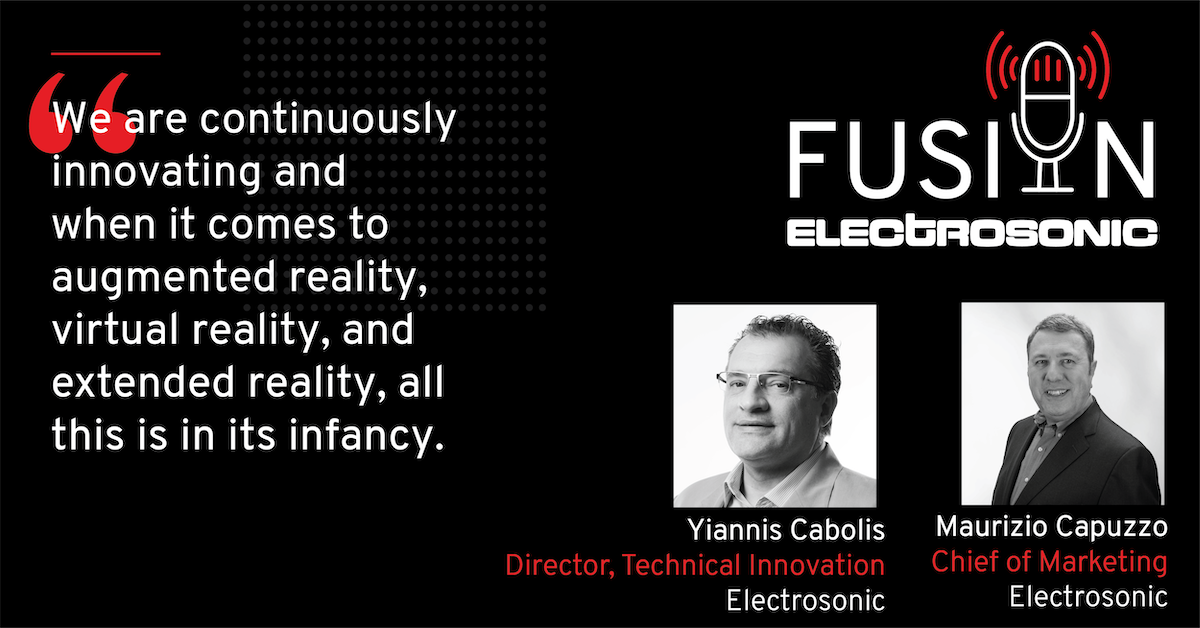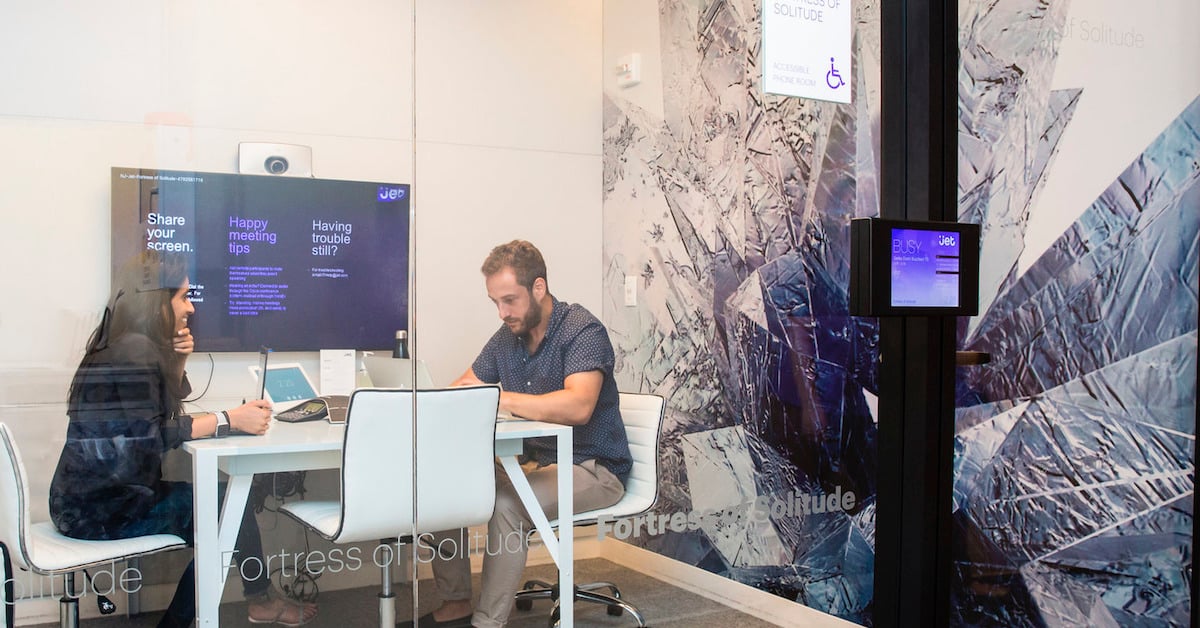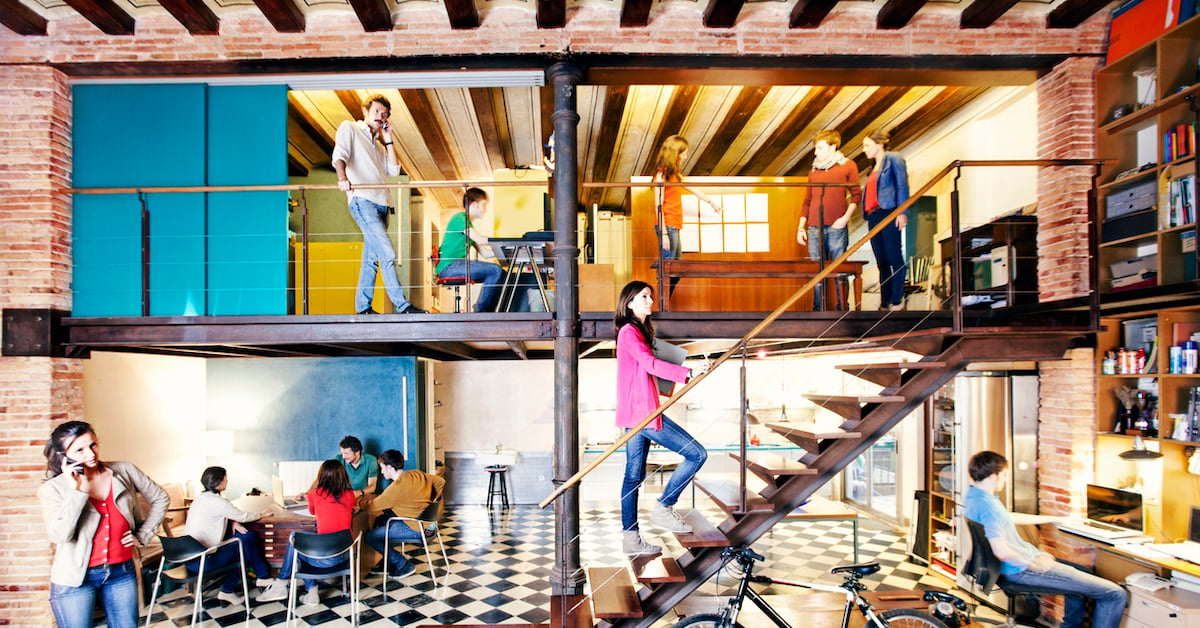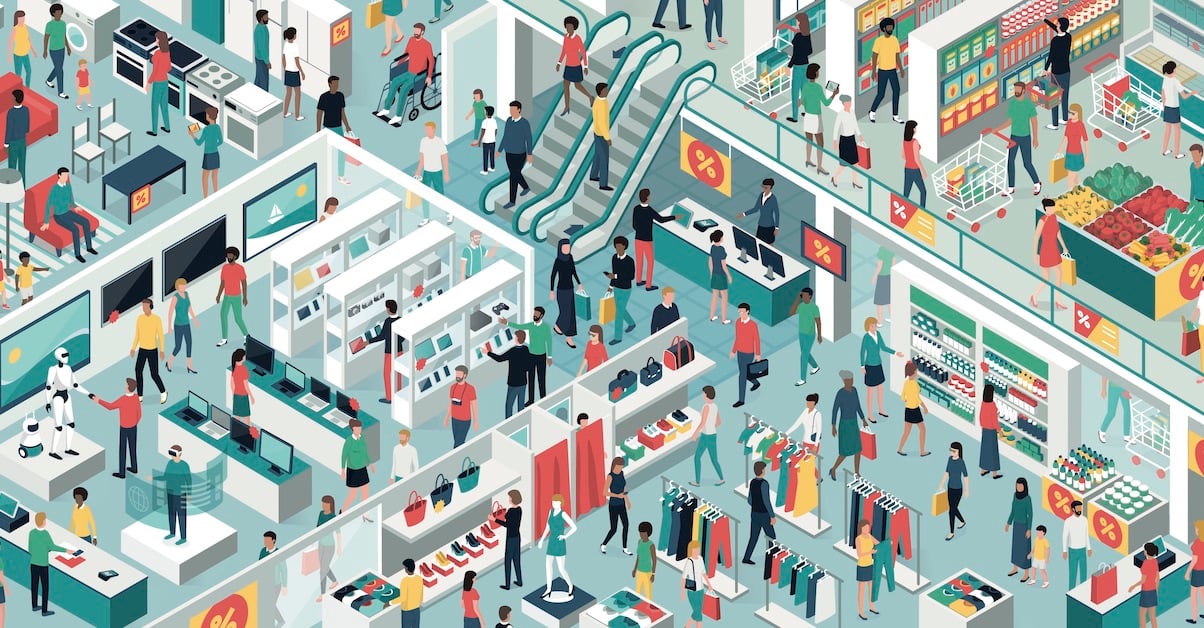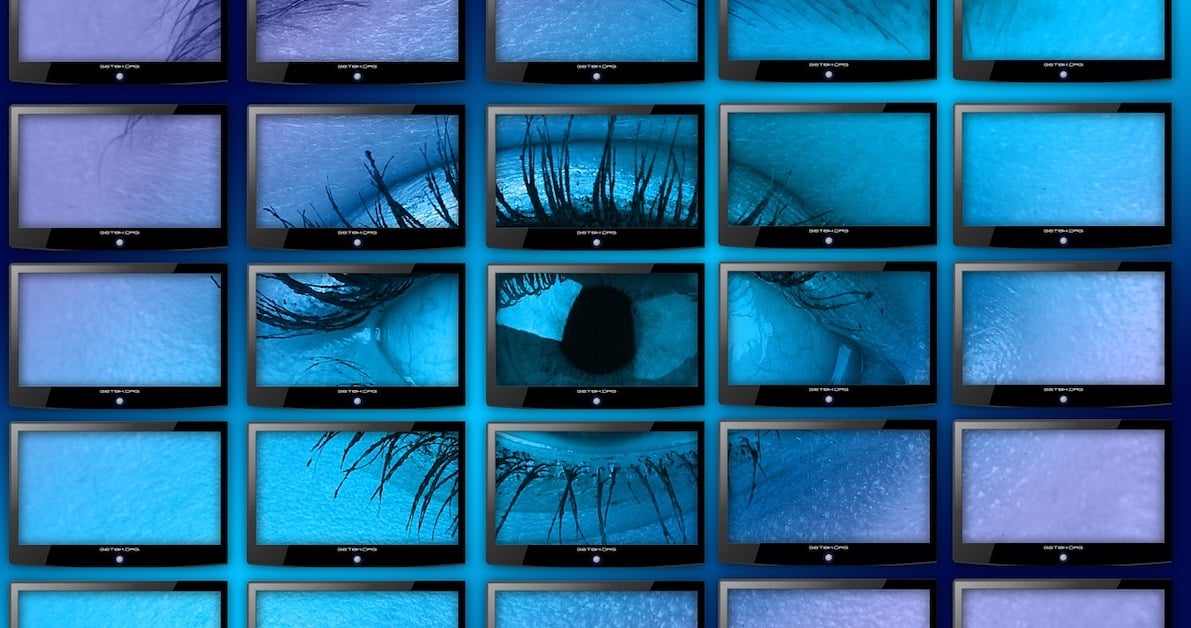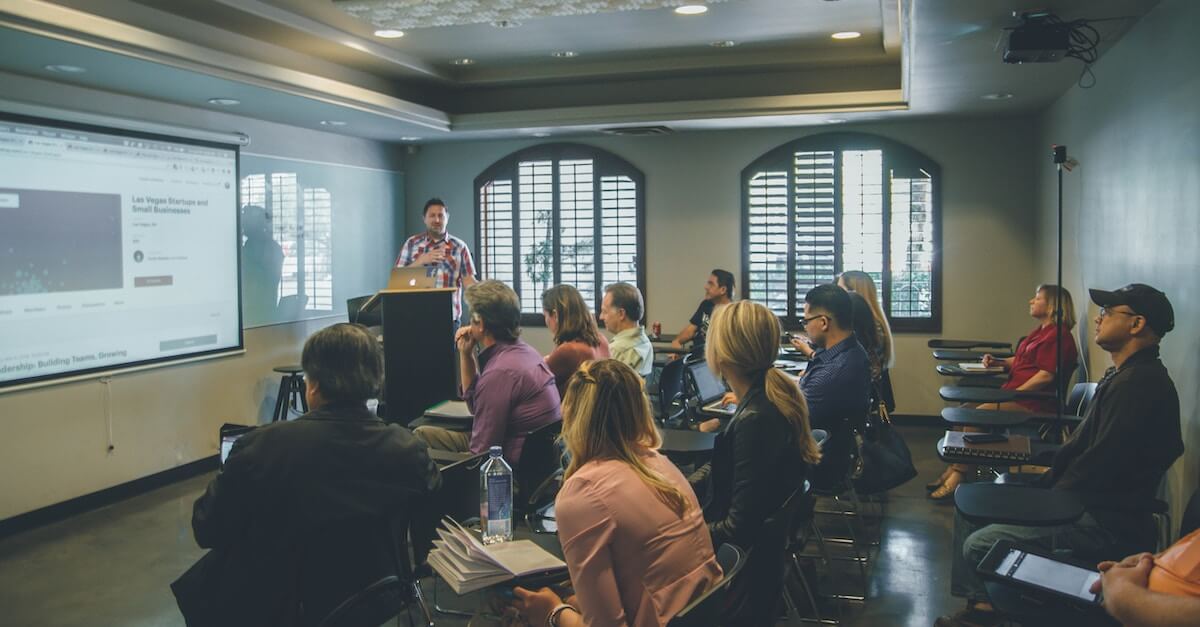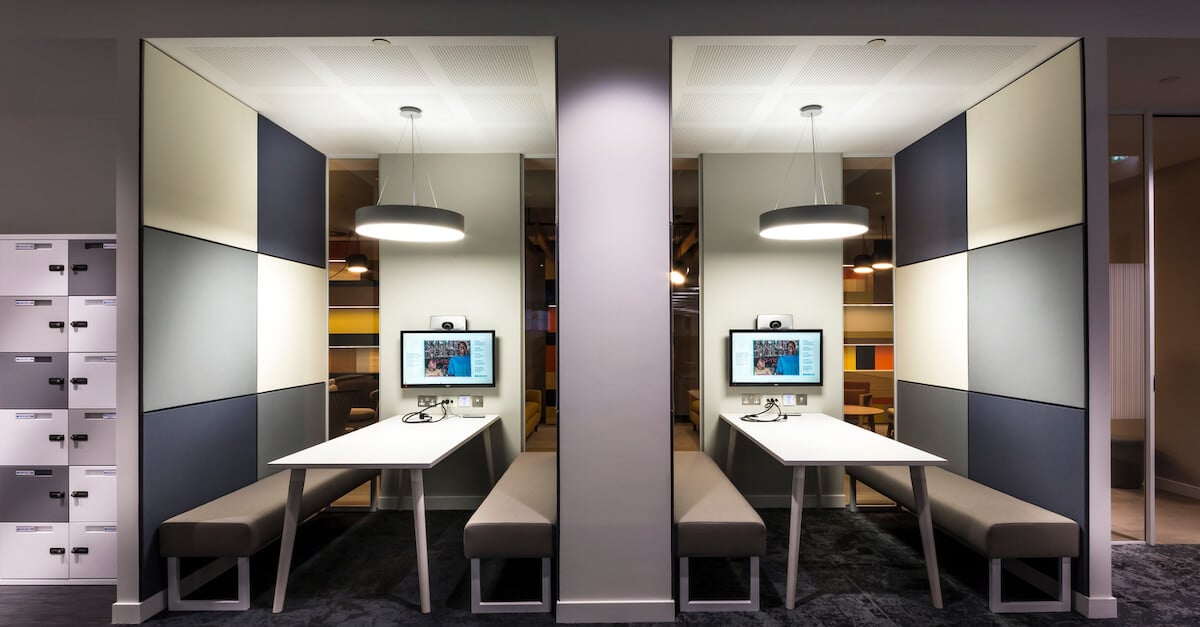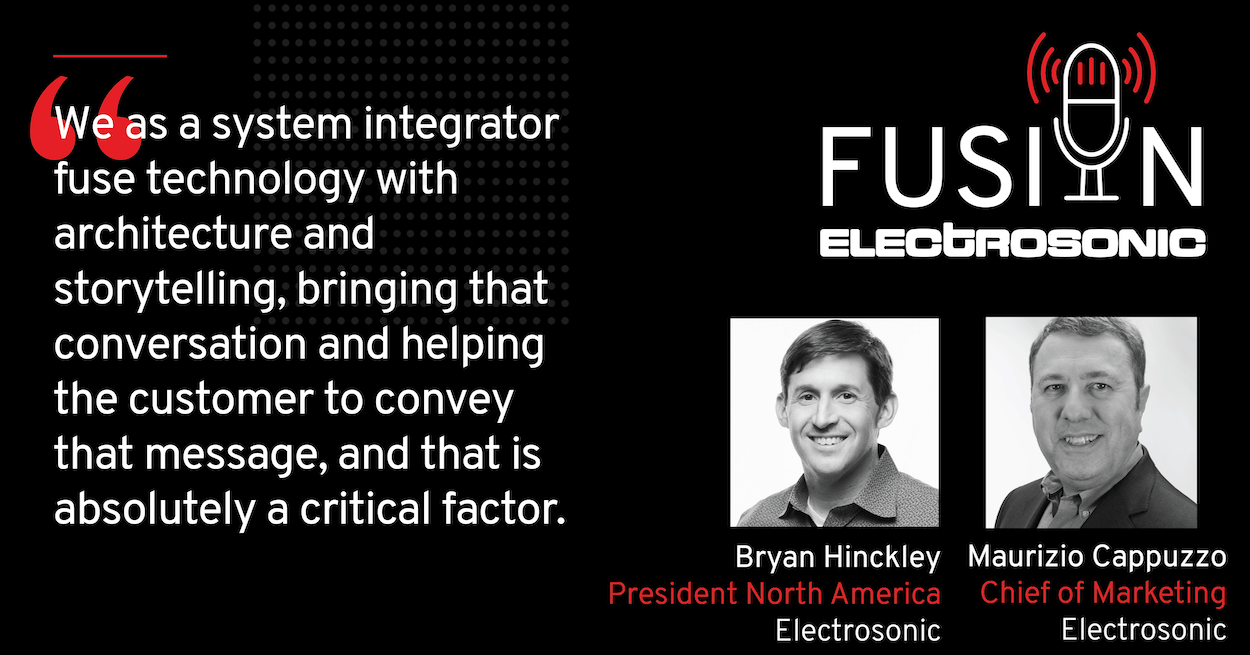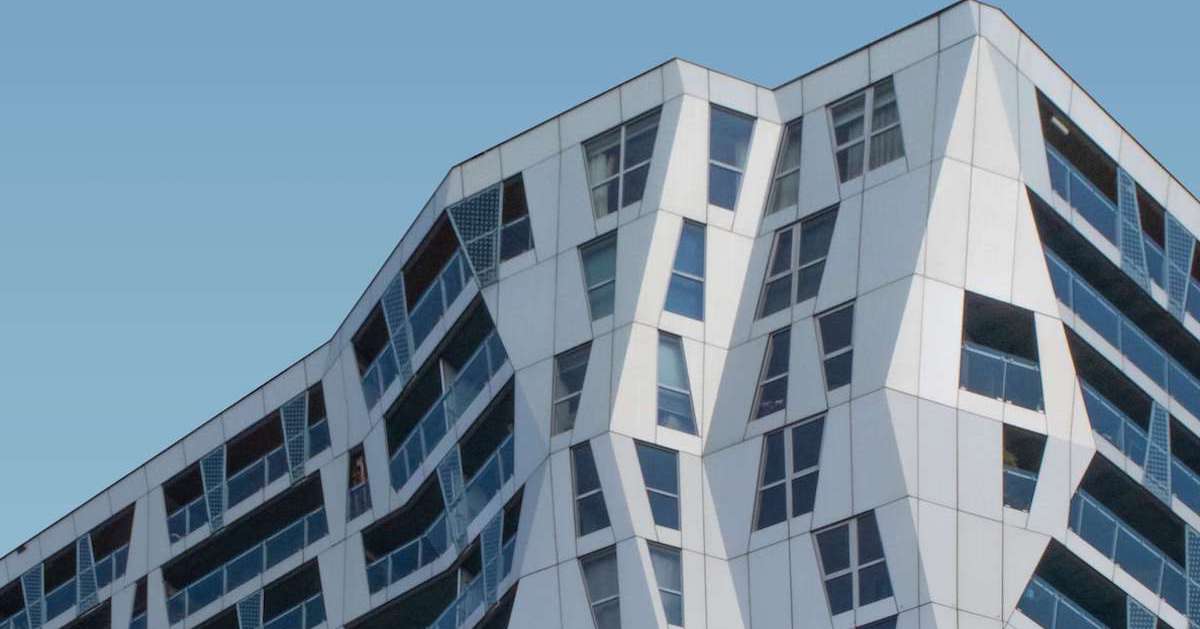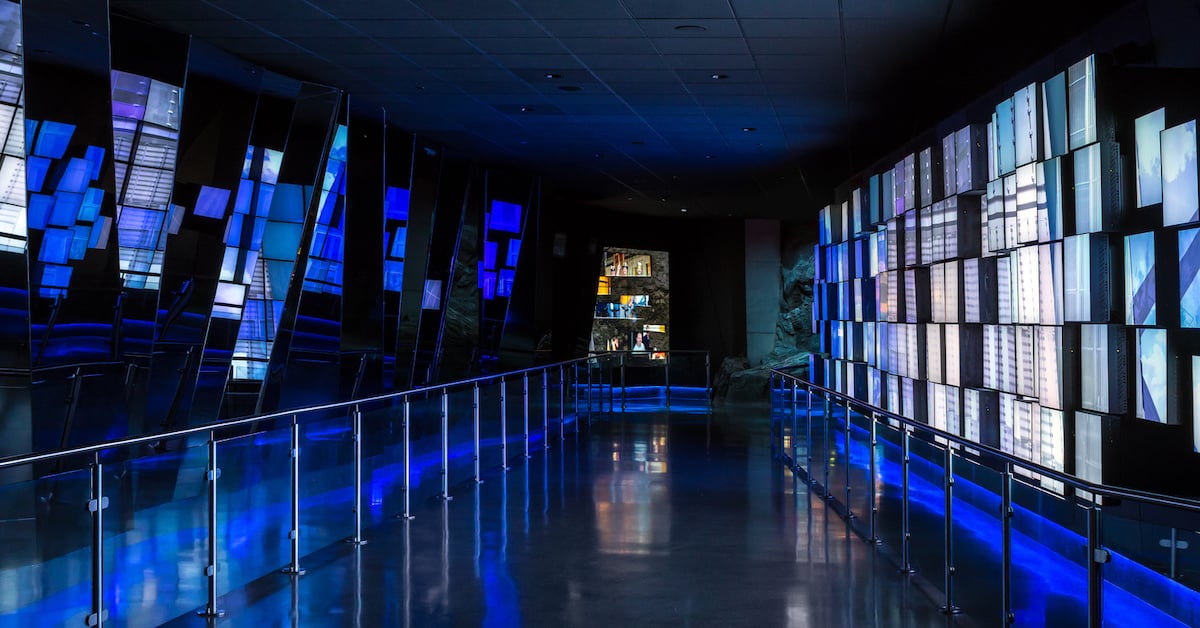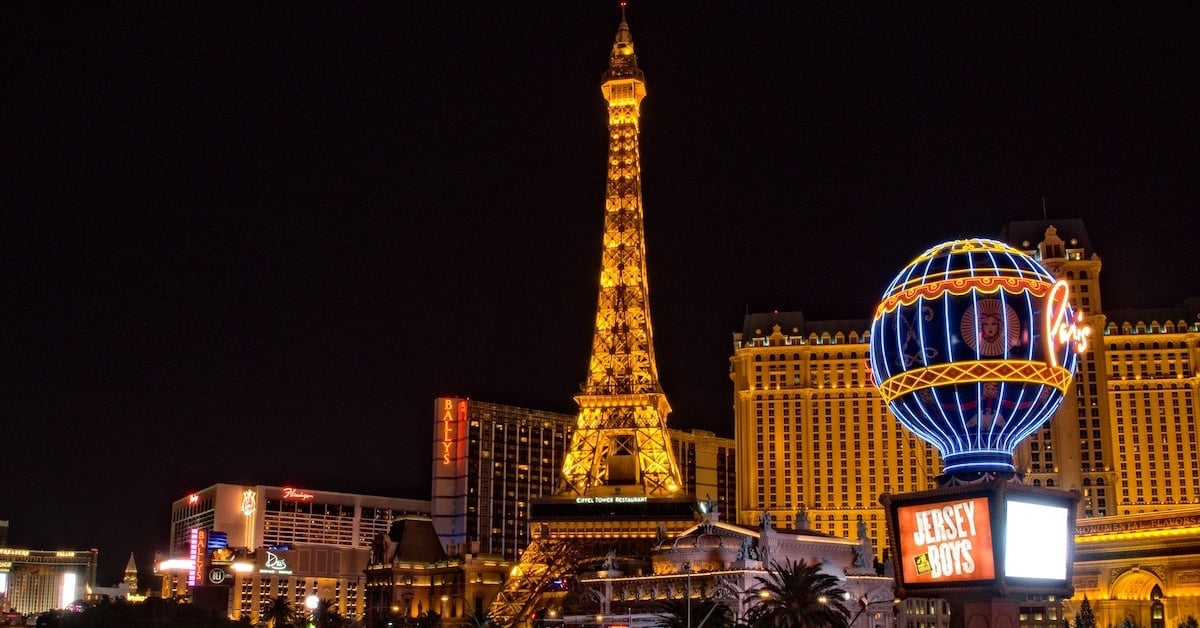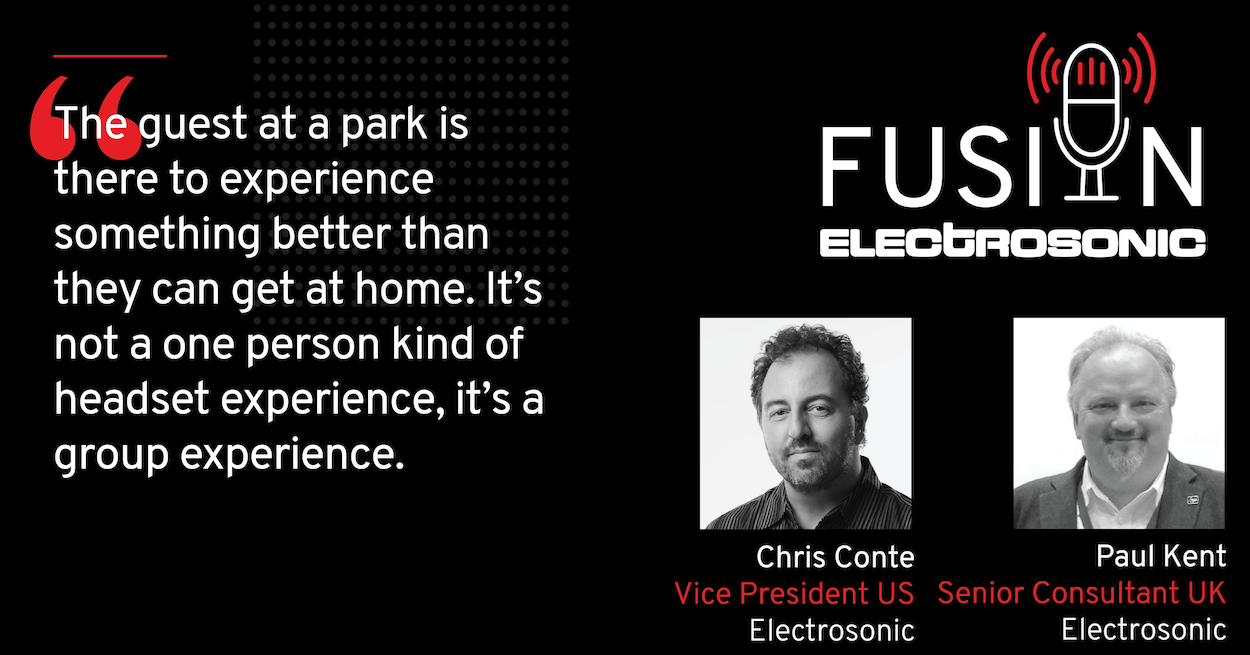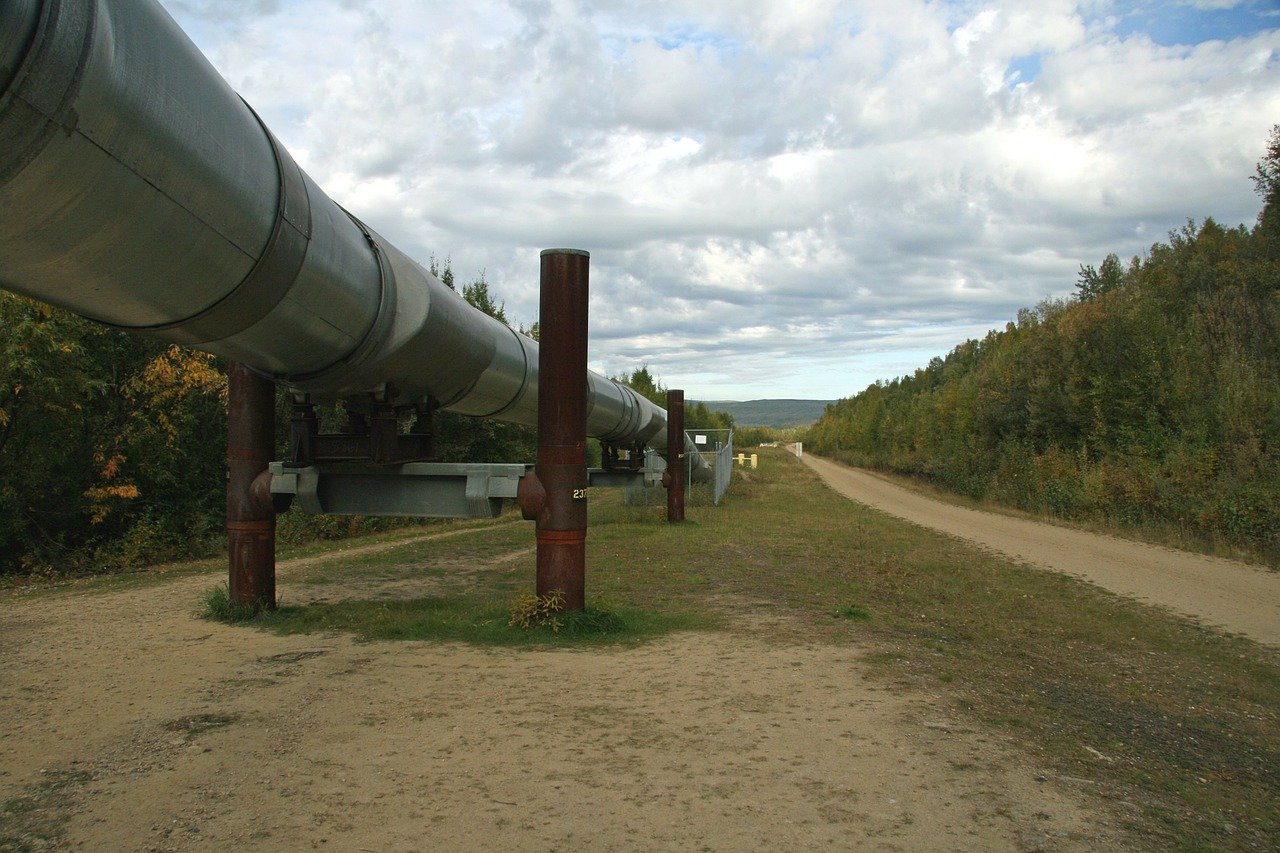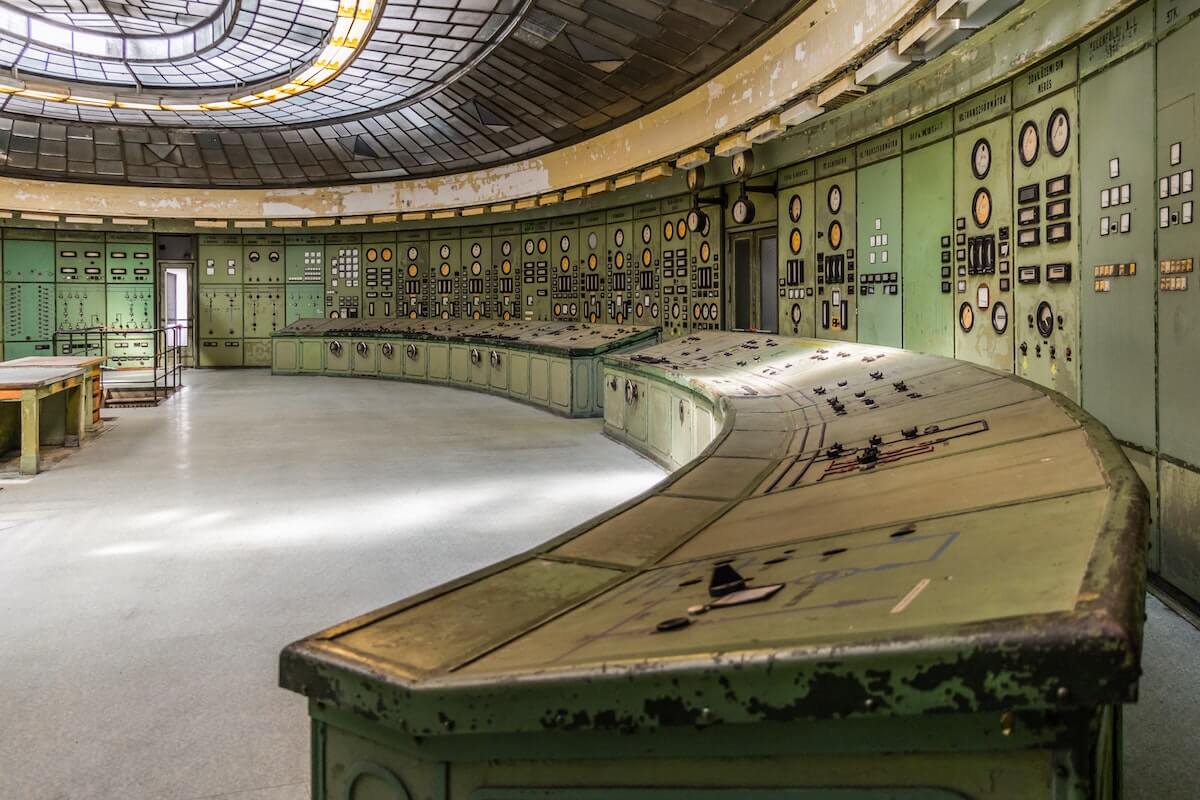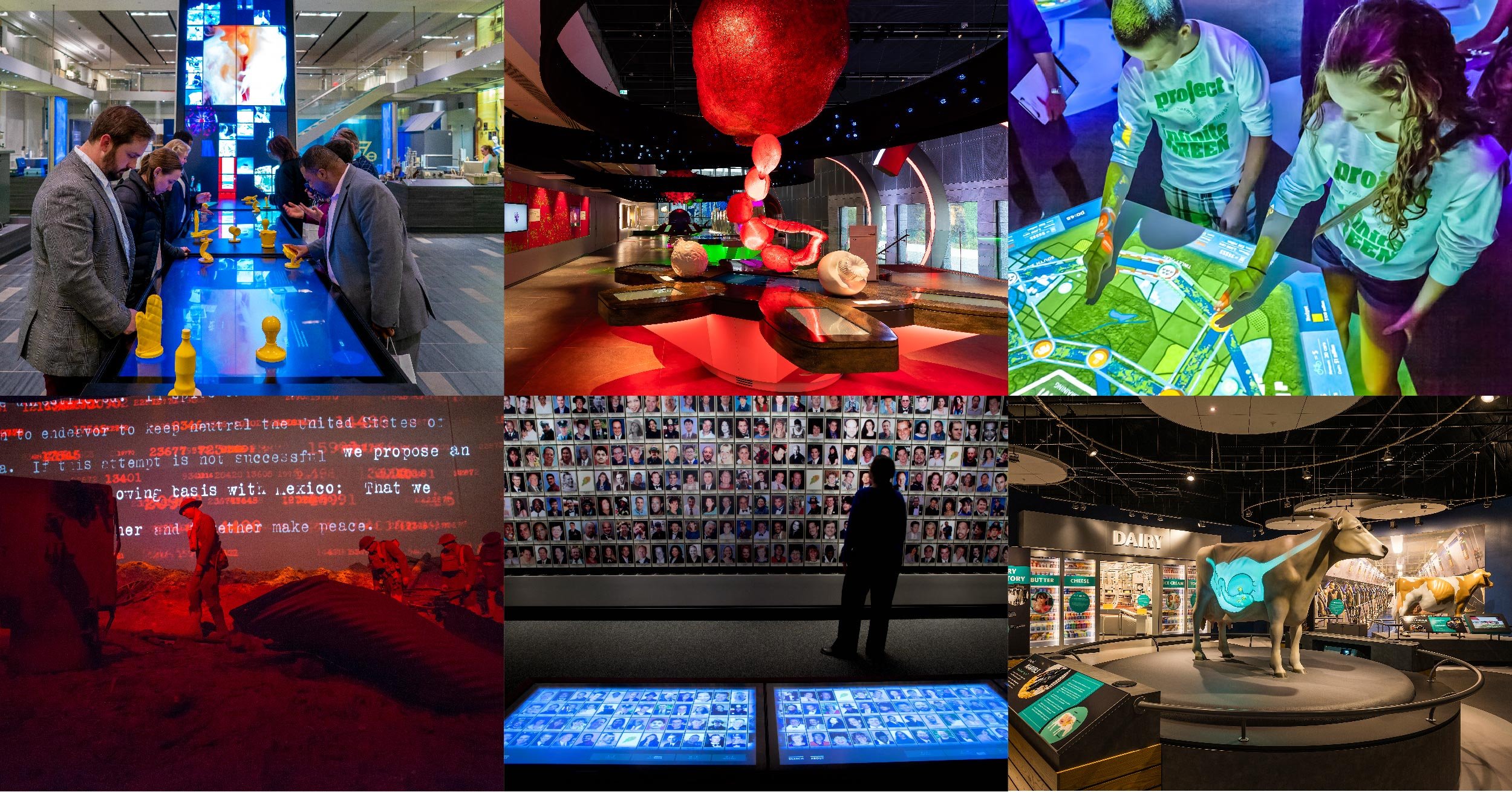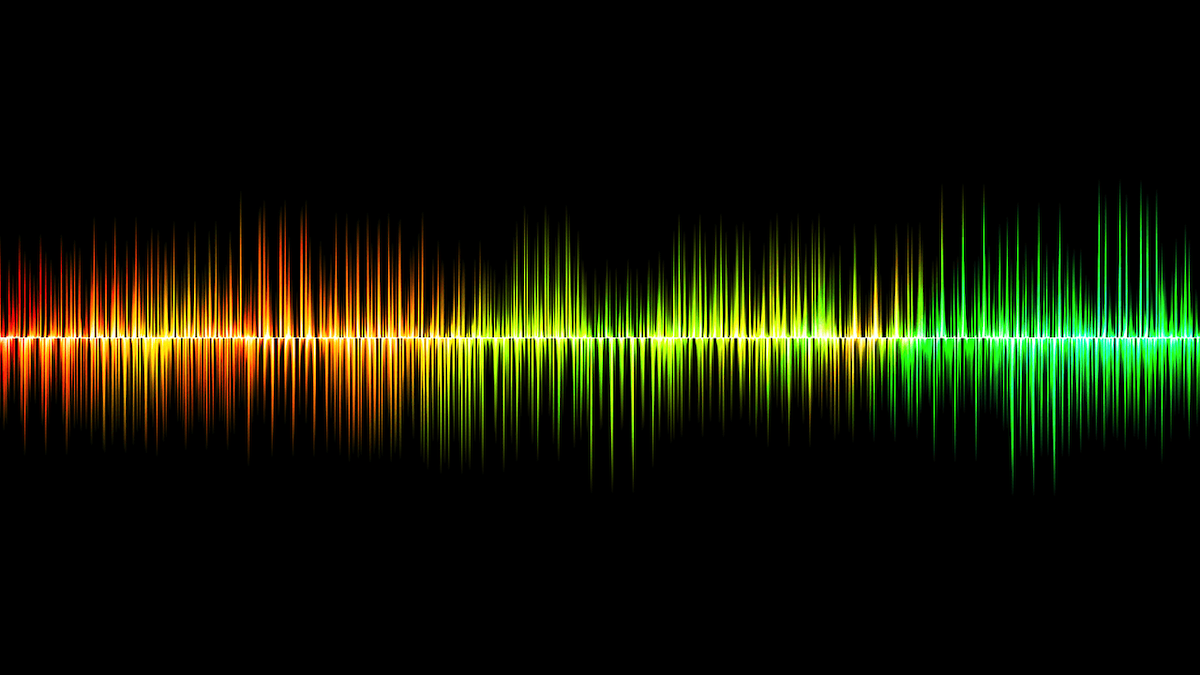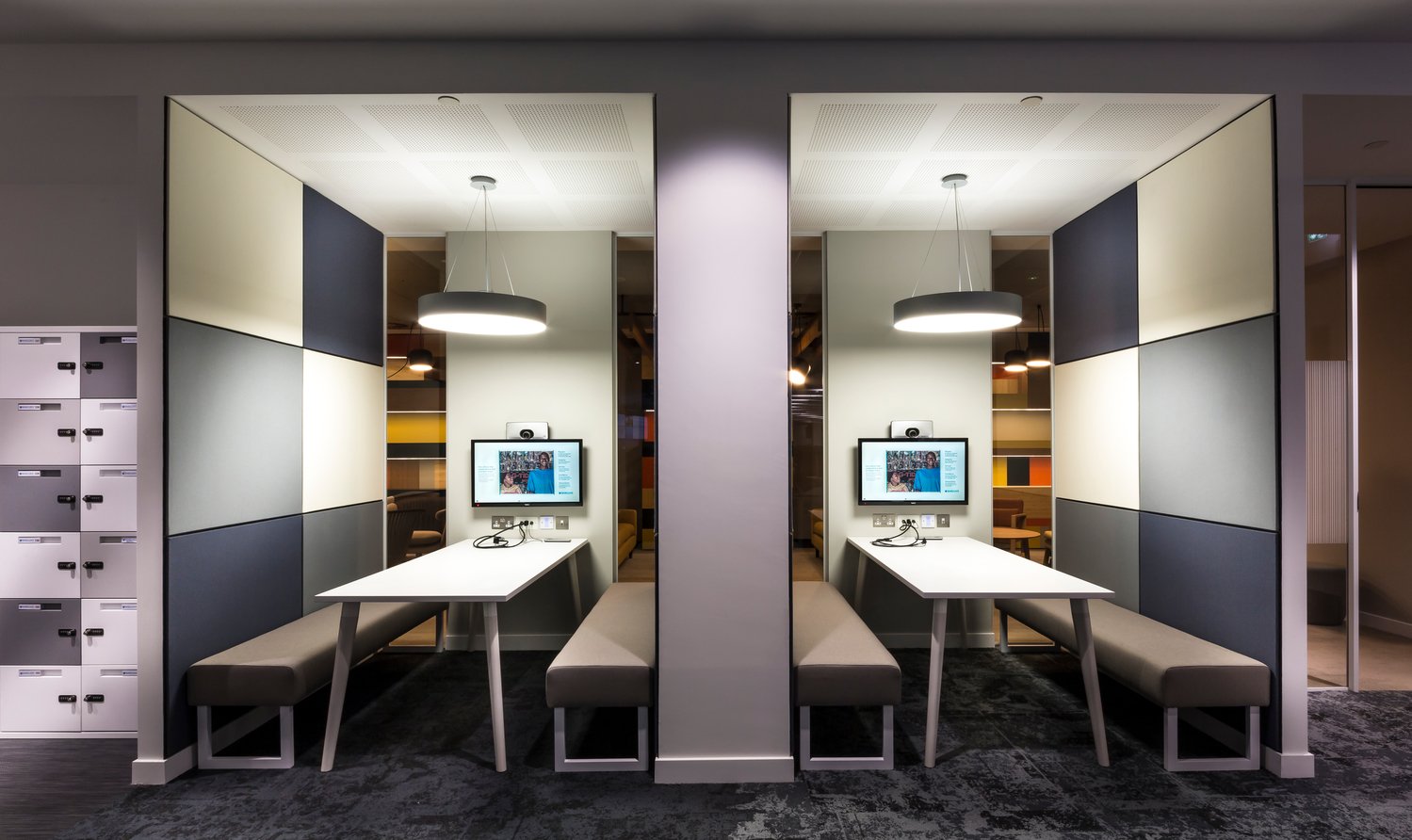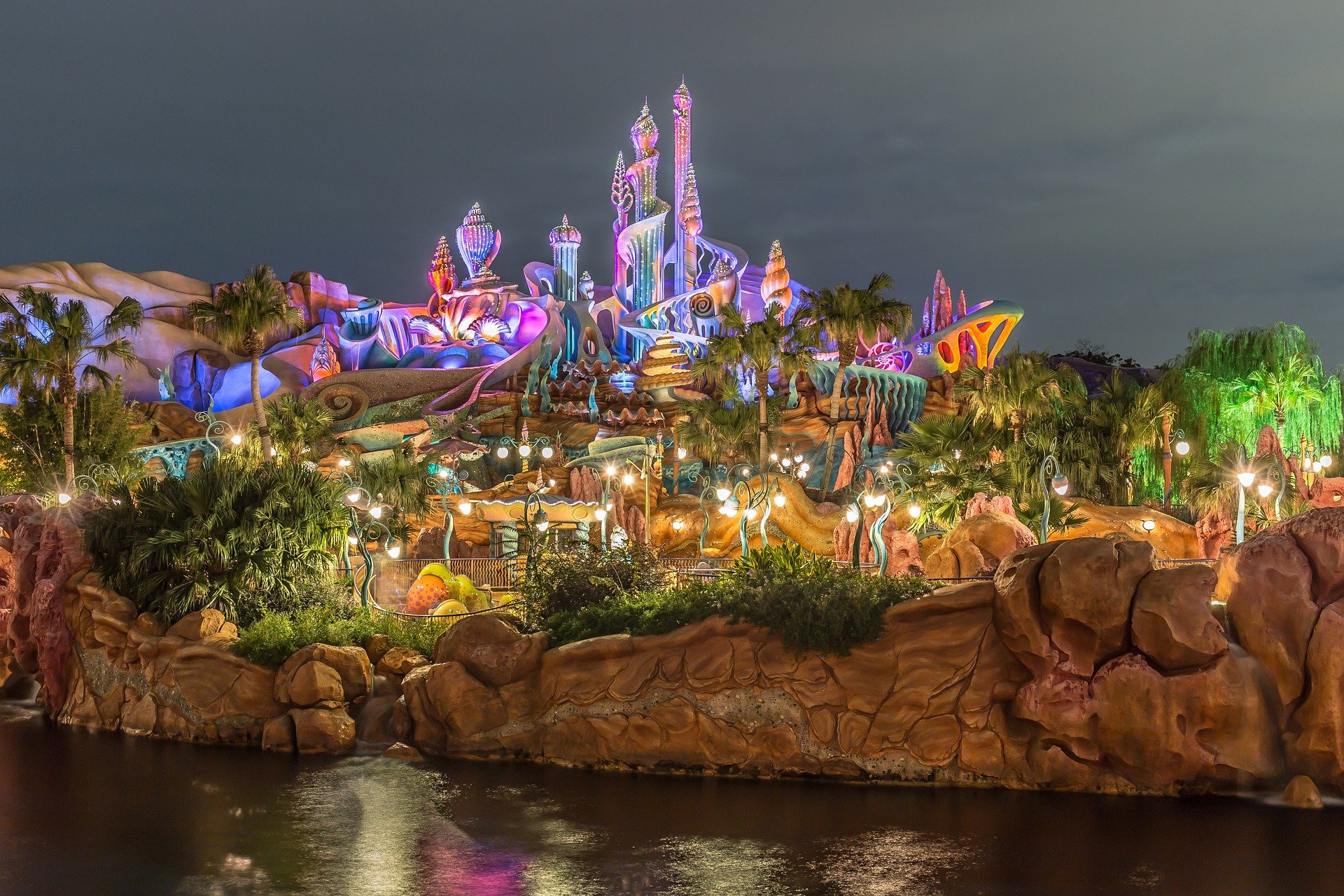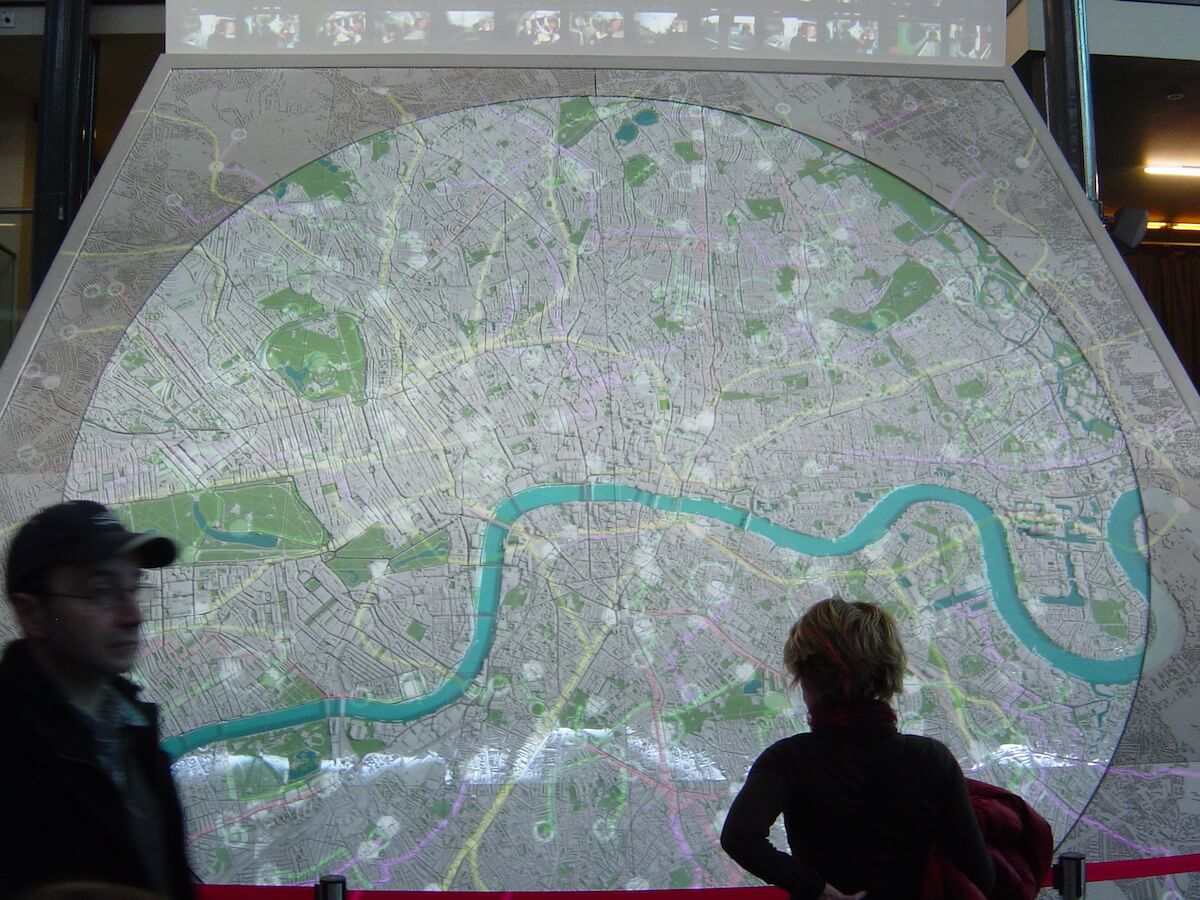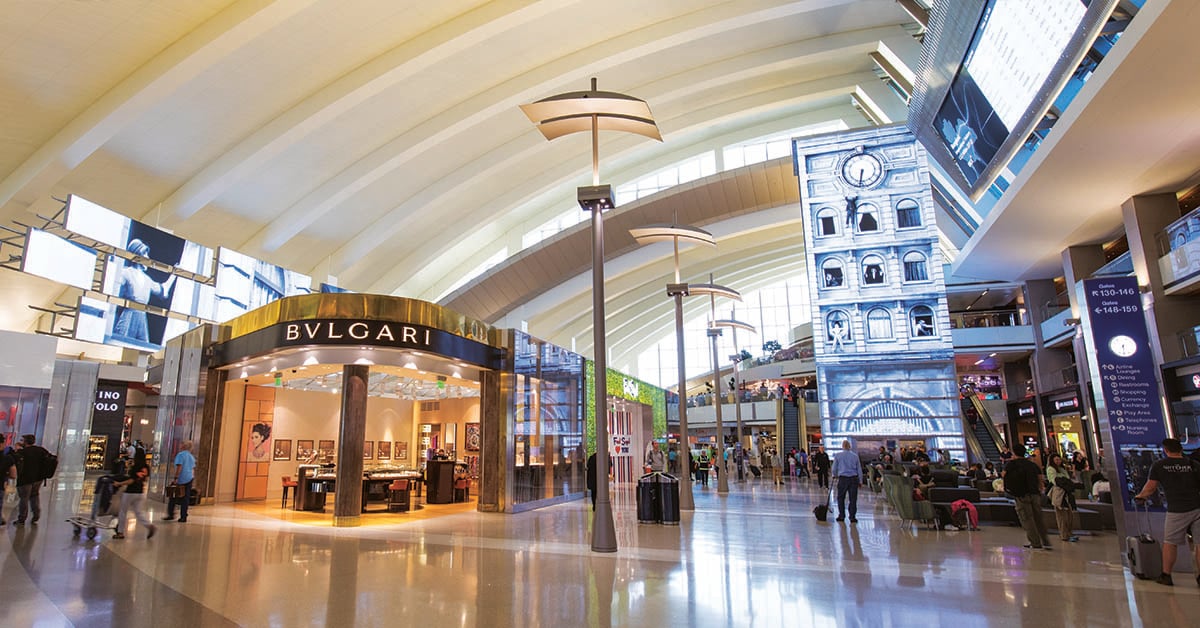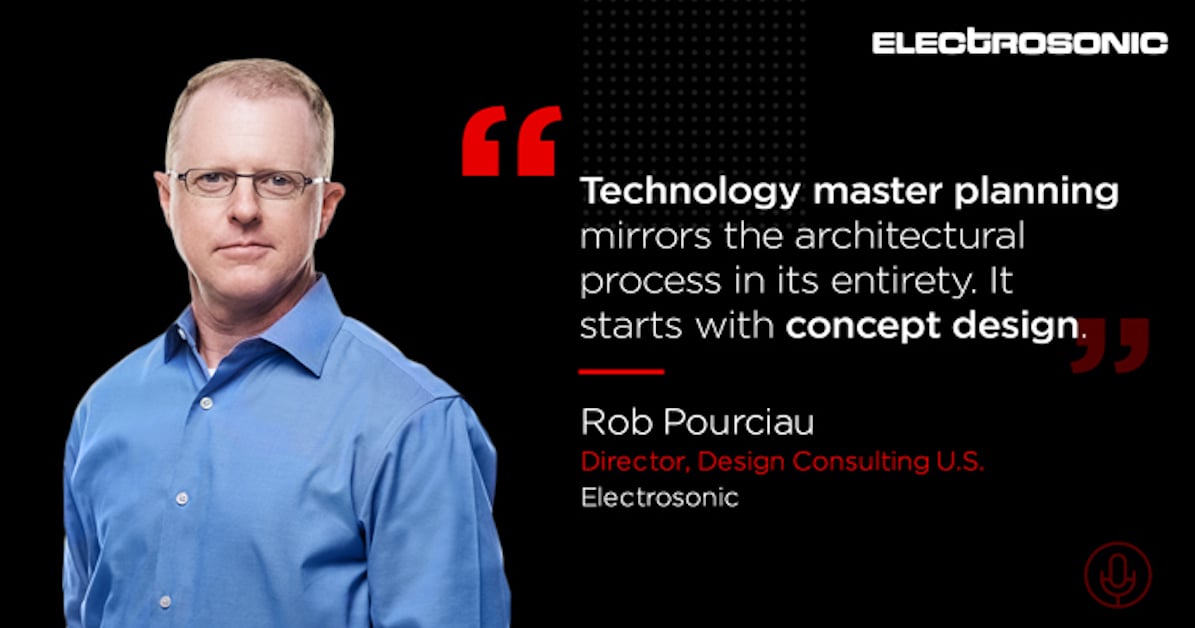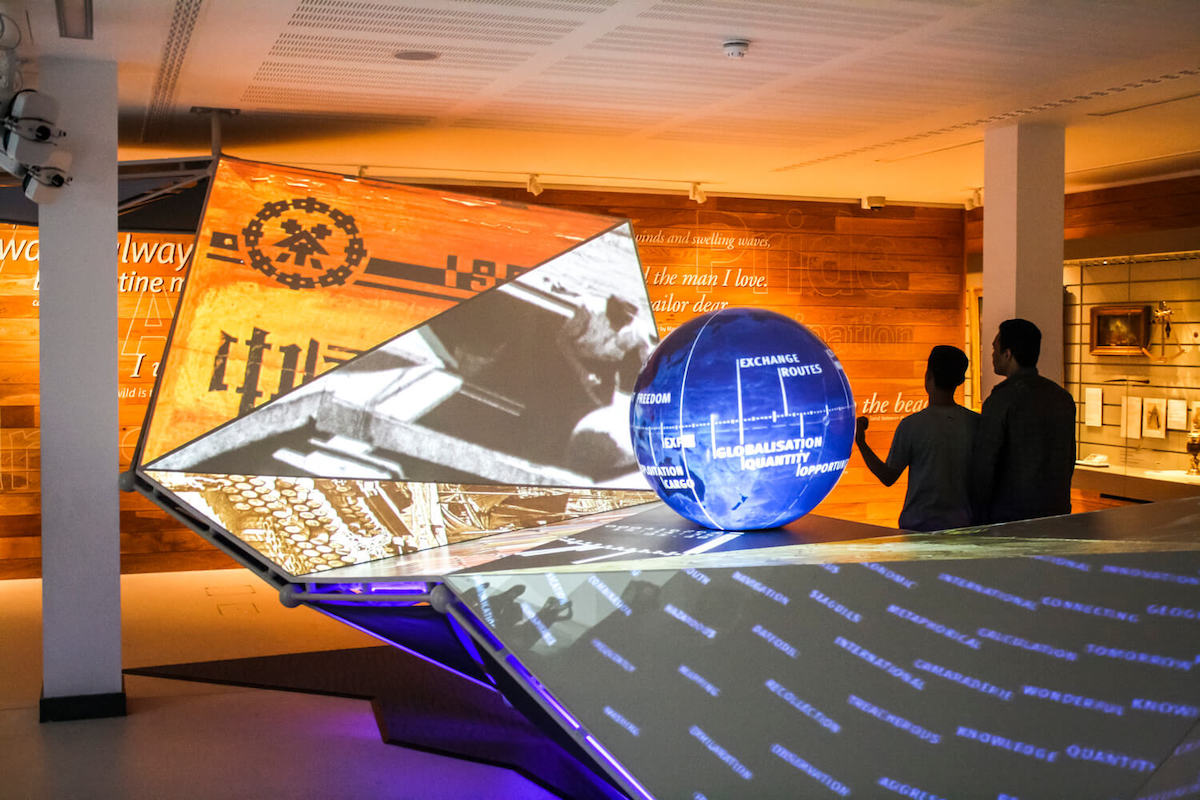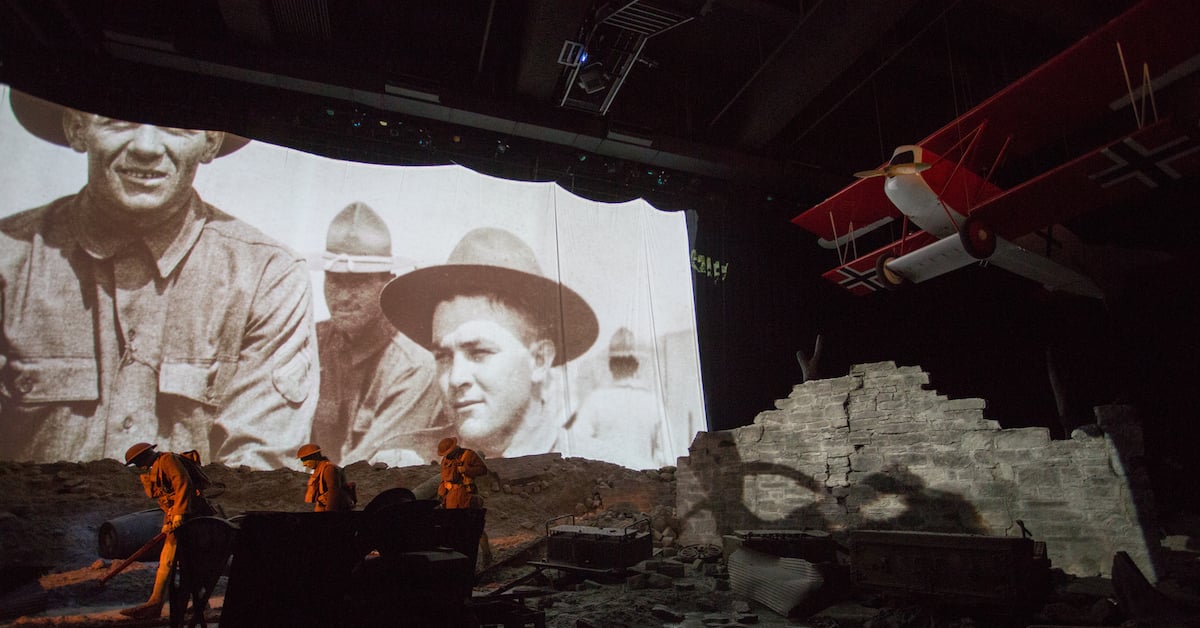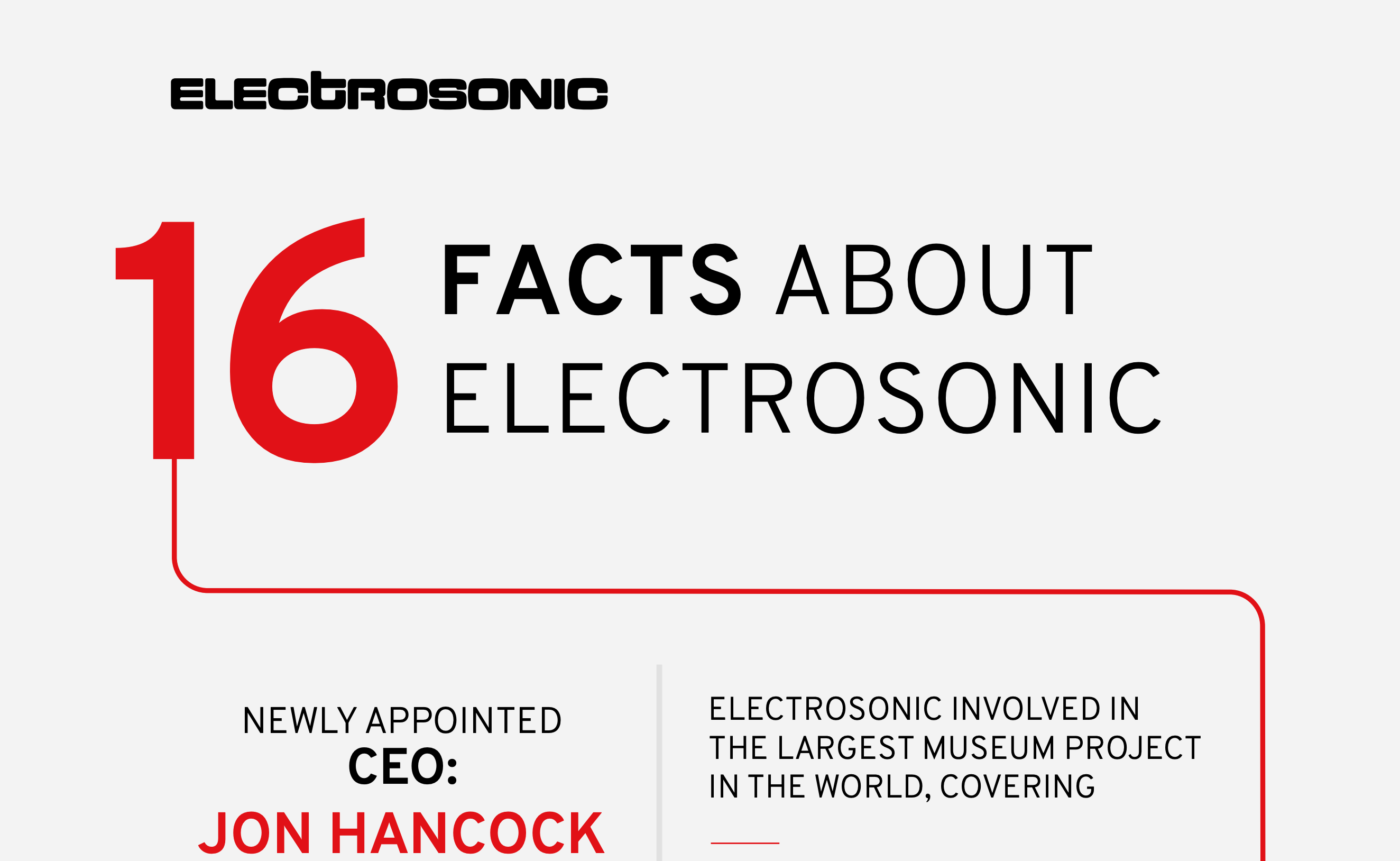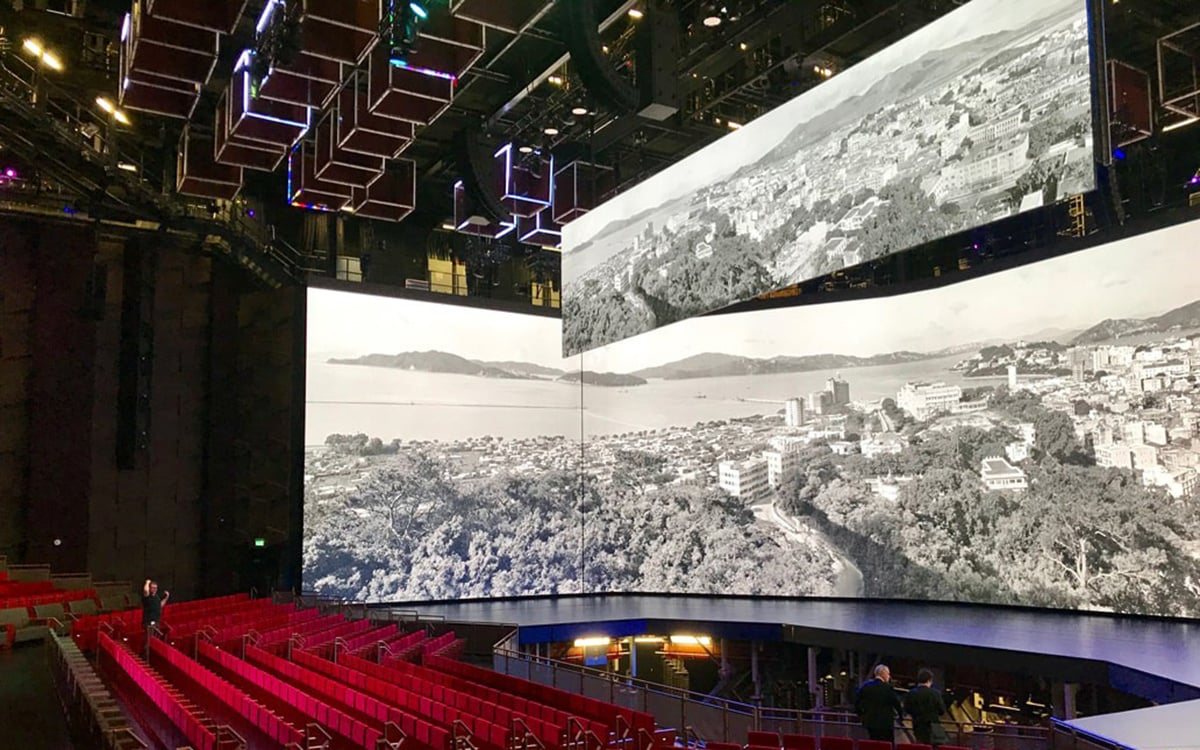
The Evolution of Sound
Today’s performance audio landscapes are dominated by immersive artificial soundscapes, directional audio and other advanced sound systems.
These innovative solutions build on the pioneering developments of nineteenth and early twentieth-century inventors. Their groundbreaking work and other important historical audio technology trends are the critical elements shaping modern pro audio technology.
How audio technology trends shaped today’s immersive soundscapes
From Thomas Edison’s 1877 phonograph to the latest artificial soundscapes, pro audio technology has continued to evolve. That’s important because audio technology advancements shape how people experience and interact with sound.
As advanced sounds systems have evolved, operators have continued to upgrade performance venues to deliver the broadcast sound quality audiences now expect.
A great example is the amazing experience at Sphere in Las Vegas. Sphere redefines live entertainment with a level of scale, scope and technical complexity that extends the boundaries of technology. Sphere is the world’s largest fully integrated concert-grade audio system and its advanced sound system is a stunning example of innovative audio visual technology.
So how did pro audio technology reach that stage? This article describes how audio has evolved from pioneering sound recording and amplification into performance audio shaped by directional audio, immersive soundscapes and beyond.
Pioneering audio developments
Pro audio technology’s origins date from the late nineteenth and early twentieth centuries. A series of pioneering inventions shaped the basics of audio experience – capture, record, playback and amplify.
- 1875, David Edward Hughes invented a crude form of microphone to capture sound.
- 1877 saw Thomas Edison’s groundbreaking phonograph capable of recording and playing back audio on a cylindrical disk.
- 1887, Emile Berliner simplified playback by inventing the flat disc gramophone record.
- 1898, Oliver Lodge’s moving-coil loudspeaker provided the foundation for modern sound systems.
- 1906 saw Lee DeForest’s ‘Audion’, the first device capable of amplifying electrical audio signals.
- 1915, those foundations came together in the first PA (public address) system at a public event. Jensen and Pridham demonstrated how their ‘Magnavox’ system could amplify speech and music.
- 1925, prolific inventor Emile Berliner introduced the acoustic tile, improving sound quality in performance venues. as redefined city exploration.

Enhancing the cinematic audio experience
With the basics in place, venue operators and performers were able to offer audiences increasingly exciting audio experiences.
In cinemas, for example, silent movies became ‘talkies’. ‘Don Juan’ opened the doors in 1926 as the first movie with music and sound effects. In 1927, ‘The Jazz Singer’ went a step further, adding synchronized dialog to the mix. 1928 saw the first Disney movie with sound, ‘Steamboat Willie’, starring Mickey Mouse.
While sound in cinemas became standard during the 1930s and 1940s, the movies also faced growing competition from television. 1952’s launch of Cinerama helped overcome the competition. Ultra-wide images and multi-track sound created an immersive cinema experience.
When Dolby introduced 5-channel audio in 1990, advanced sound systems reached new levels, enabling surround sound in cinemas as well as homes and theaters.

Pro audio technology takes the stage
Performers also took advantage of these audio technology trends. The 1940s saw the development of solid-bodied electric guitars led by legendary figures like Leo Fender and Les Paul. As more musicians adopted electric guitars during the 1950s, they demanded greater power and more sophisticated effects from audio equipment.
Manufacturers and event organizers responded with larger more powerful amplifiers and speakers throughout the 1950s and 1960s.
While events like the Newport Jazz and Folk Festivals emerged in the late 1950s, they relied primarily on acoustic sound. Bob Dylan broke the mold, shattering traditions with an electric performance at the 1965 Folk Festival.

From that point, things could only get louder. The first high-powered sound system made a dramatic impact at the 1967 Monterey Pop Festival.
Guitarists were experimenting with effects from the 1950s onwards. Early analog pedals featured effects like echo, distortion, Wah-Wah and flange. In the 1970s, Boss introduced chorus and, in 1975, digital reverb units enabled further improvements in the quality of effects.
From analog to digital audio
While analog technologies remained prevalent until the 1970s and 1980s, digital technologies began to transform the pro audio technology landscape. The first compact disc, for example, appeared in 1982, offering higher audio quality and greater portability.
Digital audio enabled a massive improvement in sound quality. Engineers could also simplify tasks like compression, storage, processing and transmission of audio signals.
The availability of digital audio workstations (DAWs) gave musicians, producers and audio engineers greater freedom to compose, edit, mix and publish easily in a studio or on the desktop. The growing range of software effects for DAWs gave producers at all levels the ability to manipulate or enhance audio to achieve the exact sound they want.
In live or studio environments, digital audio consoles became increasingly sophisticated. With advanced onboard processing and multiple effects, these consoles can shape audio in ways that were simply not possible with analog techniques.

Digital audio not only improves sound quality, it enables audio system manufacturers to reduce the size and number of components required for advanced sound systems. For example, engineers can make more power available from fewer amplifiers.
Powered speakers combine the functions of amplifier and speakers to reduce hardware requirements. Audio technicians no longer need to build racks of amplifiers to power large systems. They only need a compact electrical distribution rack.
The ability to pack multiple digital functions into a small space gives audio designers greater flexibility and convenience. Smart speakers, for example, can perform accurate audio routing and optimization. Engineers and technicians can use apps on smart phones or tablets or voice activation to easily control and optimize audio for different acoustic environments.
Artificial intelligence (AI) is set to play an increasingly important role in audio production. It can be built into audio mixing platforms for easier, more advanced tuning, processing and mixing, using algorithms for real-time sound quality optimization.
Goodbye to cabling?
Audio distribution also benefits from digitization. Traditional audio systems required extensive point-to-point cabling to connect speakers to source. Digital communications provide simpler, higher-quality connectivity in systems incorporating hundreds or thousands of speakers.
For example, Dante technology, an industry standard for connectivity, replaces traditional connections with a computer network. A Dante solution can send hundreds of channels of audio over Ethernet cables with perfect digital fidelity. Dante technology manages all connections with software, making connectivity fast, accurate and reliable.
Audio-over-IP (AoIP) is also widely used to replace traditional cabling. AoIP systems have the ability to reduce latency while ensuring high audio quality. They also offer scalability and flexibility without the need for extensive physical infrastructure. Although AoIP supports high audio quality, it requires fast, reliable network performance.
Wireless systems have a promising future. However, commentators believe that until 5G connectivity becomes more widespread, wireless systems may suffer from signal drops or degradation, reducing audio quality.
AI could also play an important role in improving audio distribution. It can be used for optimizing audio in real time, reliable signal routing and achieving balanced audio technology in different environments.
Immersive audio engages audiences with stunning artificial soundscapes
Those developments in technology, equipment and infrastructure provide the foundation for the current and emerging audio landscape.
Immersive audio, for example, is developing rapidly and opening new creative opportunities for engaging audiences. Immersive audio is a three-dimensional sound experience that envelops the listener and delivers an impactful experience.





At Illuminarium Atlanta, immersive audio forms an integral part of a unique, highly personalized audience experience. Illuminarium features multi-sensory content where sights, sounds and sensations come together in a 360⁰ 30,000-square-feet sensory space.
The rich spatial audio system by HOLOPLOT uses innovative 3D beam-forming technology to recreate a full 3D soundscape that is personalized to each visitor. Low-frequency haptic speakers from Powersoft built into the floor create special audio effects that enhance the guest experience.
Experiences like Illuminarium reflect the potential of the latest audio technologies. The development of spatial audio, directional audio and 3D sound technology simulates three-dimensional sound environments to create immersive and realistic sound experiences.
At Sphere in Las Vegas, the immersive audio system incorporates 1600 directional audio speakers and 300 mobile loudspeaker modules that enable precise, personalized sound delivery. HOLOPLOT beamforming audio directs sound with unparalleled accuracy so that each guest can experience crystal-clear sound regardless of their location.
Spatial audio is a sound playback technology that places different sounds in different locations around a room, creating an immersive artificial soundscape. Spatial audio mimics how sound travels in real life. Listeners perceive sound as though it's coming from specific locations around them – above, behind or in front of them. Dolby Atmos and MPEG-H 3D are key technologies in the evolution of spatial sound.
At Summit One Vanderbilt, an observation deck experience in New York City, guests visit the Transcendence space. This is an epic story-driven, multi-sensory immersive experience where spatial audio is an integral element. The space is filled with infinity mirrors from floor to ceiling. Audio from strategically placed speakers helps set the tone for the immersive guest experience.
Haptic audio is another important ingredient of immersive audio experiences. Haptic technology transmits tactile information using sensations such as vibration, touch and other feedback when visitors interact with a system.
In Chicago at the Skydeck Experience in Willis Tower, the marquee L Train exhibit is a wonderful example of a well integrated haptic experience. Visitors to the L Train exhibit 'tour' famous Chicago neighborhoods and a plethora of iconic landmarks in a replica L Train which combines create LED 'windows' with haptic audio to create the illusion that the train is rumbling down the tracks. Despite the fact that you're in one of the world's tallest buildings.
These hardware developments have taken the audio experience to new levels. To take the experience even further, designers are focusing on developments in software and programming to give greater control and flexibility.
Designing audio for immersive environments
As those technology developments become mainstream, integrators have seen a huge increase in customers exploring real-time directional audio solutions, according to Jeremy Lee, Design Consultant at Electrosonic. However, he recognizes that immersive audio and hybrid audio solutions are putting new demands on audio designers and engineers.
To deliver the latest pro audio technologies, engineers and designers require new tools and new skills in networking and converged audio technology. As a result, there is a major focus on training and upskilling in the industry.
Audio designers now use computer-based acoustic PA modeling to design advanced sound systems before going on site. Acoustic modeling allows strategic positioning of directional audio speakers to optimize sound. This enables designers to make precise sonic predications and assess how audio would work in different environments.
While technology decisions are a key element of audio design, Jeremy Lee stresses the importance of storytelling and content. Great content should exploit the full potential of immersive audio. That makes it essential for audio designers to collaborate with creative designers, content producers and integrators as part of a wider project team.
Audio designers must get involved early in the project scoping and design process to ensure that technology, content and space are truly aligned. “When that happens,” says Jeremy Lee, “the technology becomes inseparable from the experience”
Deploying the latest pro audio technology systems is also putting pressure on venue operators. Venues need to adapt by upgrading their technological infrastructure to meet increasingly high audience expectations.
At the same time, venues need to balance technical advances with sustainability. As a result, the emphasis on environmental sustainability has increased the demand for energy-efficient and eco-friendly solutions in performance audio.
A glimpse of the future?
Experiences like Sphere or Illuminarium have shown the exciting potential of pro audio technology. Is that the limit, or can designers and audiences expect more? This brief survey of audio technology trends shows how quickly technology developments can transform entire industries.
With enhanced audio technology, smaller components, sophisticated design tools and highly skilled audio designers in place, the opportunities for even more amazing audio experiences are real.
The X factor for the future of performance audio is AI. As Jeremy Lee comments, “The field of AI is progressing immensely. The sky’s the limit for how this will impact the performance audio space.”
Jeremy Lee
Jeremy has been involved in professional audio since 1994. He has designed sound in theatres from Broadway to Bogota and from Syracuse to Singapore. After spending a decade in New York City as a designer and Broadway associate, he spent 5 years running the Sound Design program at the University of Cincinnati. Since relocating to Los Angeles, he has designed an episodic podcast for Shudder/AMC, acted as an Audiovisual Supervisor at Universal Studios Hollywood, and been a Pro Audio Systems Sales Manager. Jeremy is always learning new technology, but balancing that thirst for the new with trust in the old.









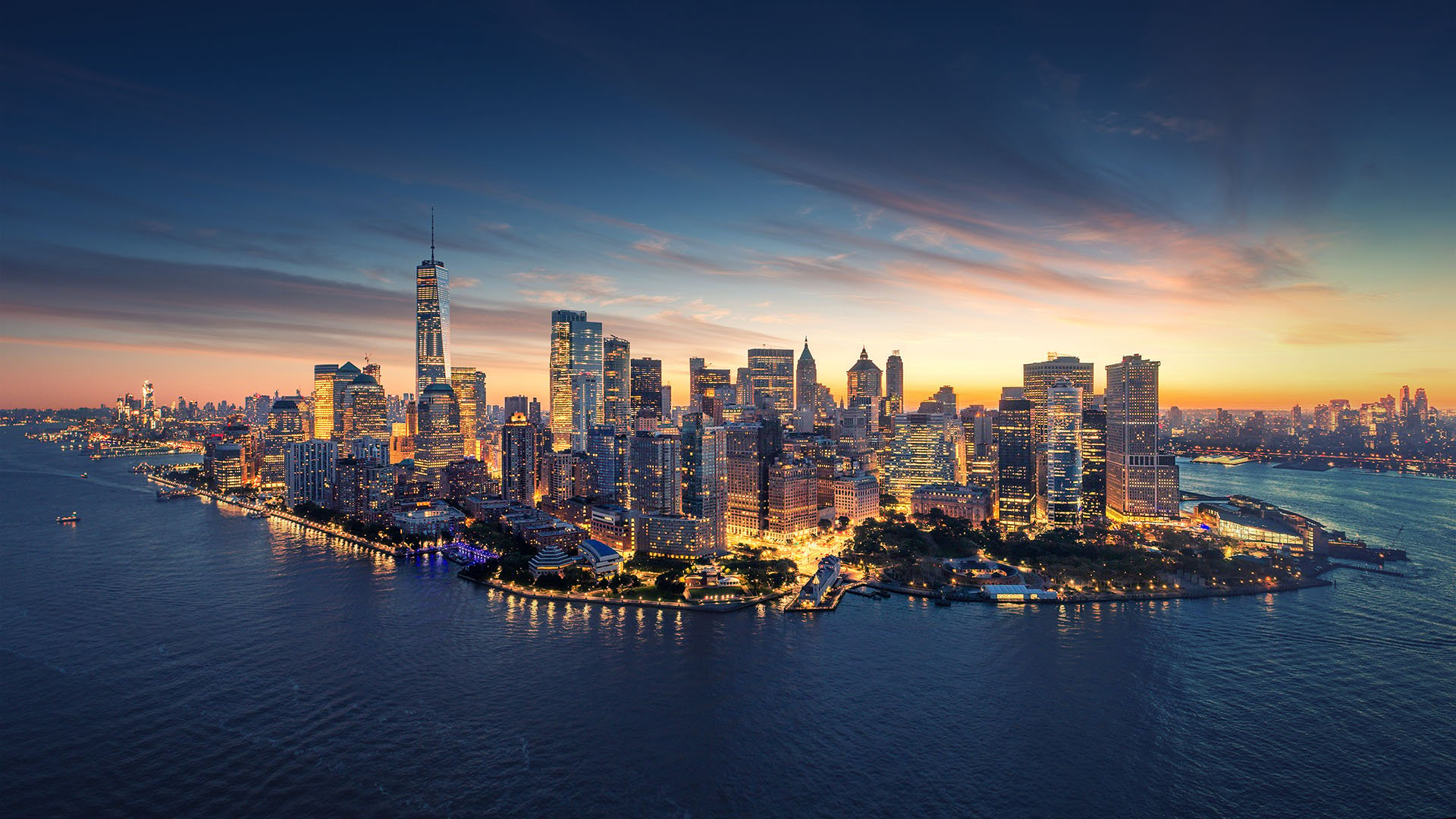
.jpg?width=1500&height=995&name=ELC501_N17_medium%20(1).jpg)

![[Designing with your ears: New Webinar]](https://no-cache.hubspot.com/cta/default/5104351/9d47da00-b087-4b8c-a1c3-26eae5690b0e.png)
![[How to design the perfect professional audio experience]](https://no-cache.hubspot.com/cta/default/5104351/c83e5c99-9399-4761-8393-006bd0cf2dcd.png)
![[See if you're ready for an audio upgrade]](https://no-cache.hubspot.com/cta/default/5104351/7c0faba8-e89a-4abe-a63d-12a2d31a8da5.png)
![[Meet with an audio expert]](https://no-cache.hubspot.com/cta/default/5104351/4791162e-5be3-4fde-b33d-74d9e5ee12b5.png)
